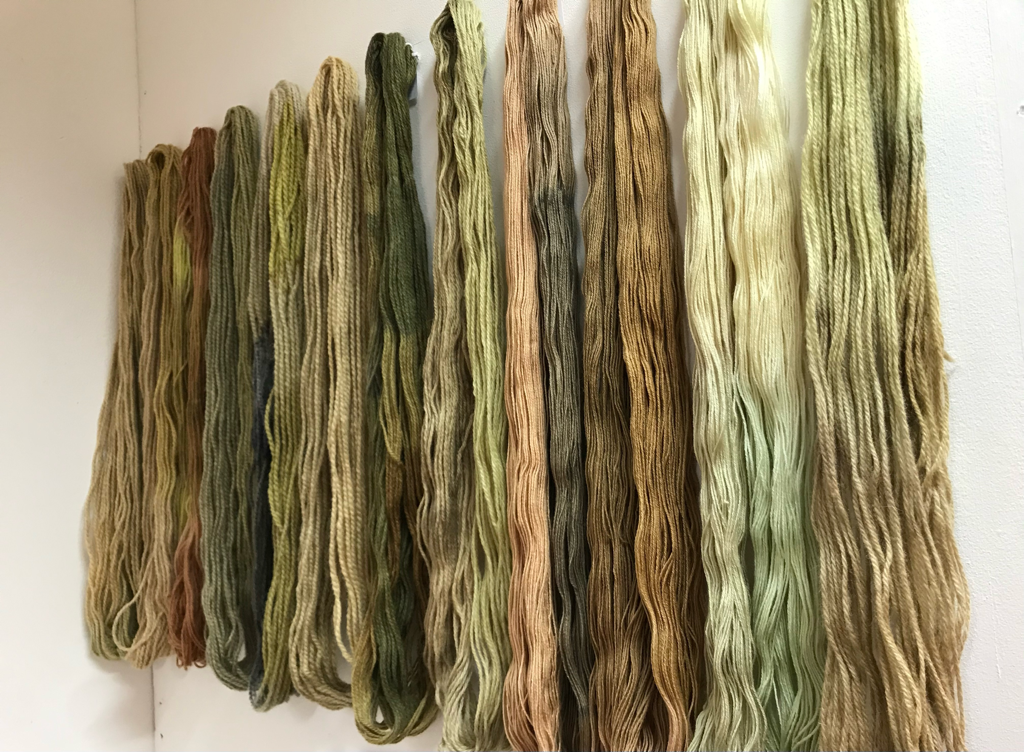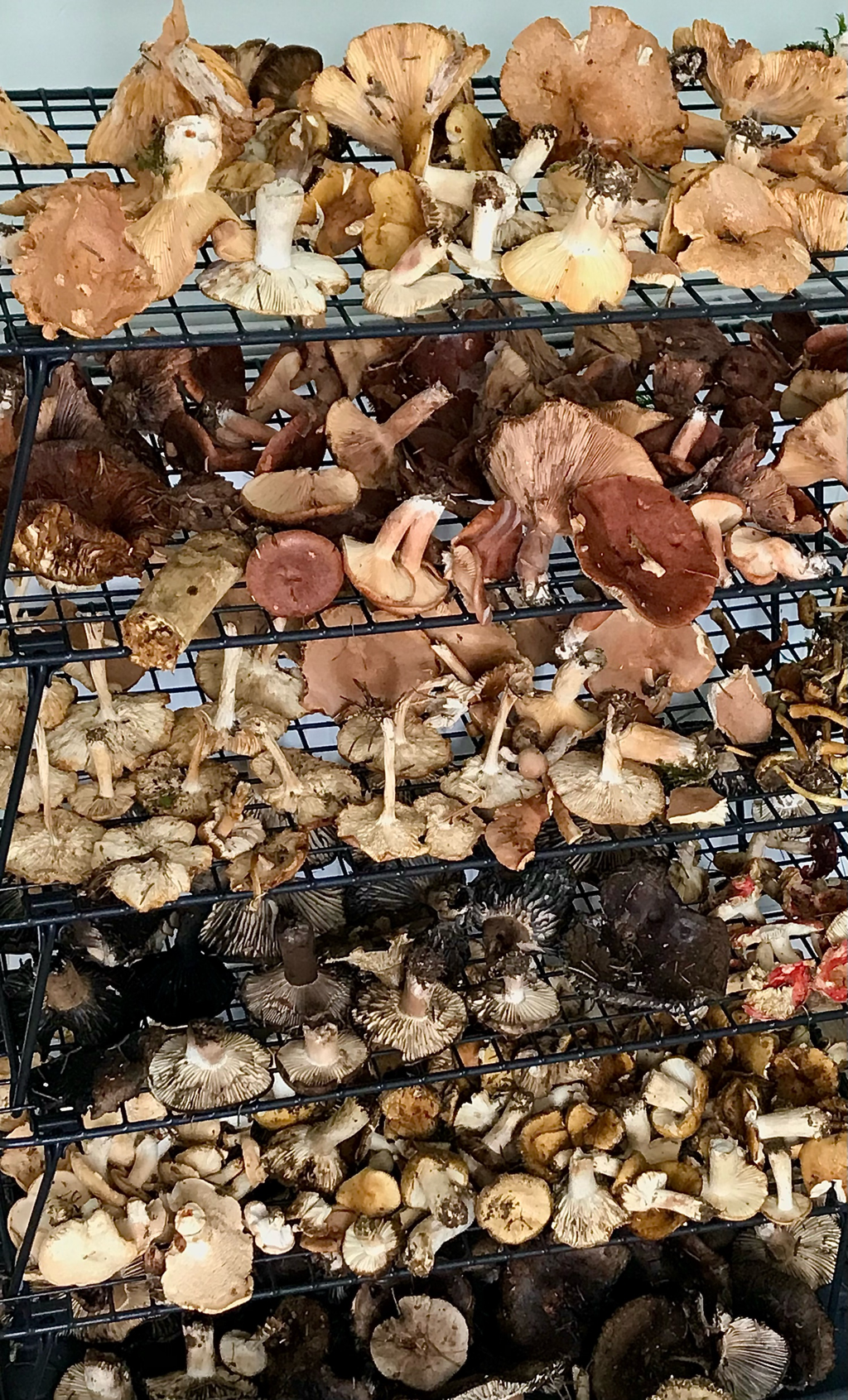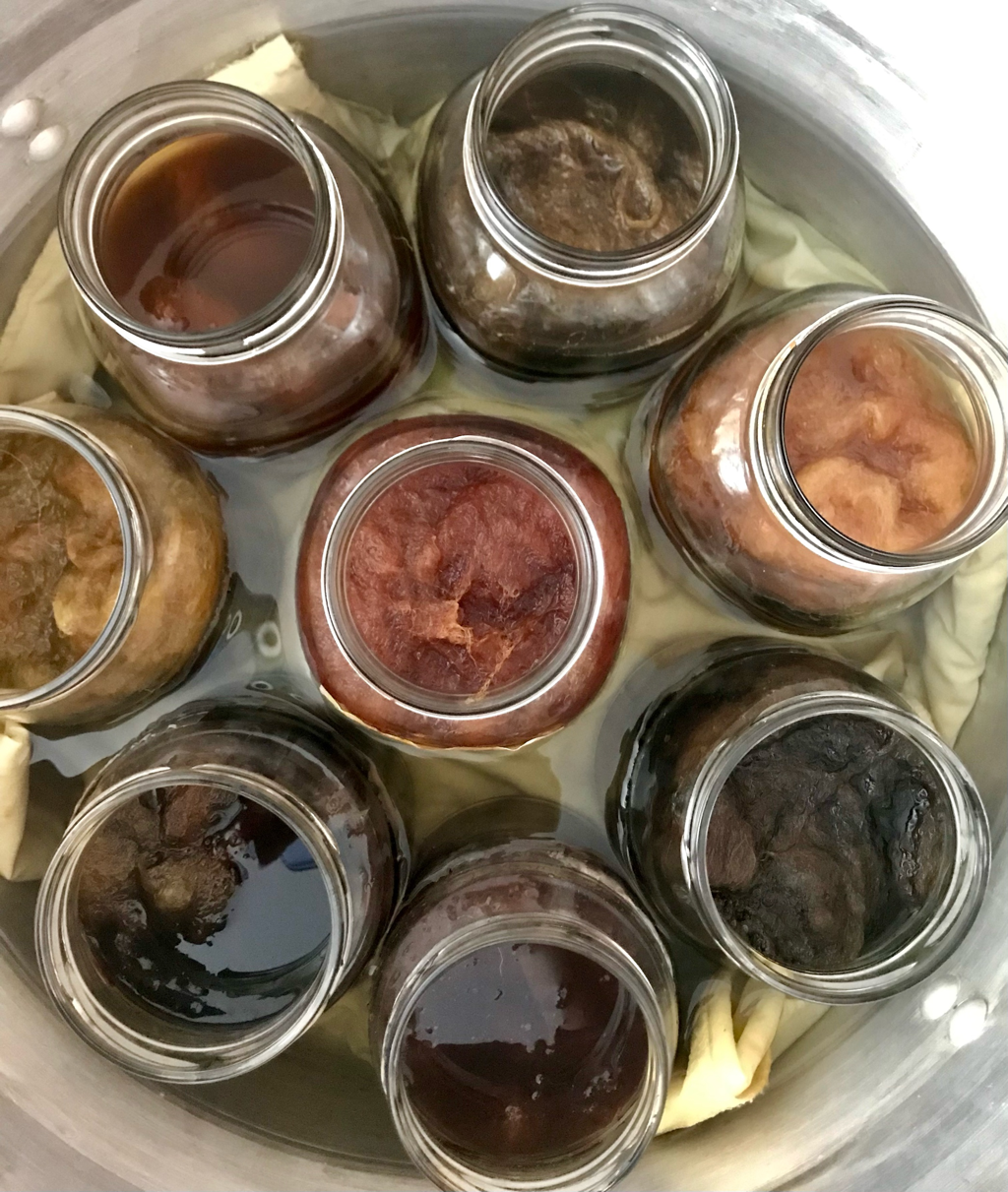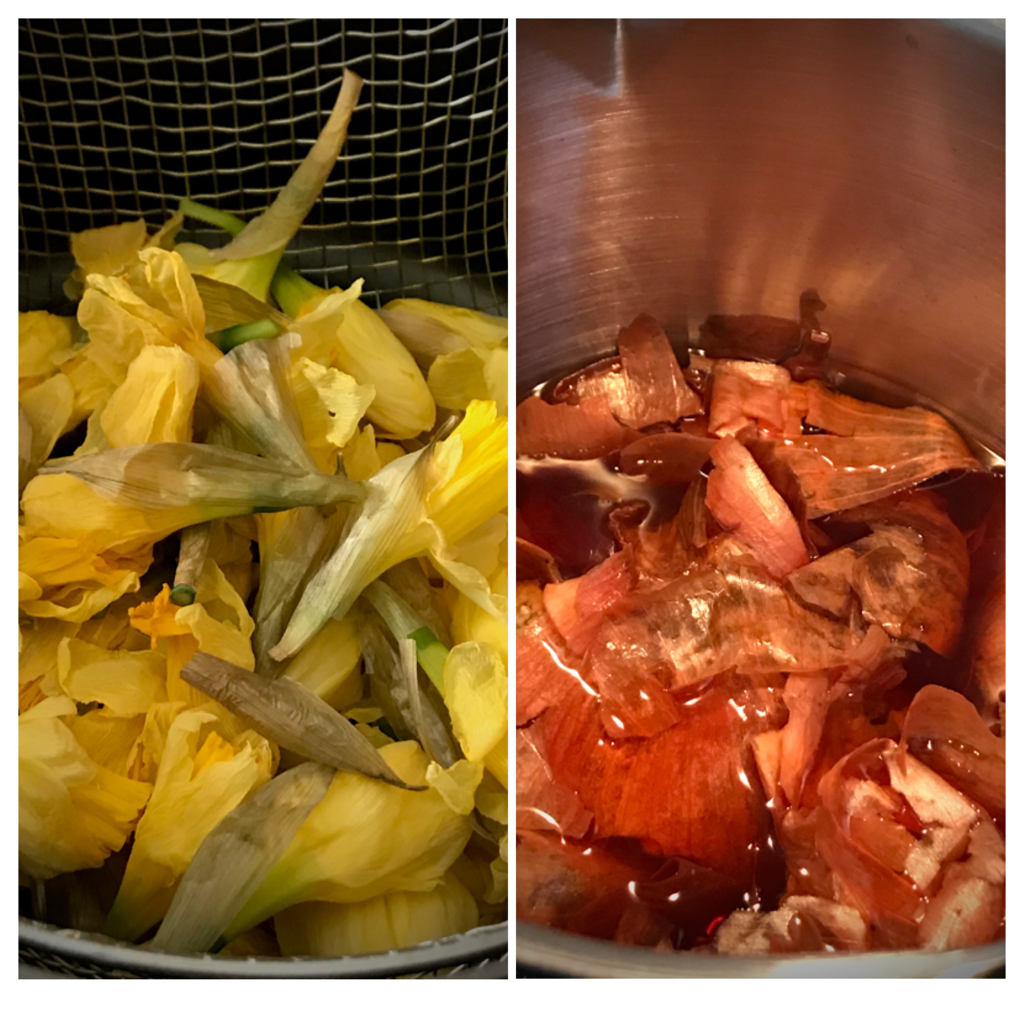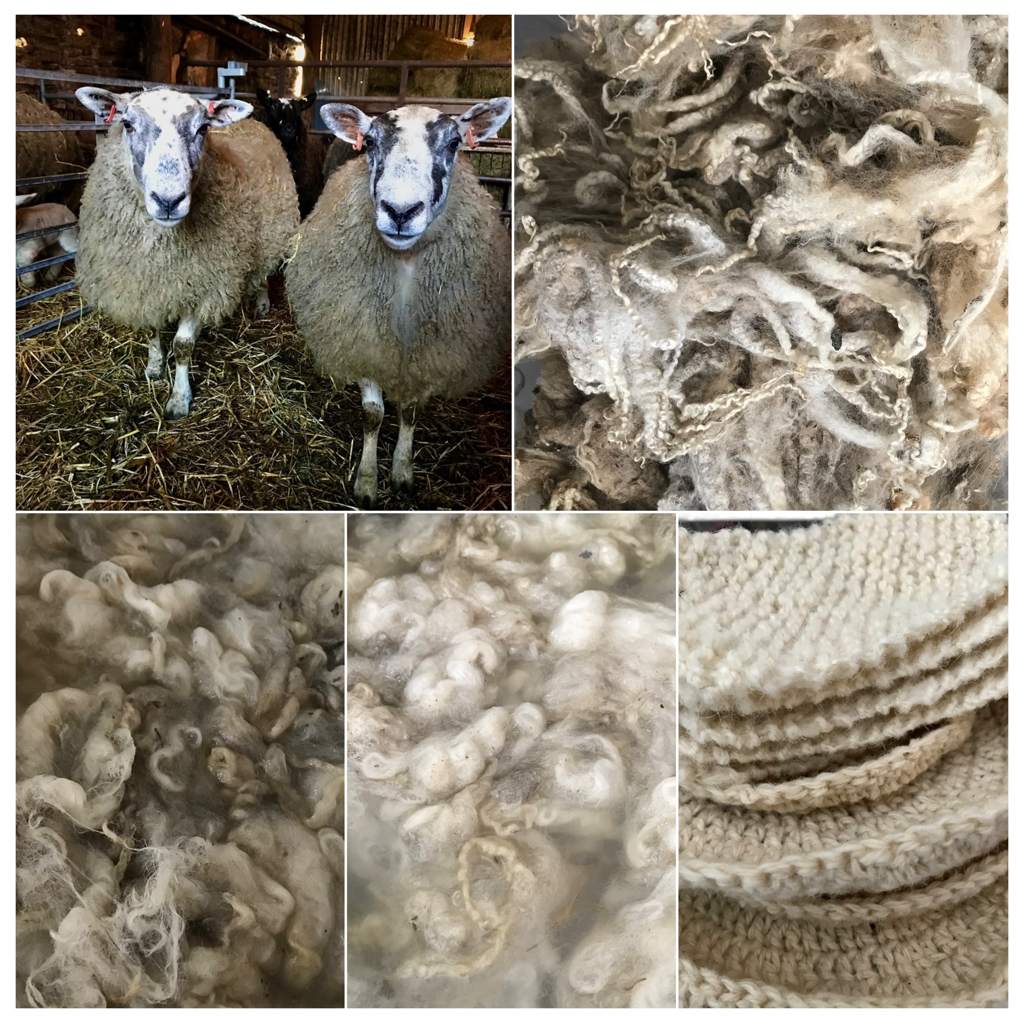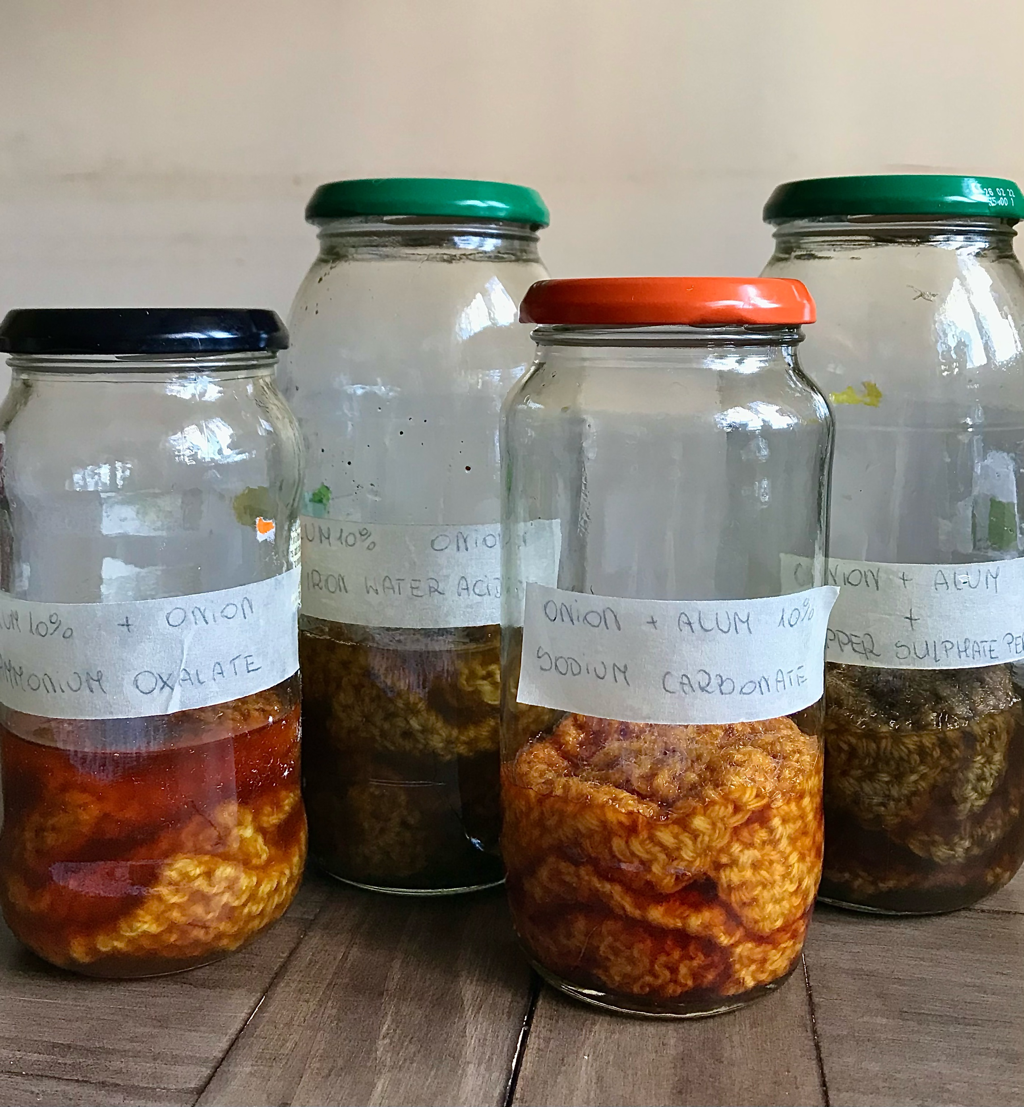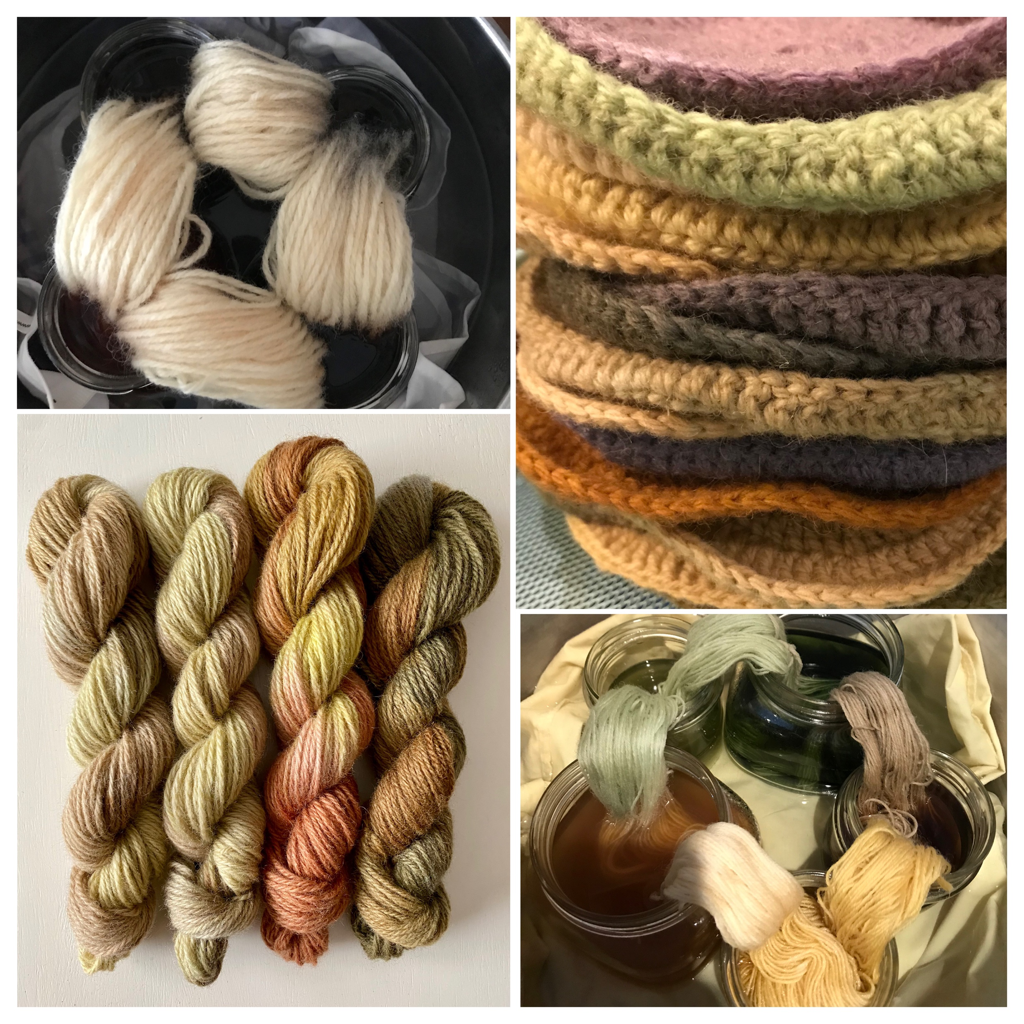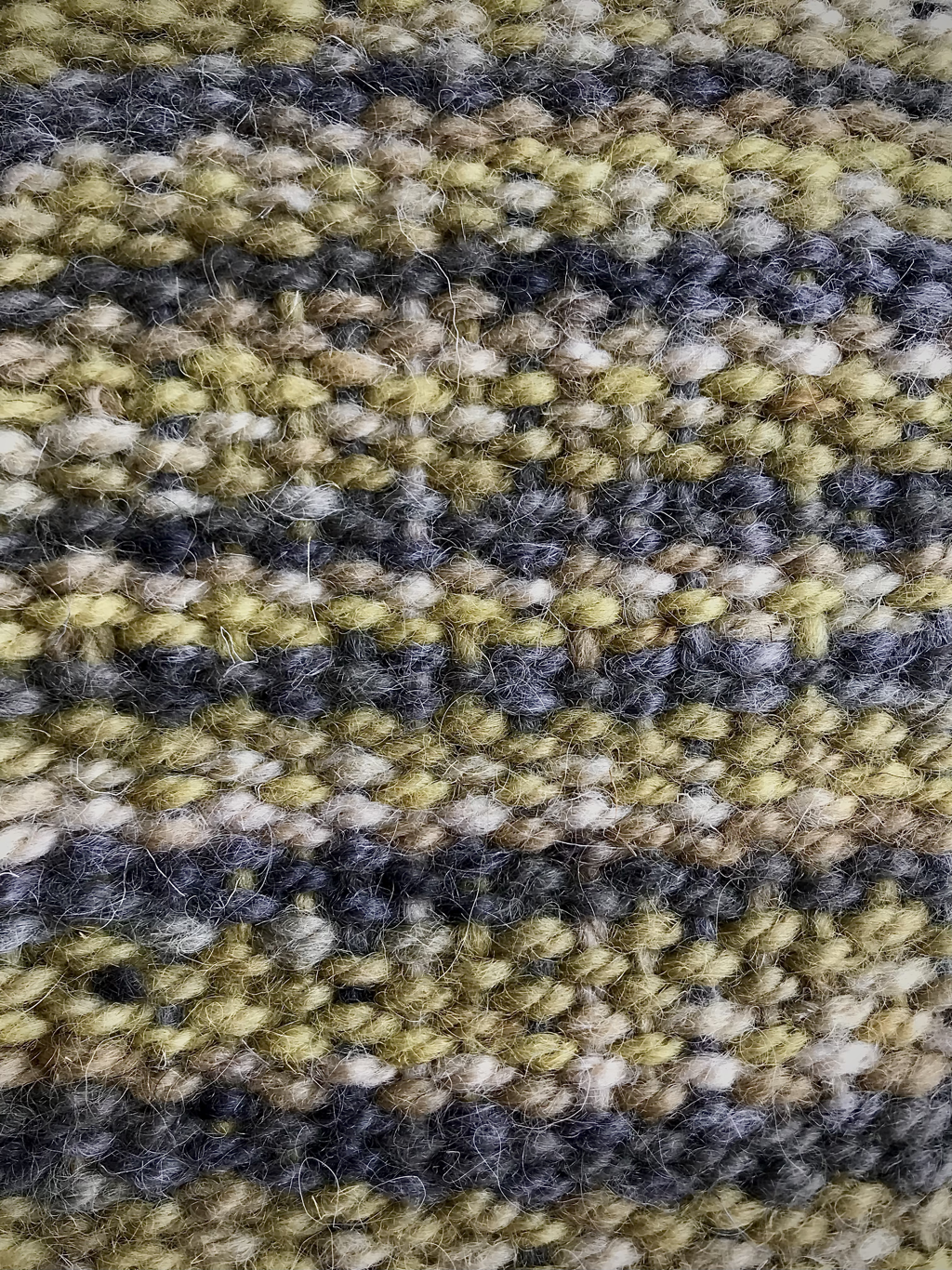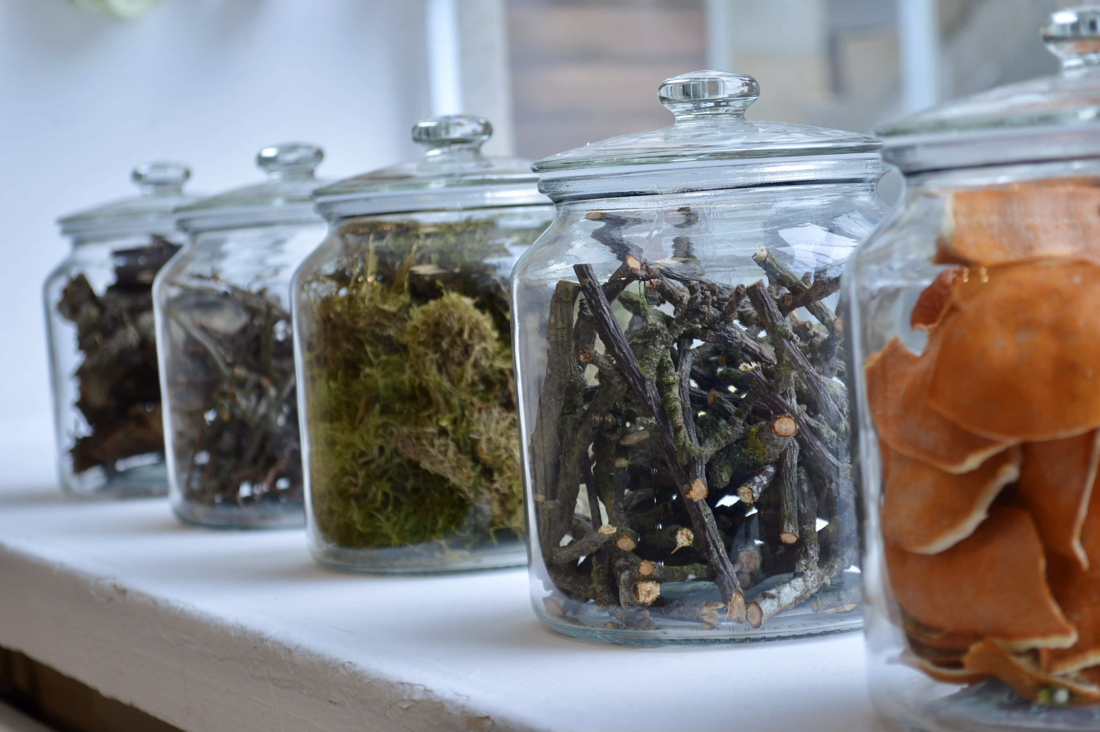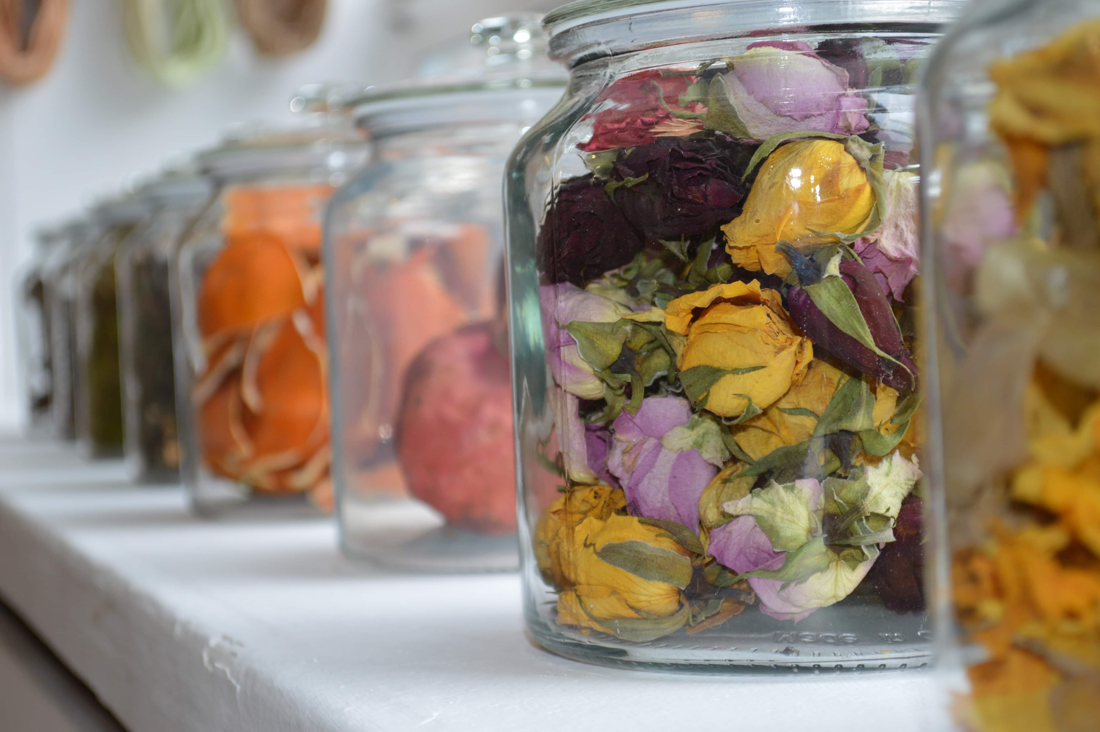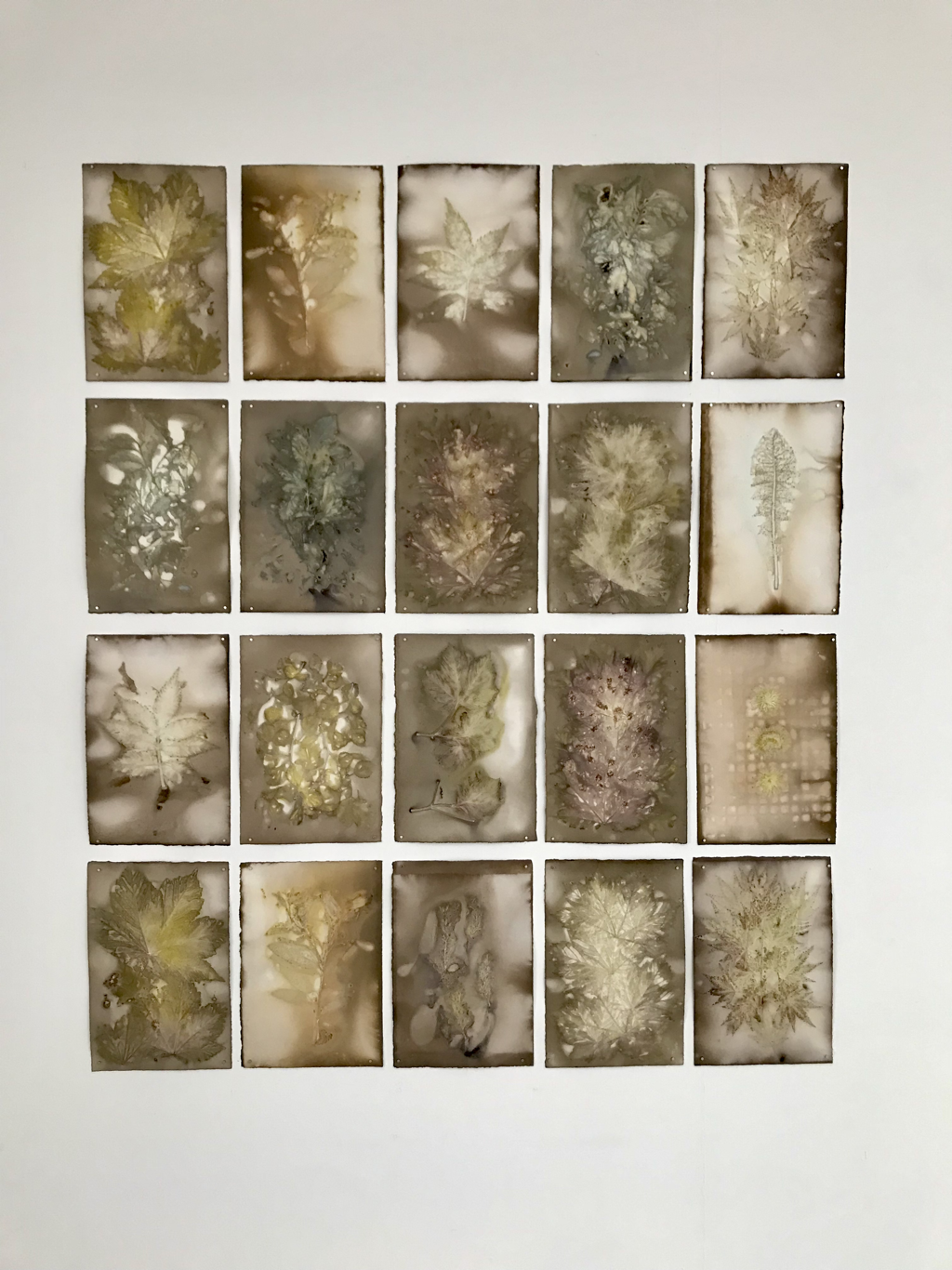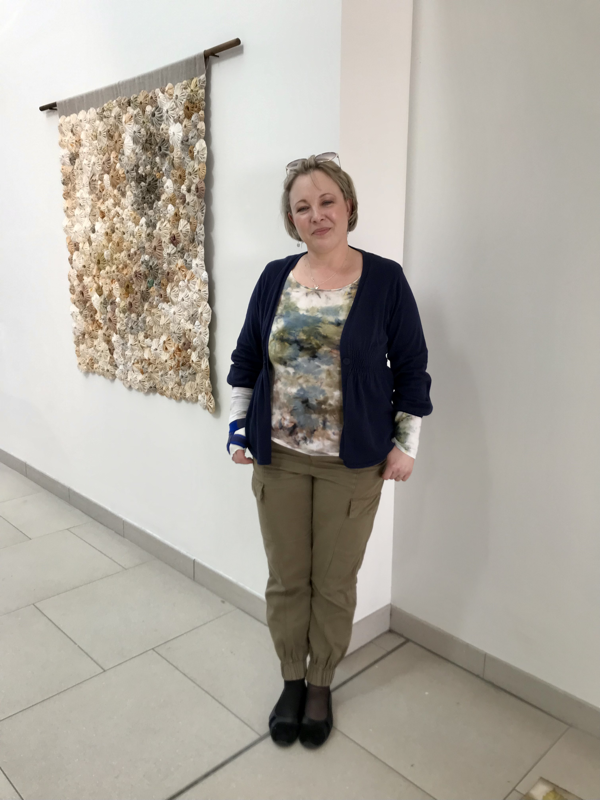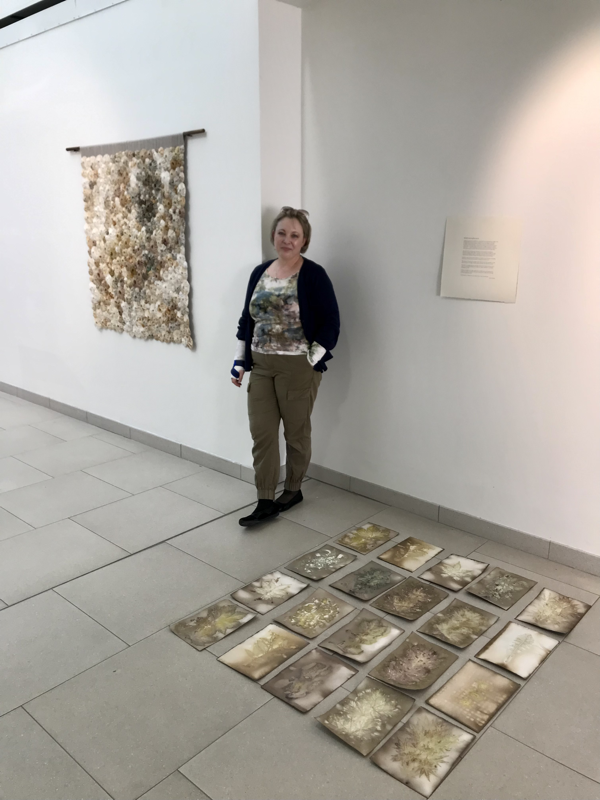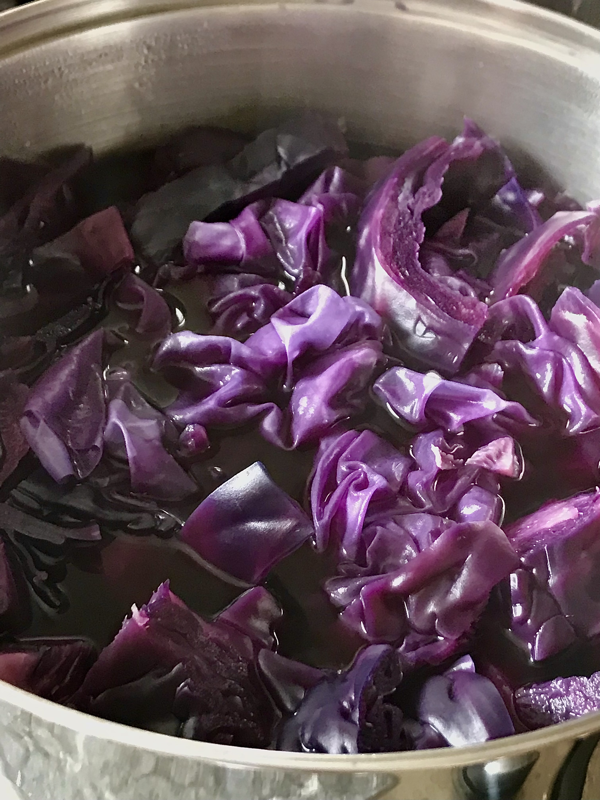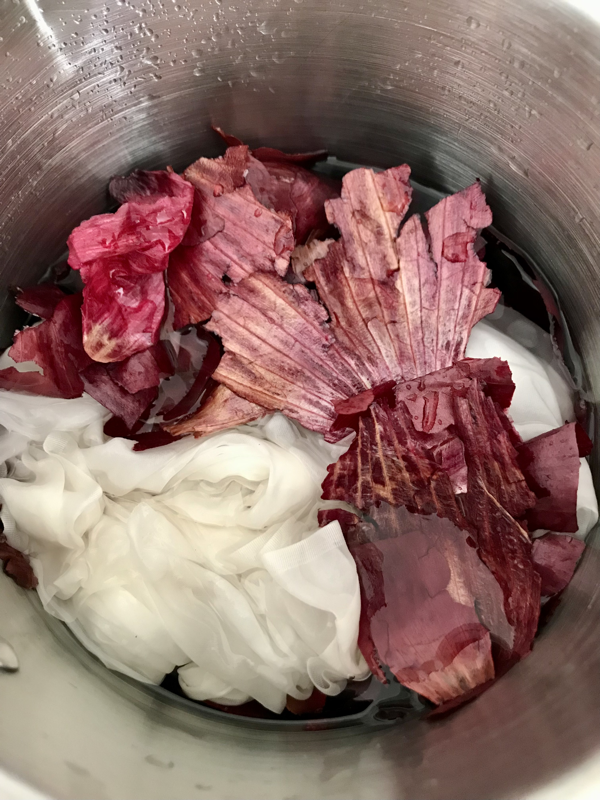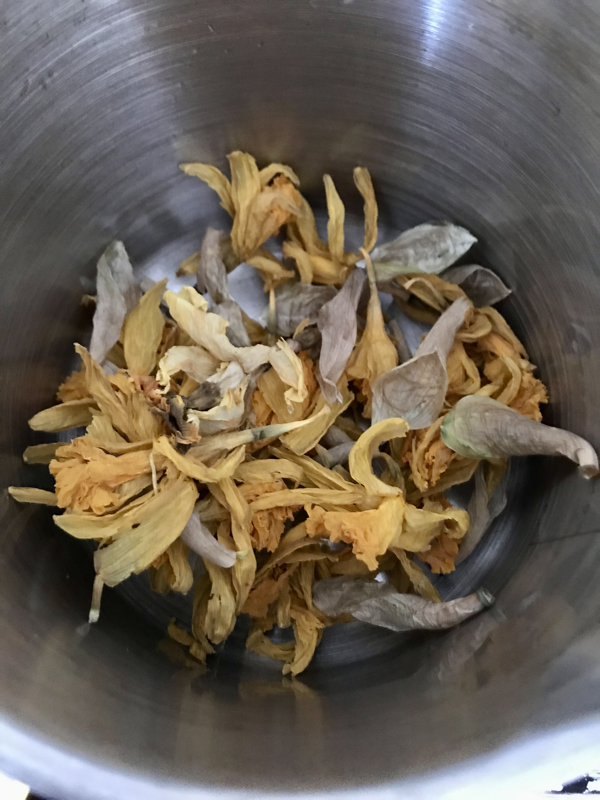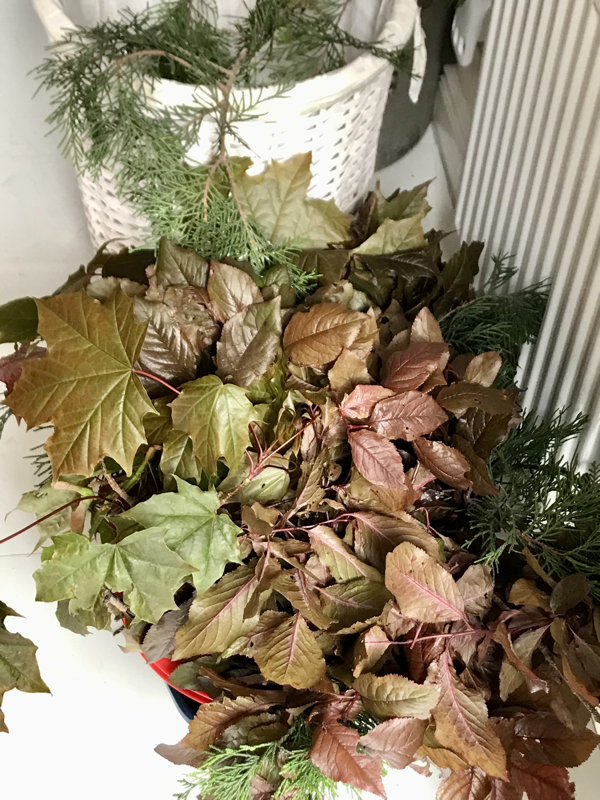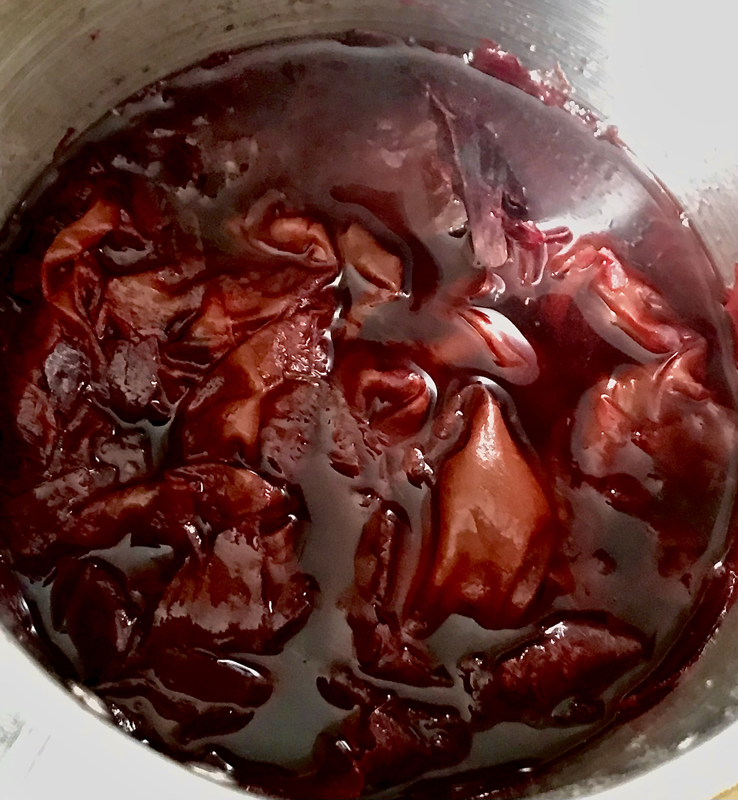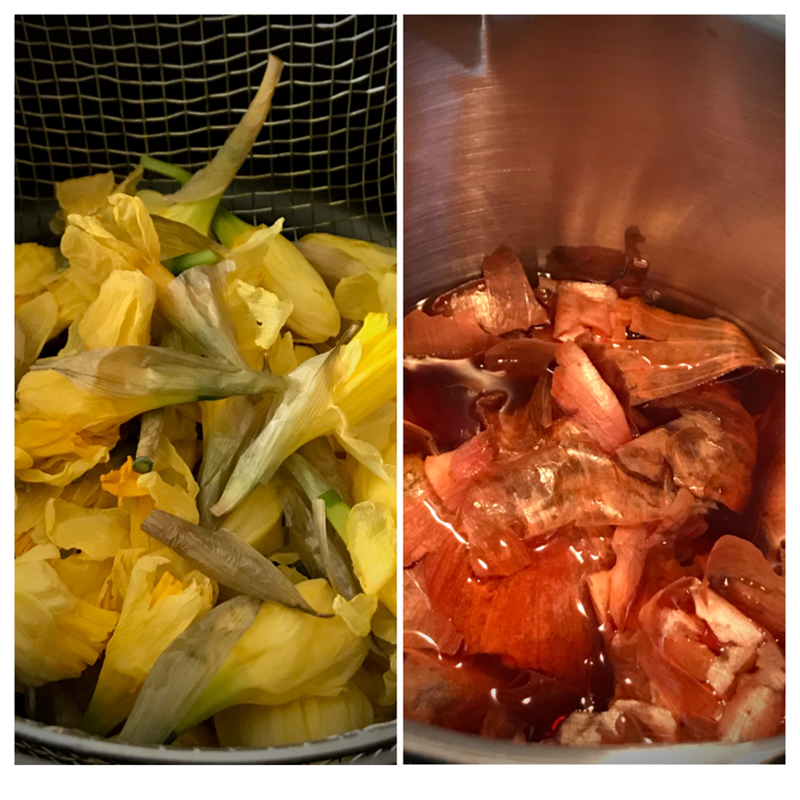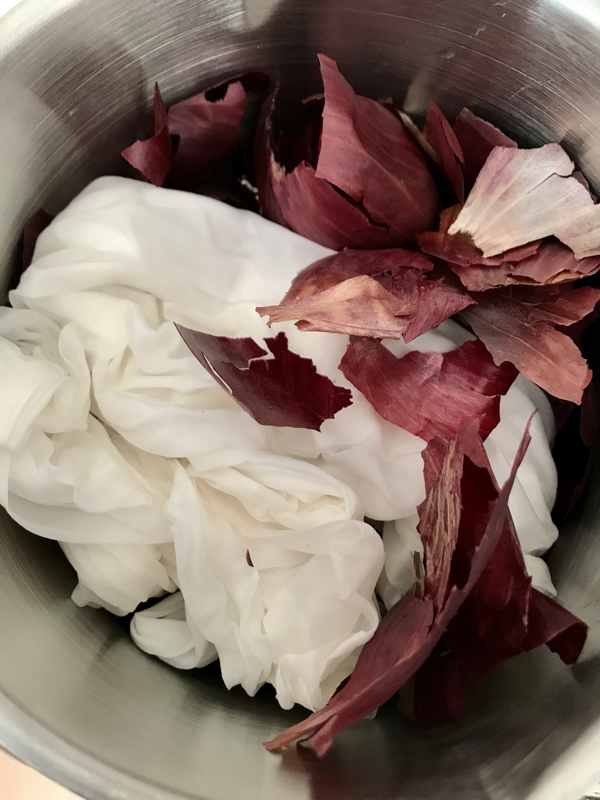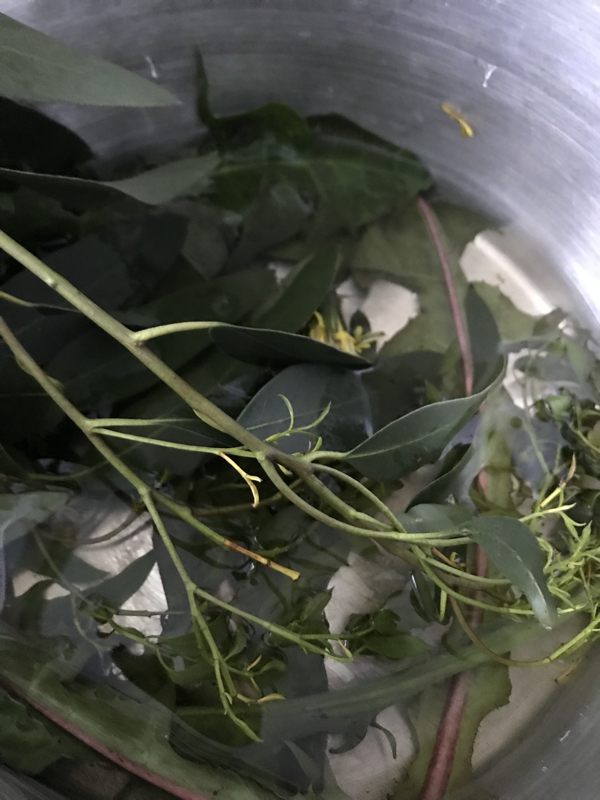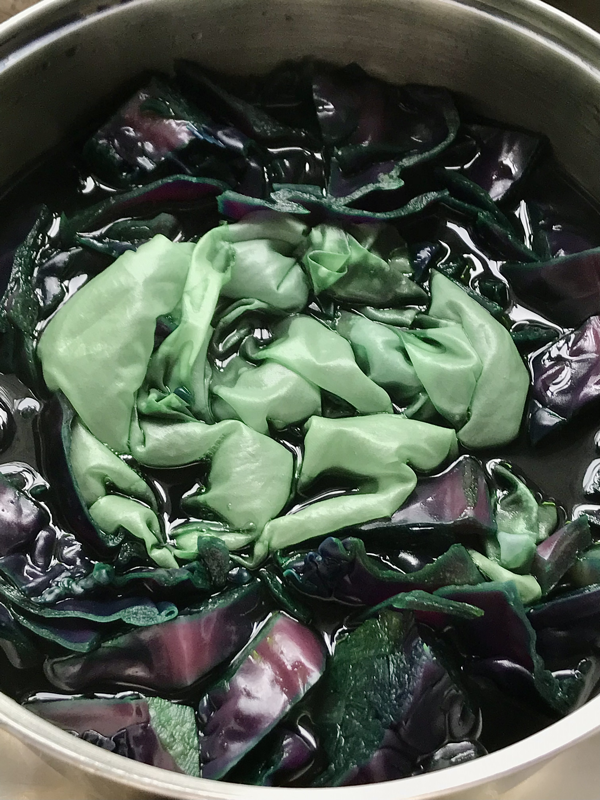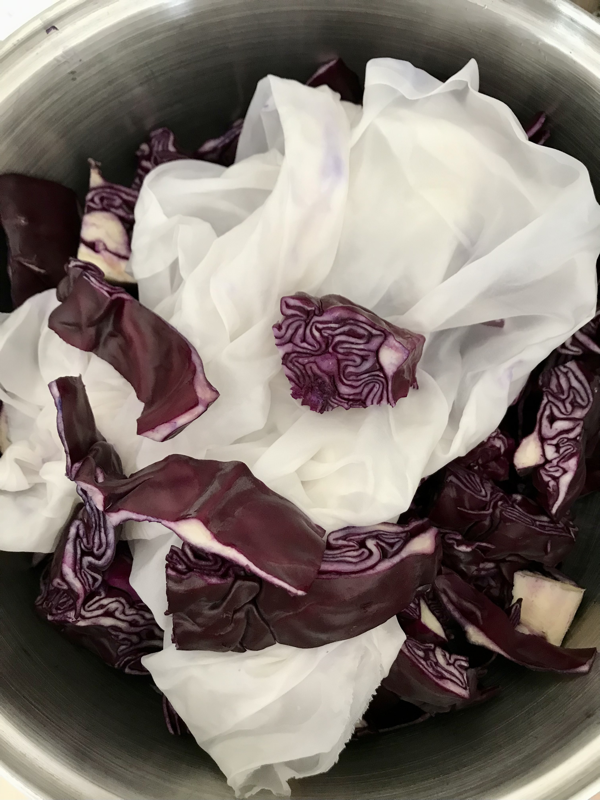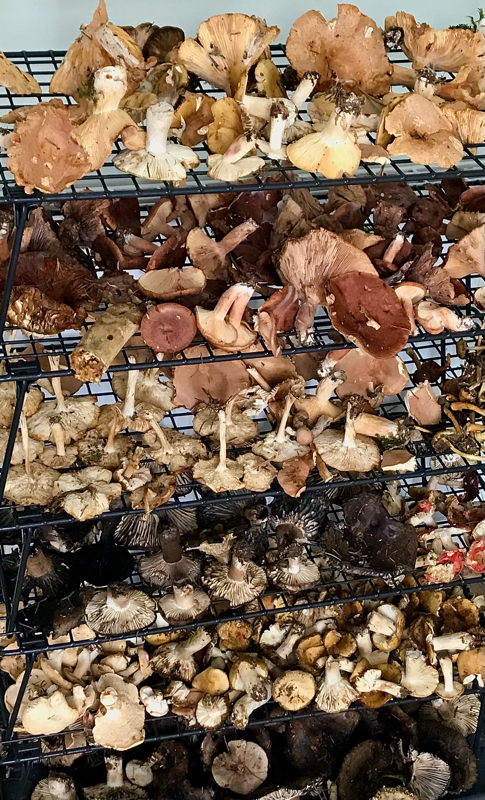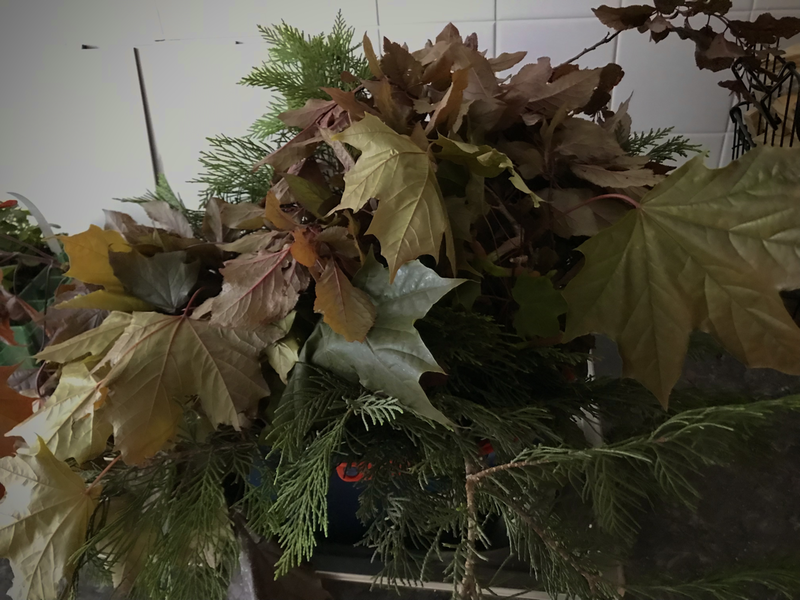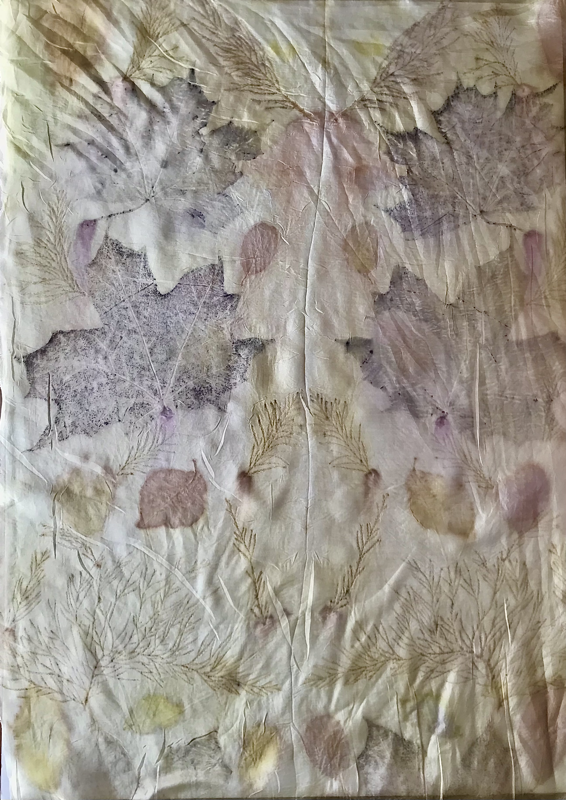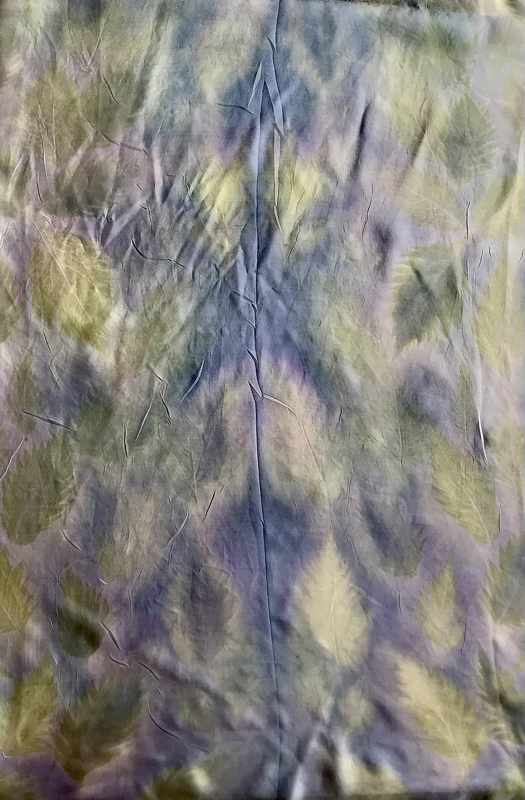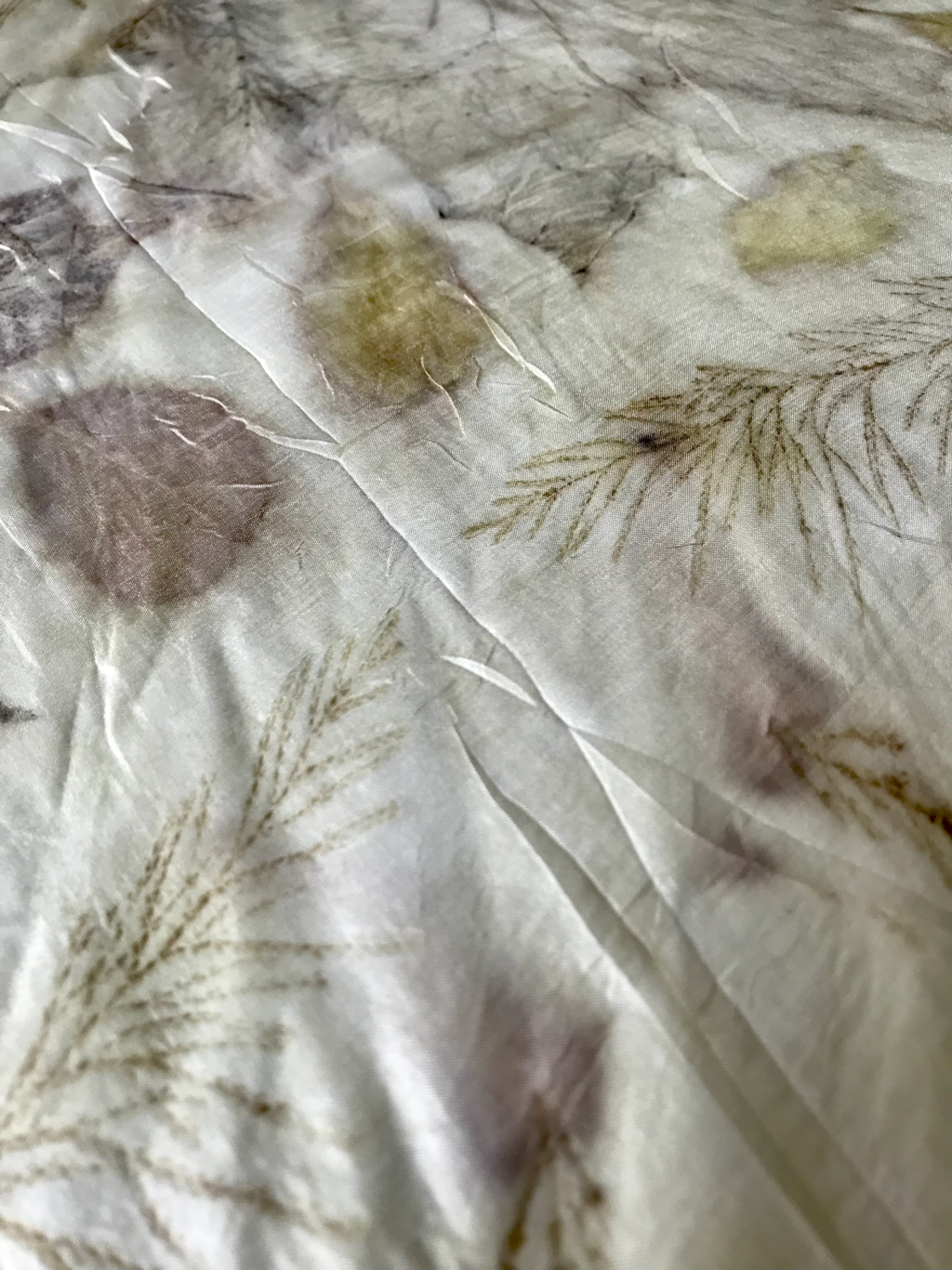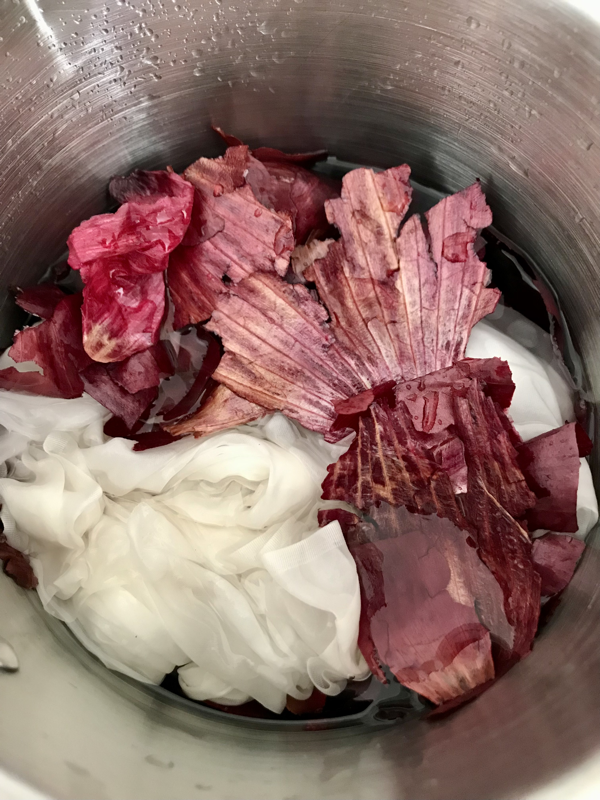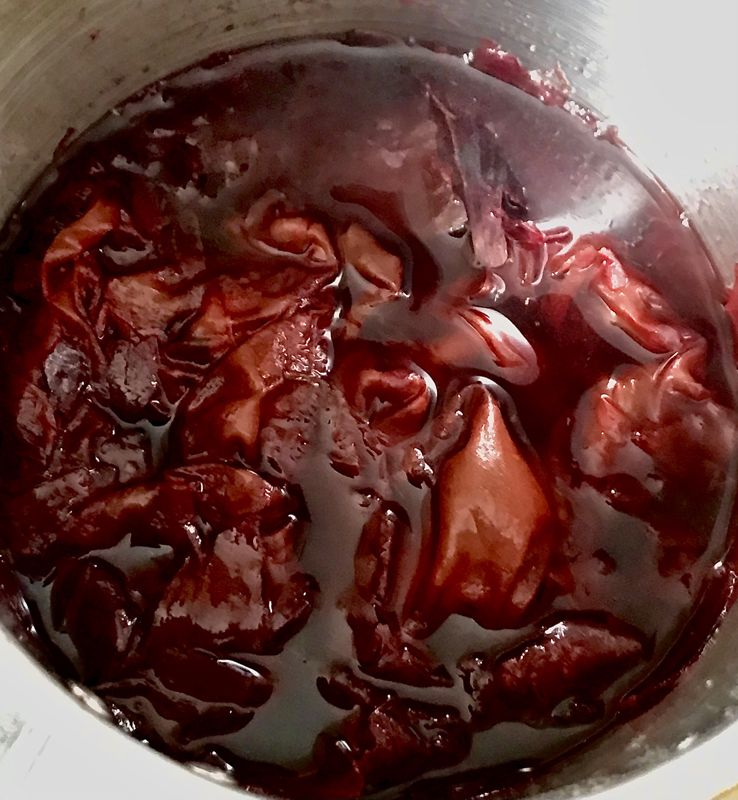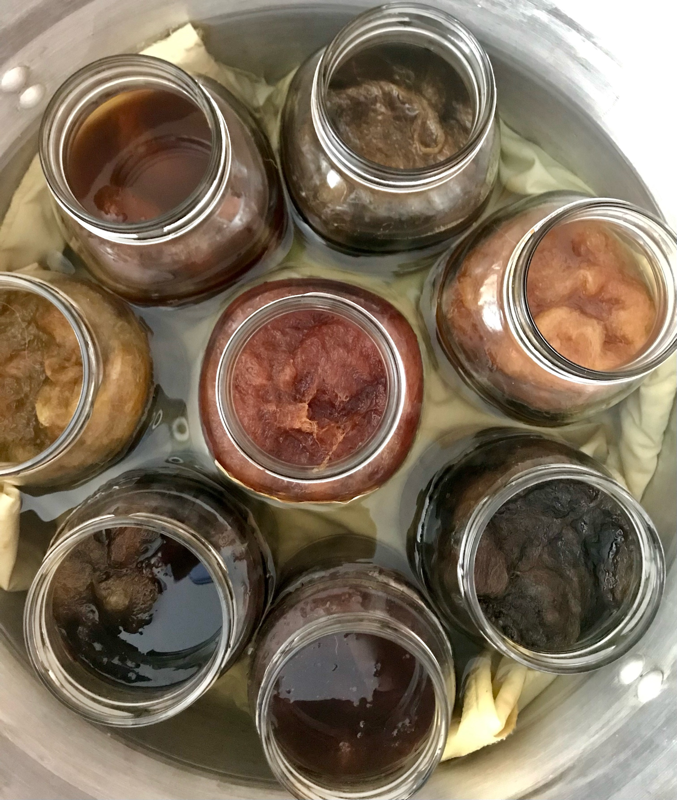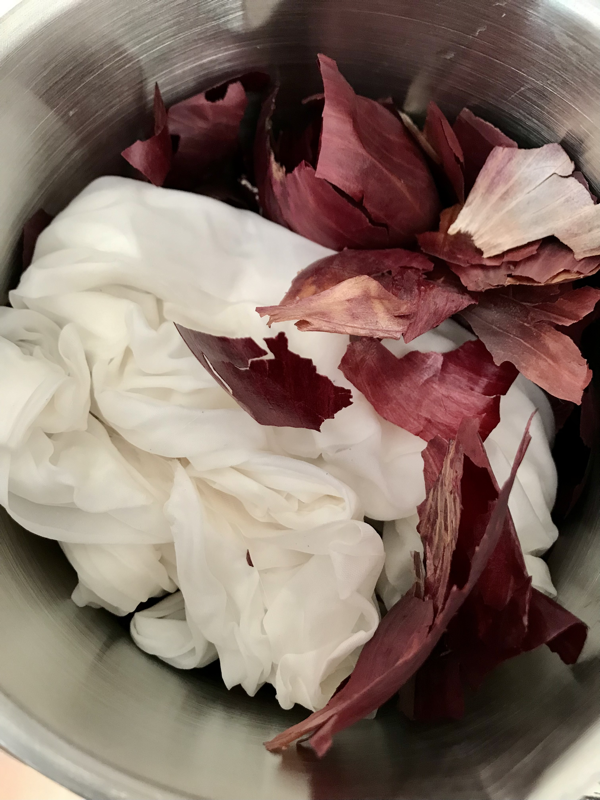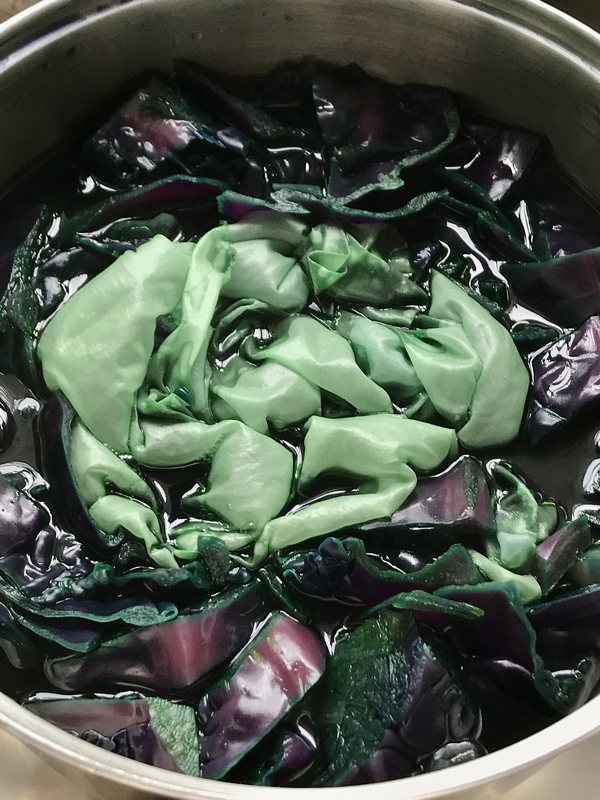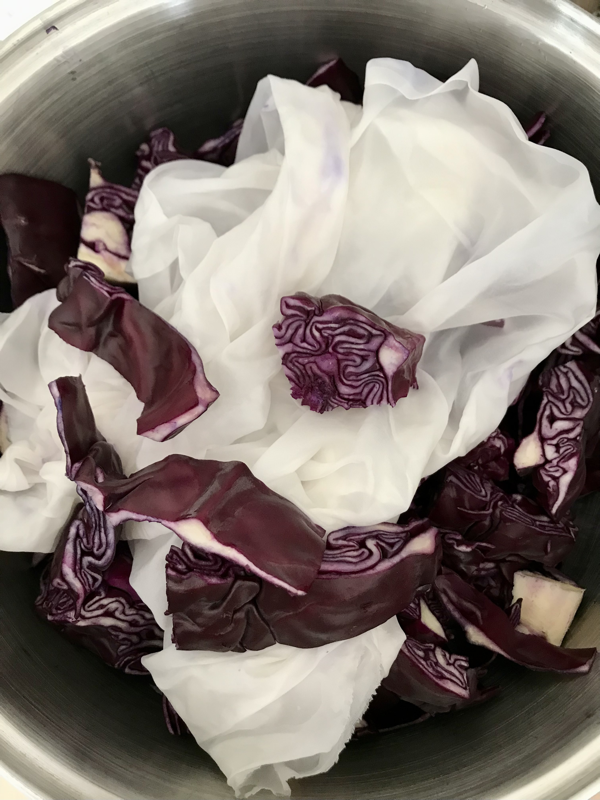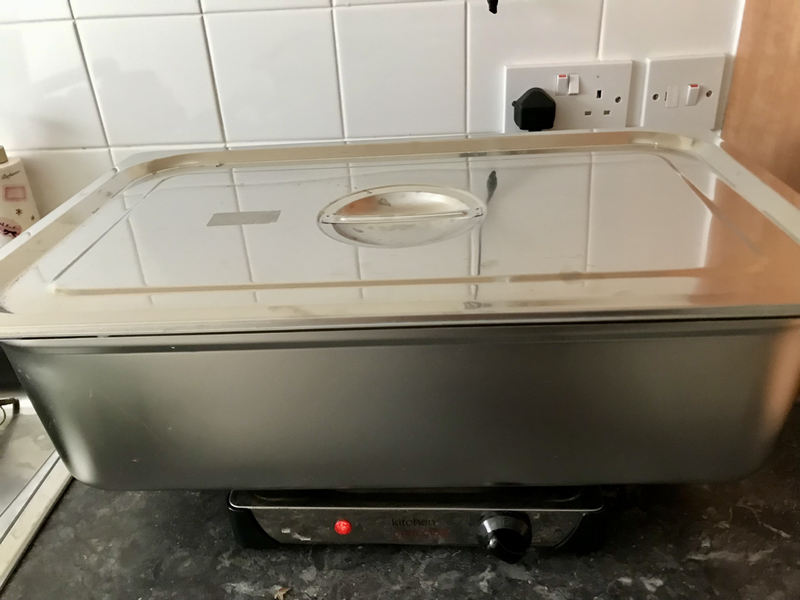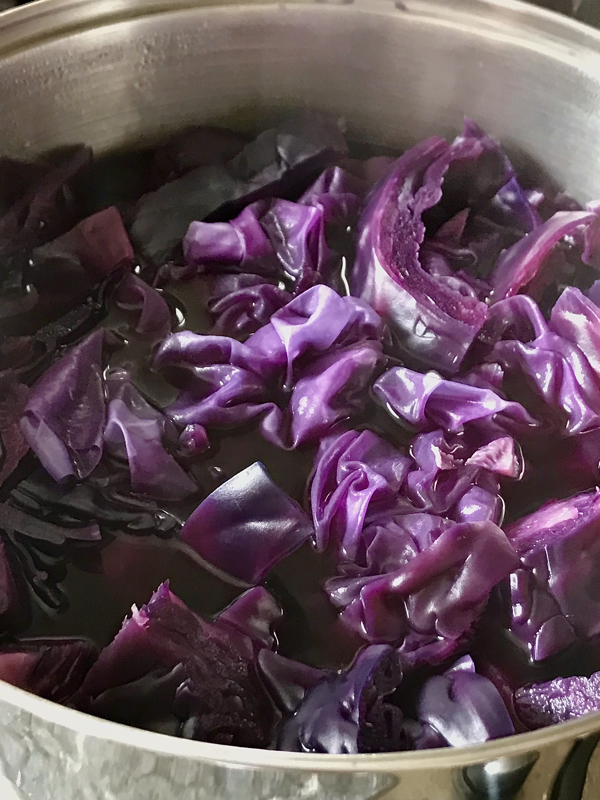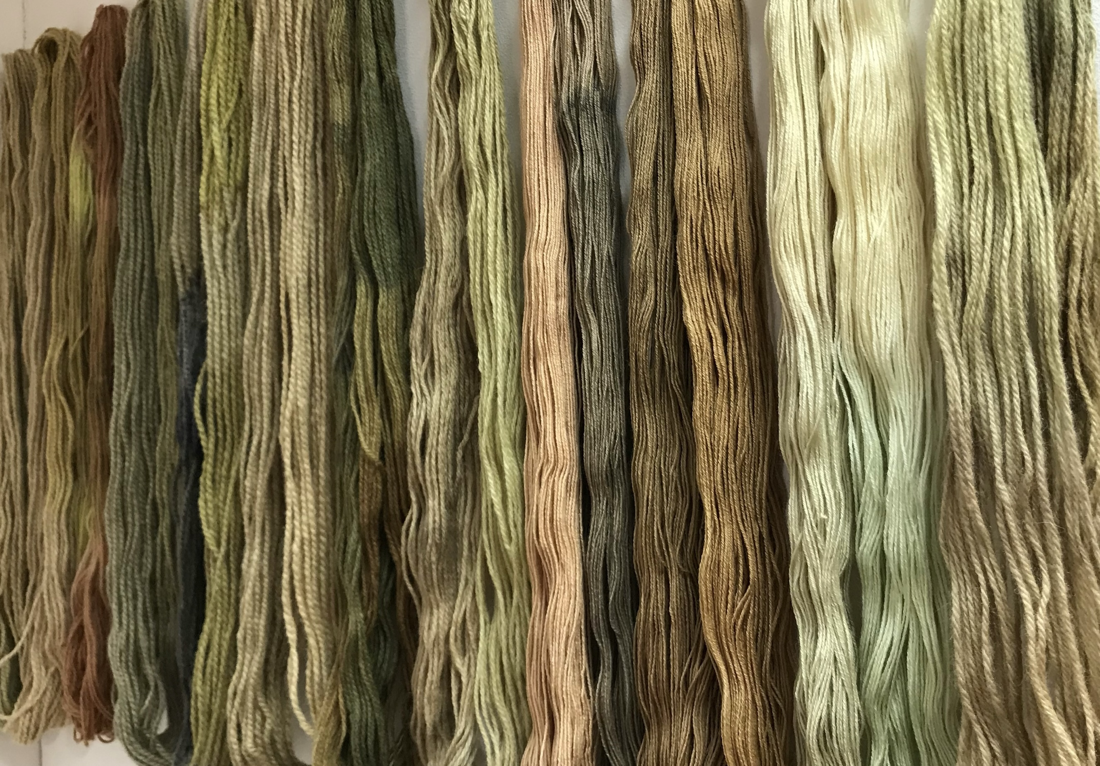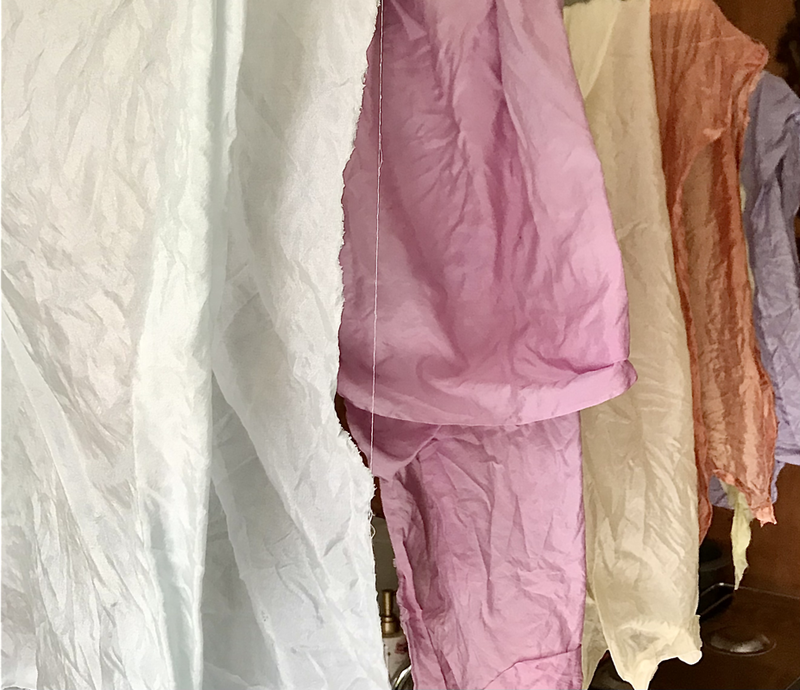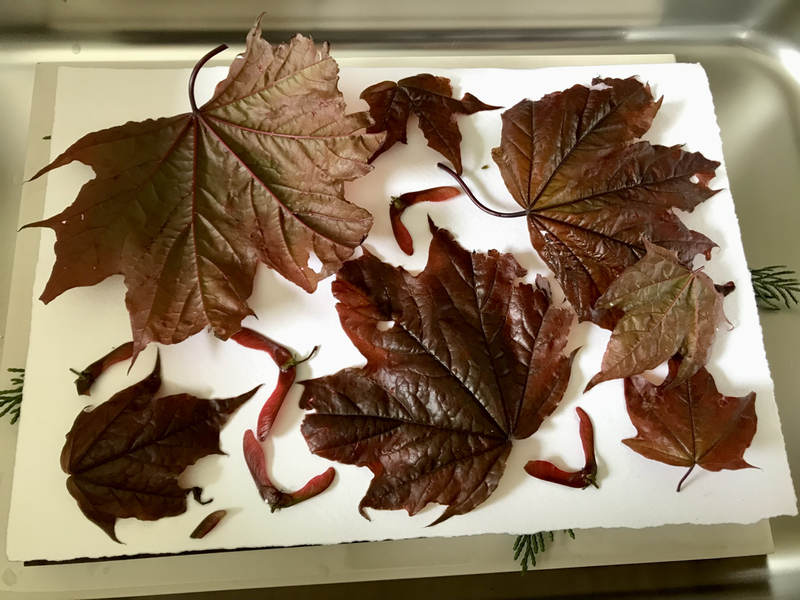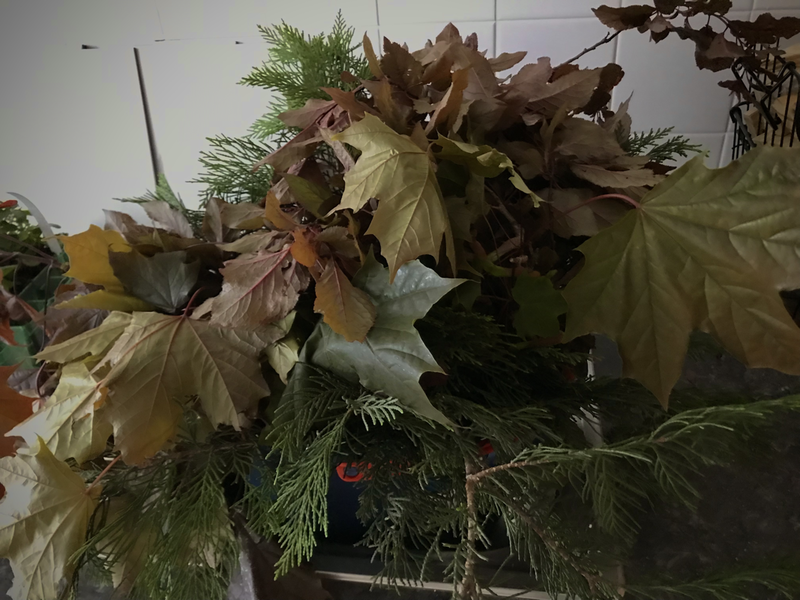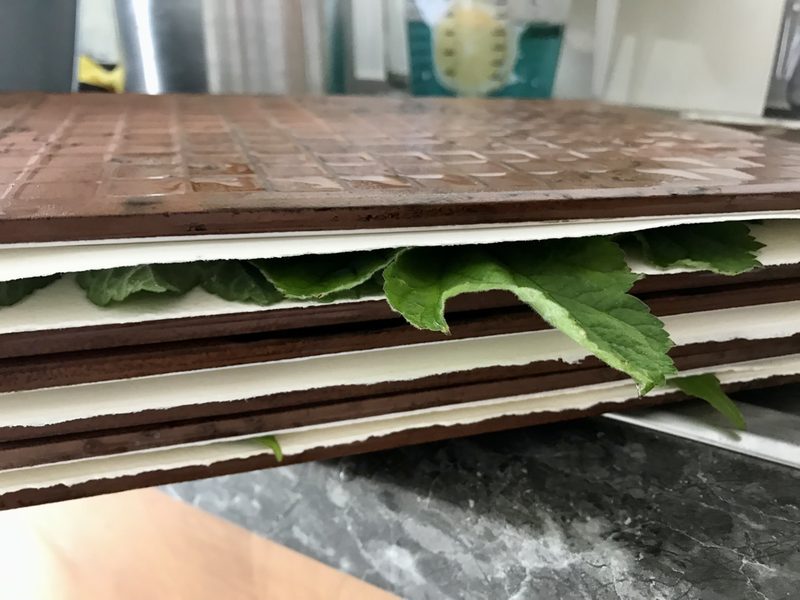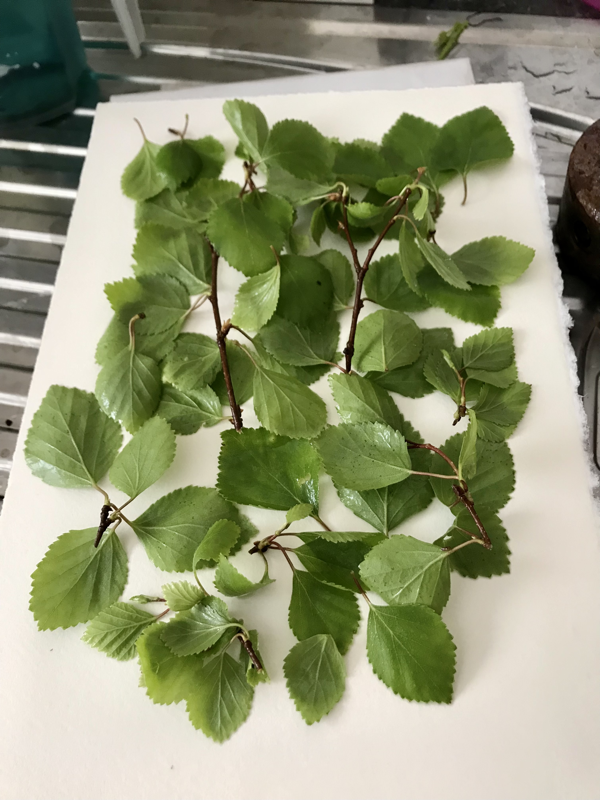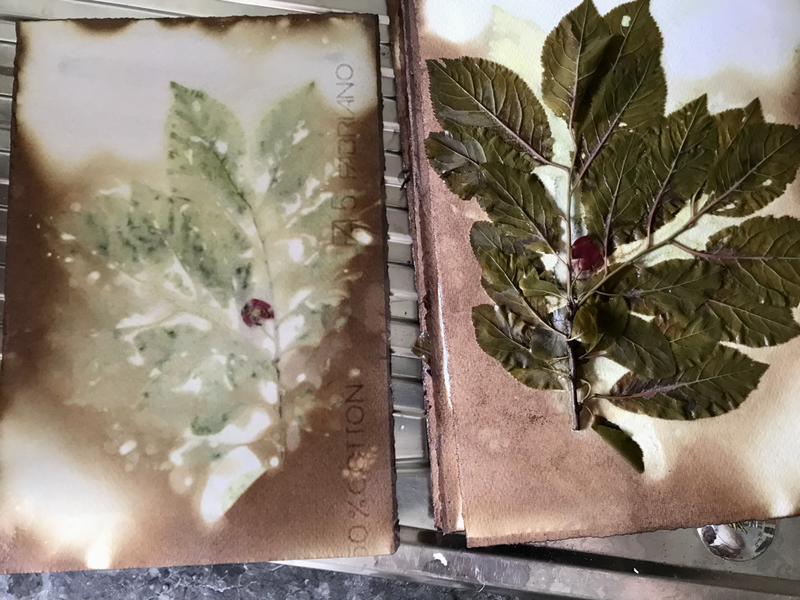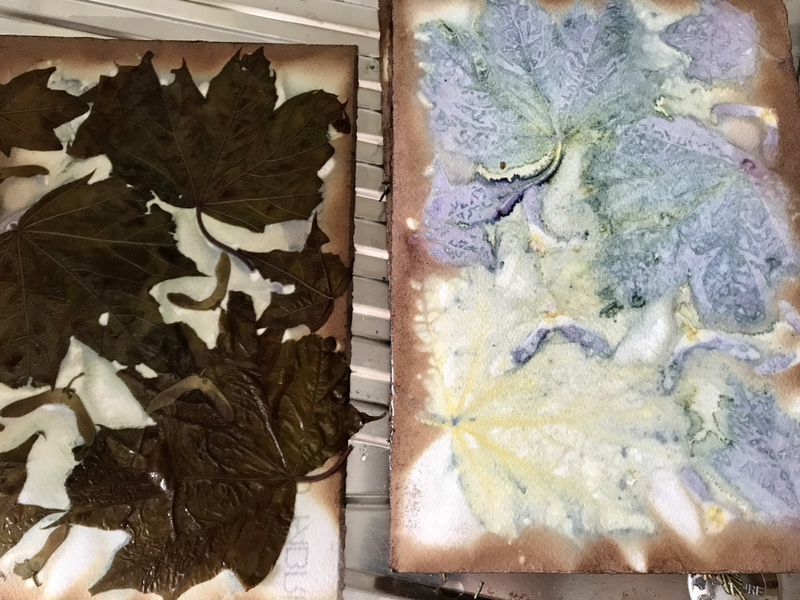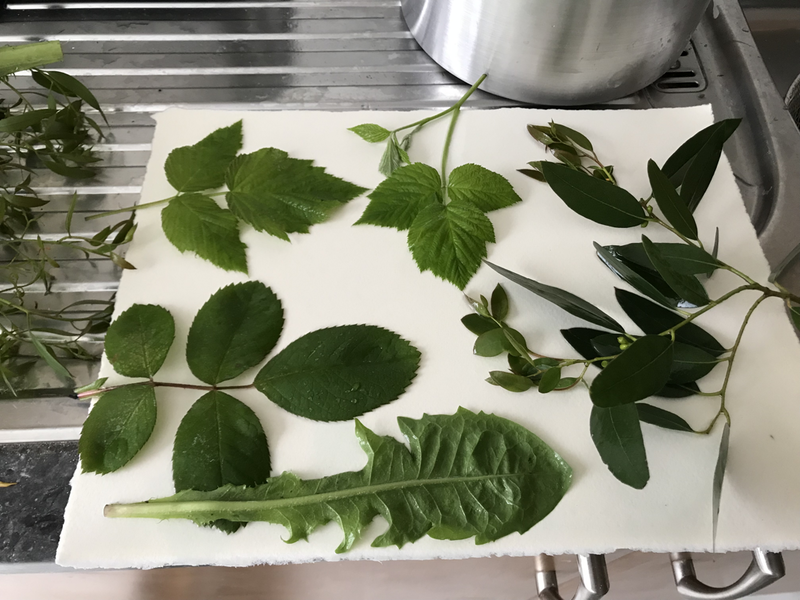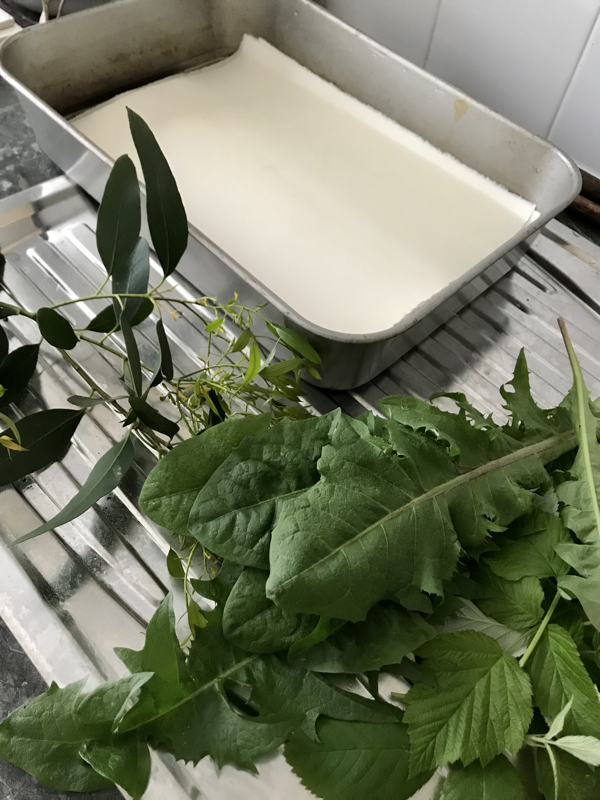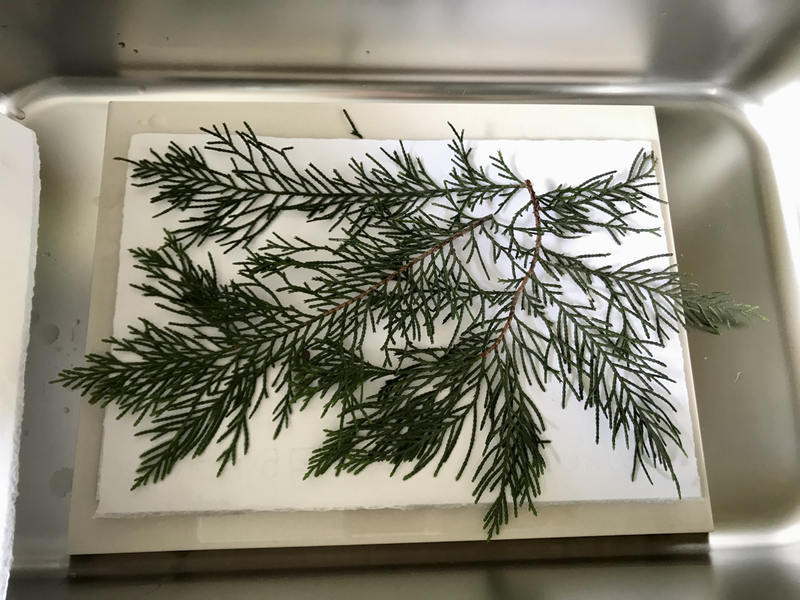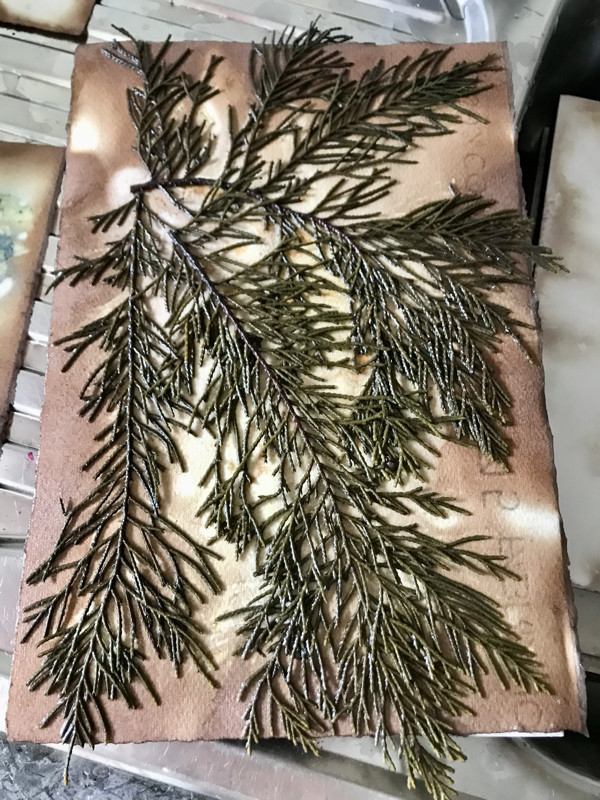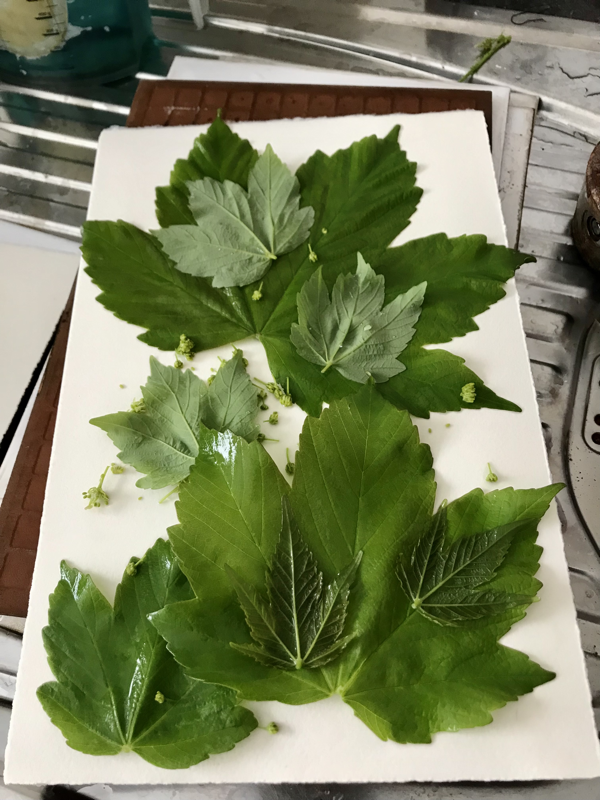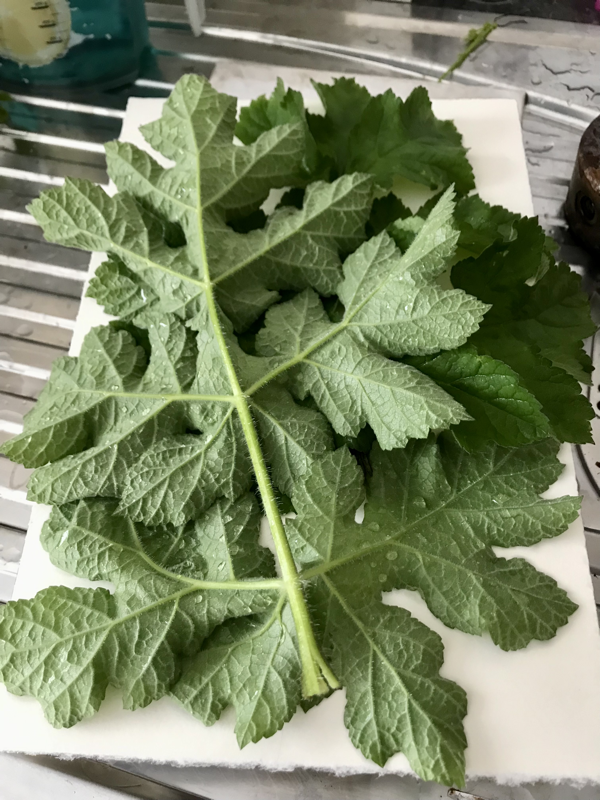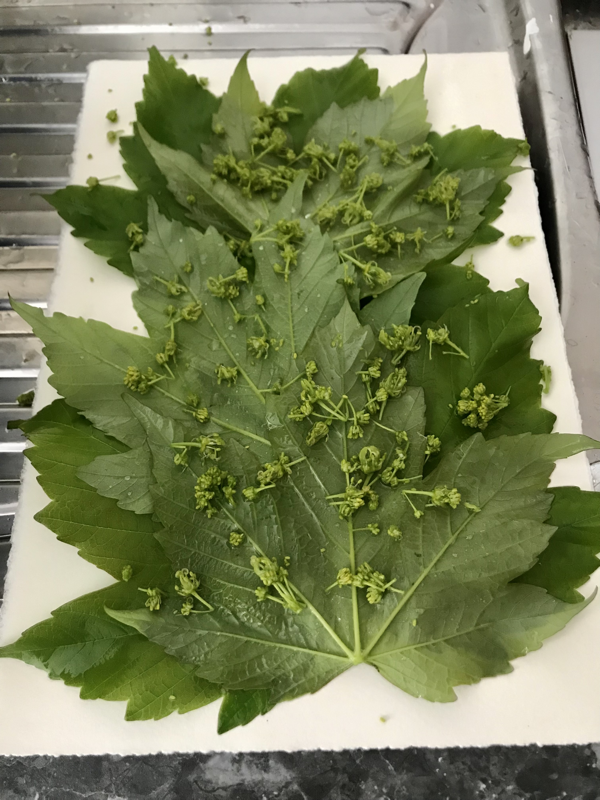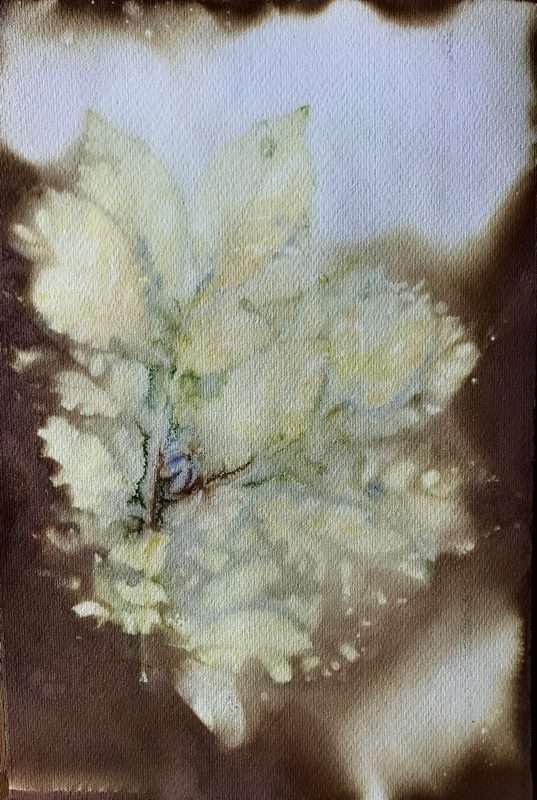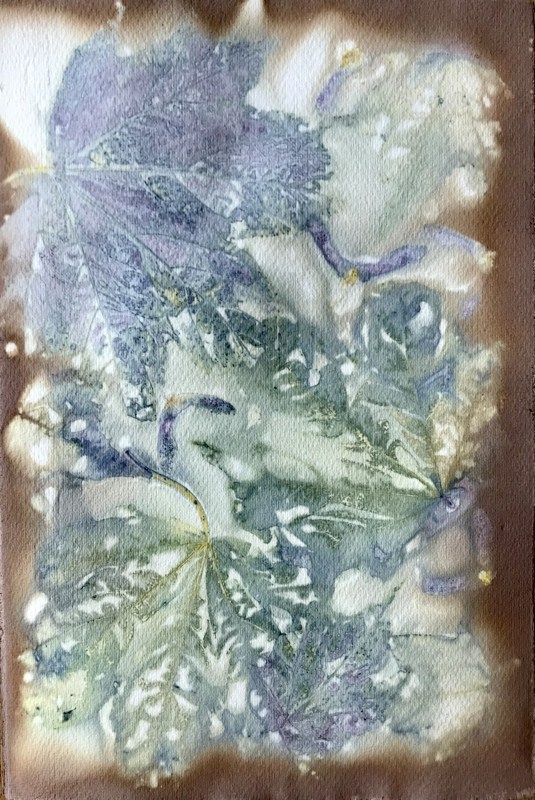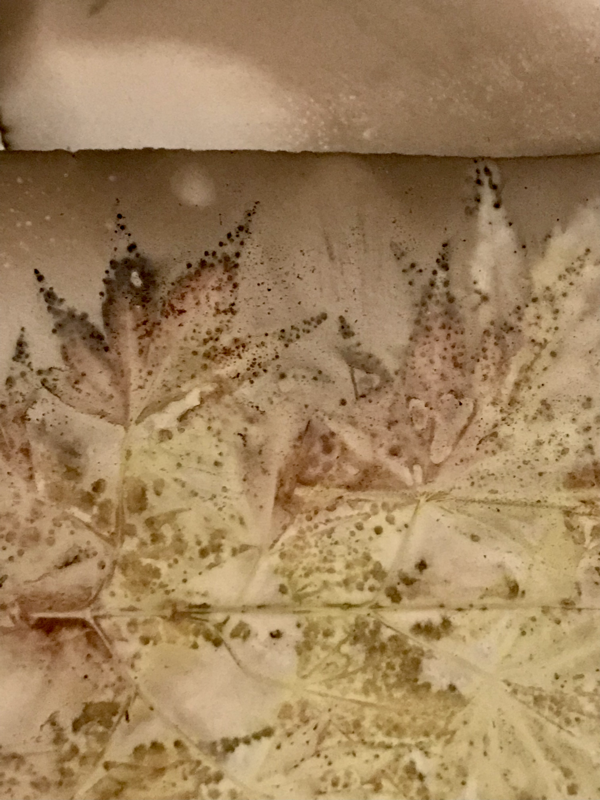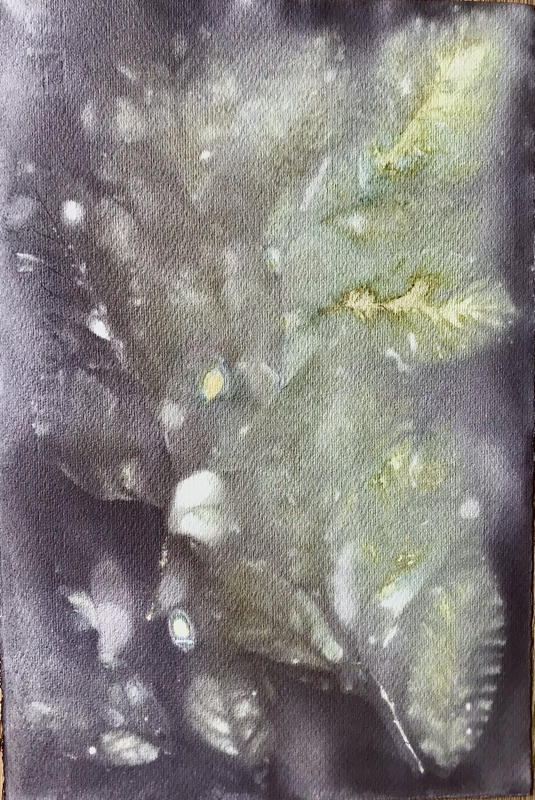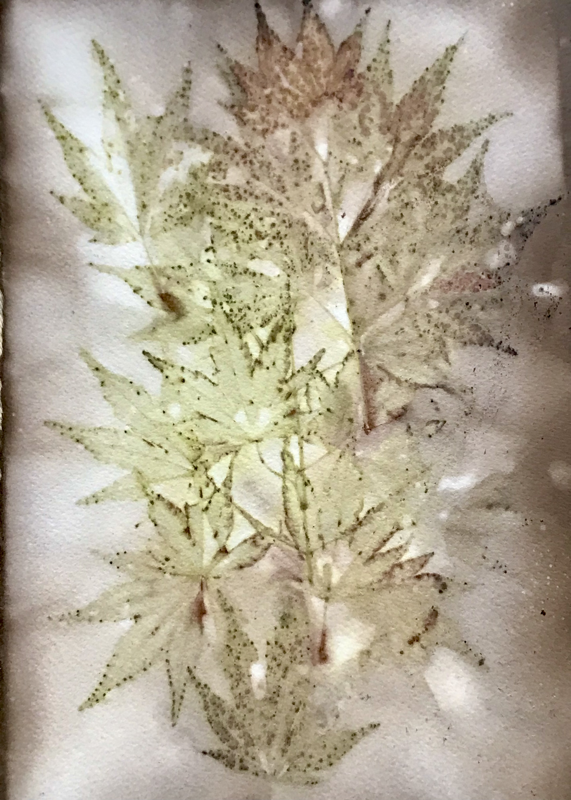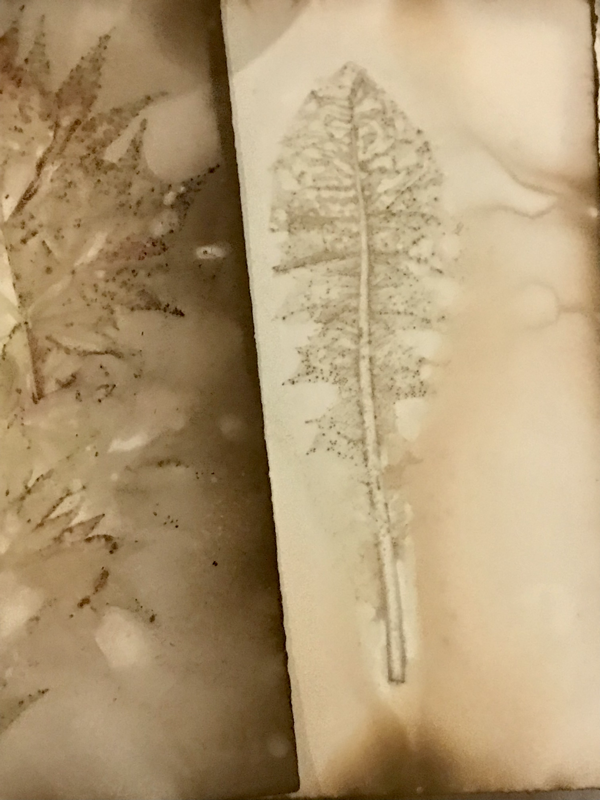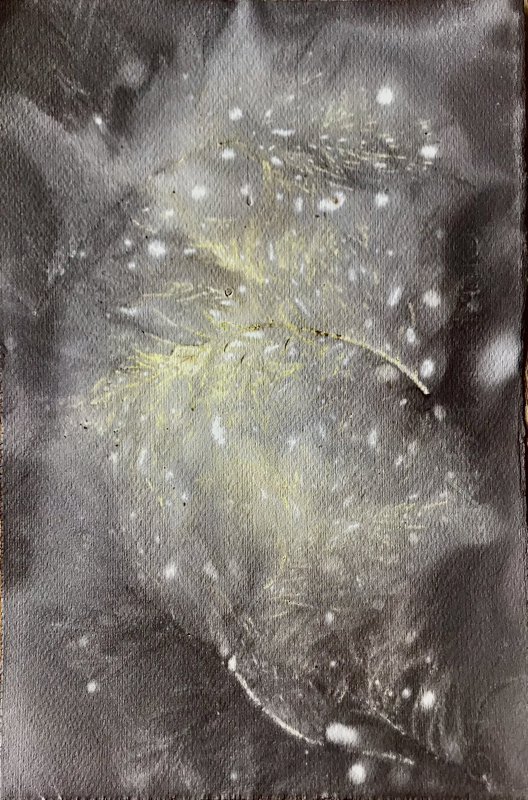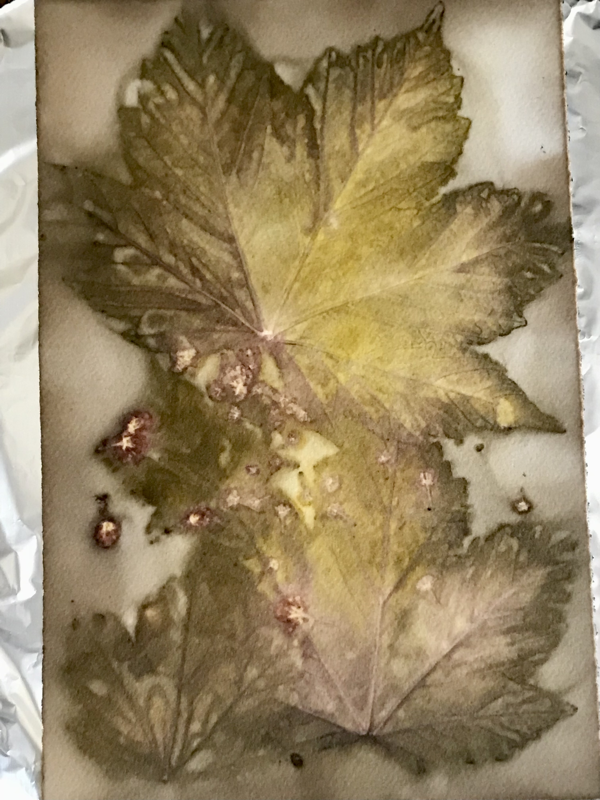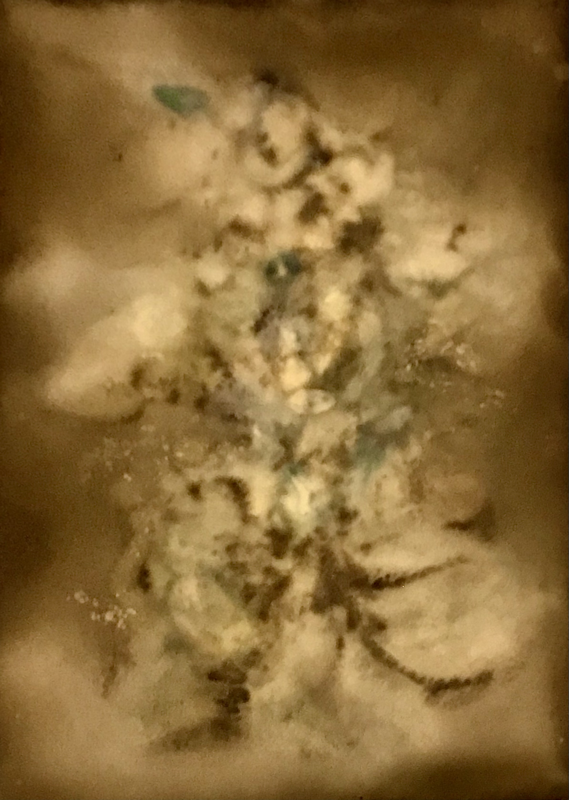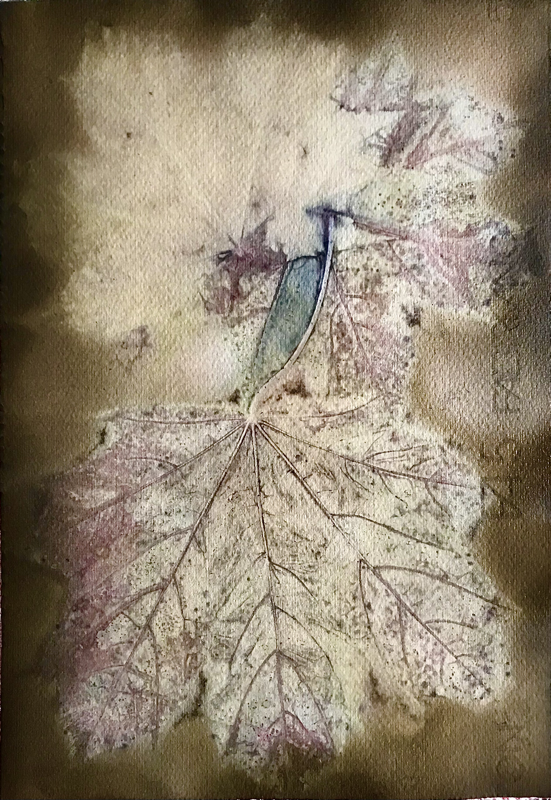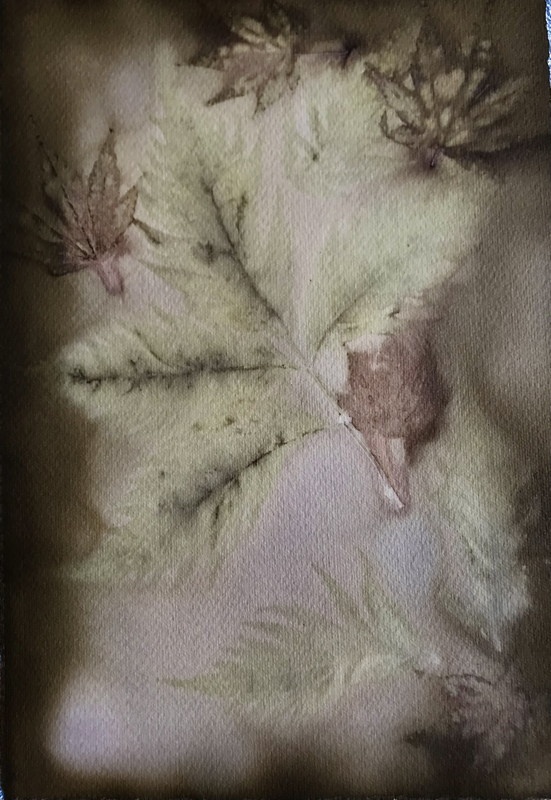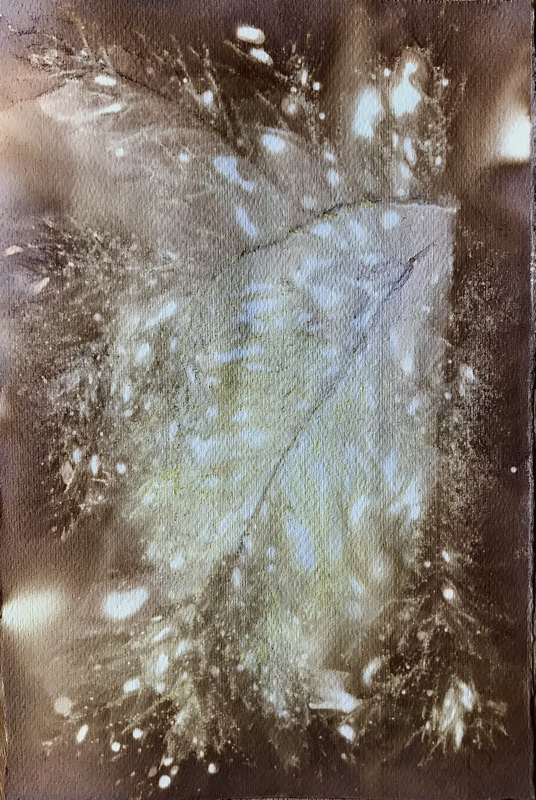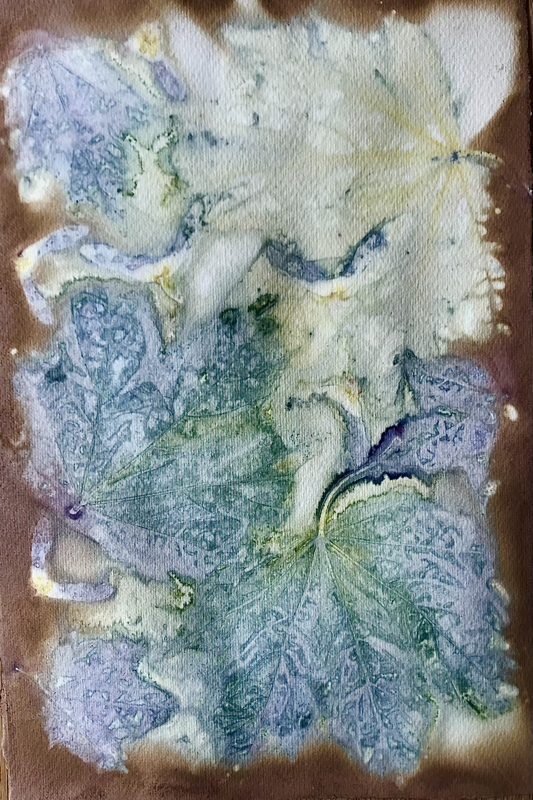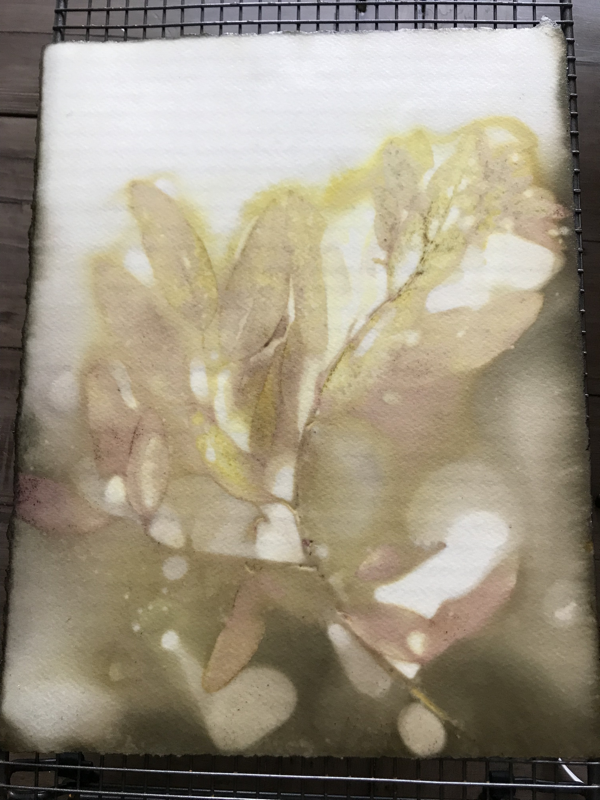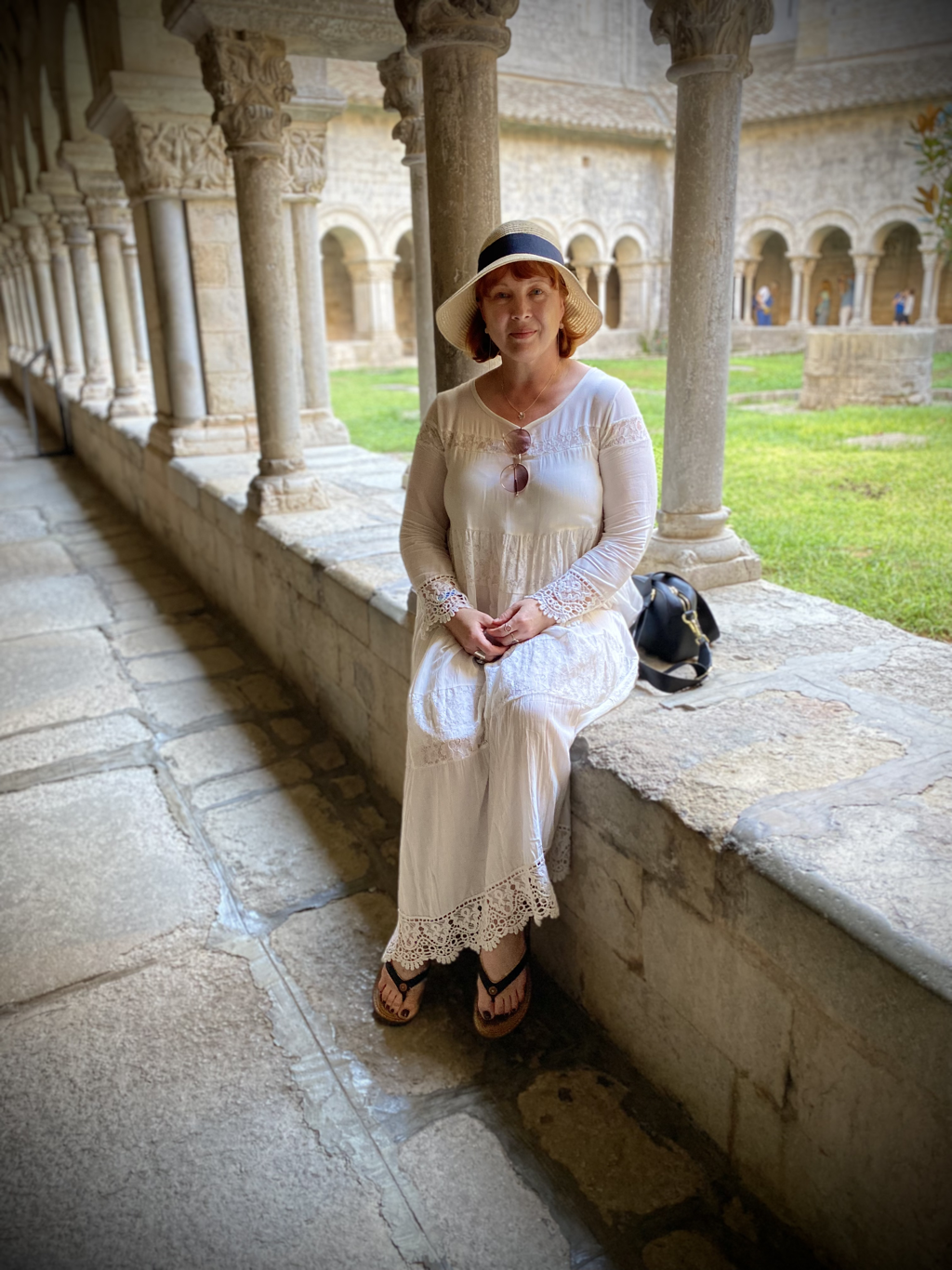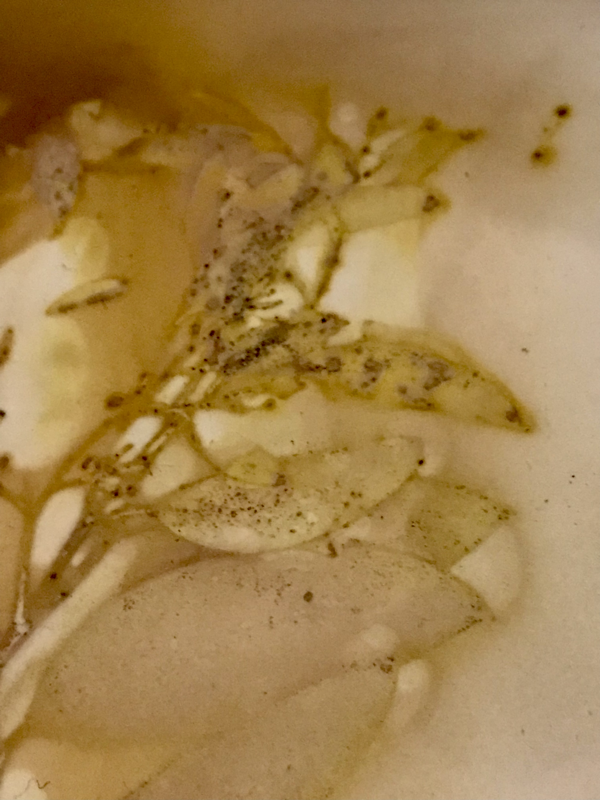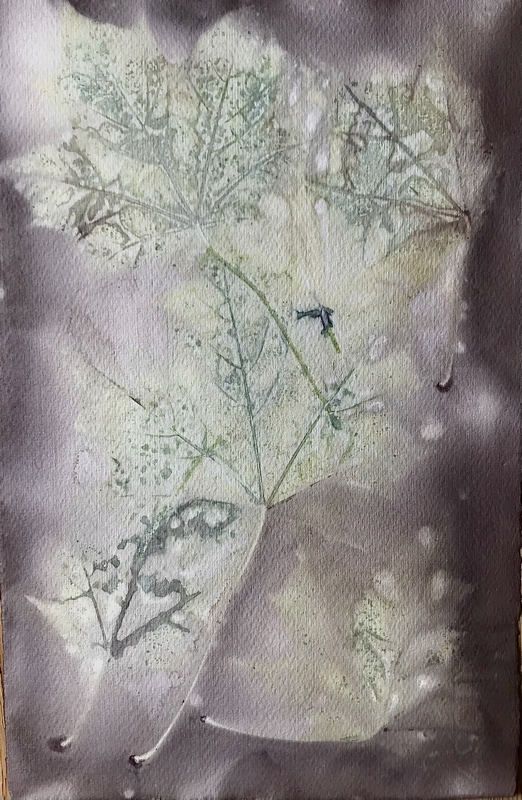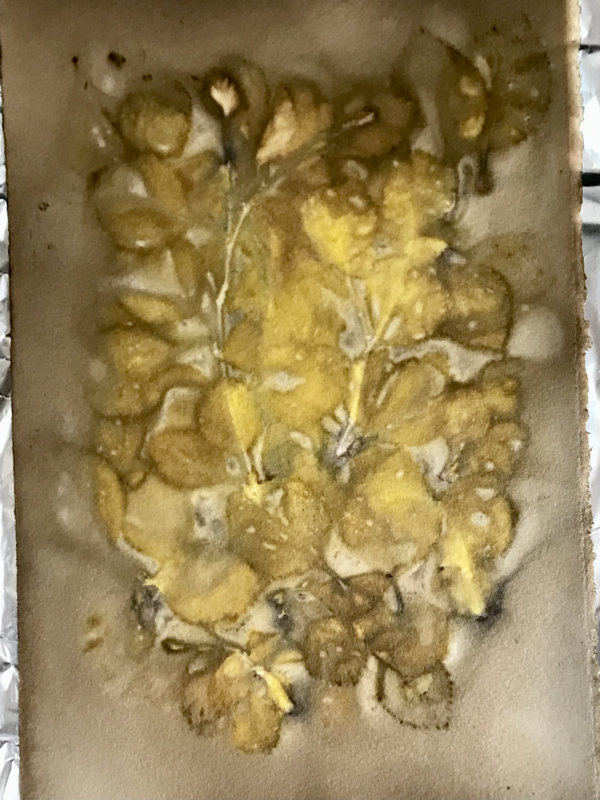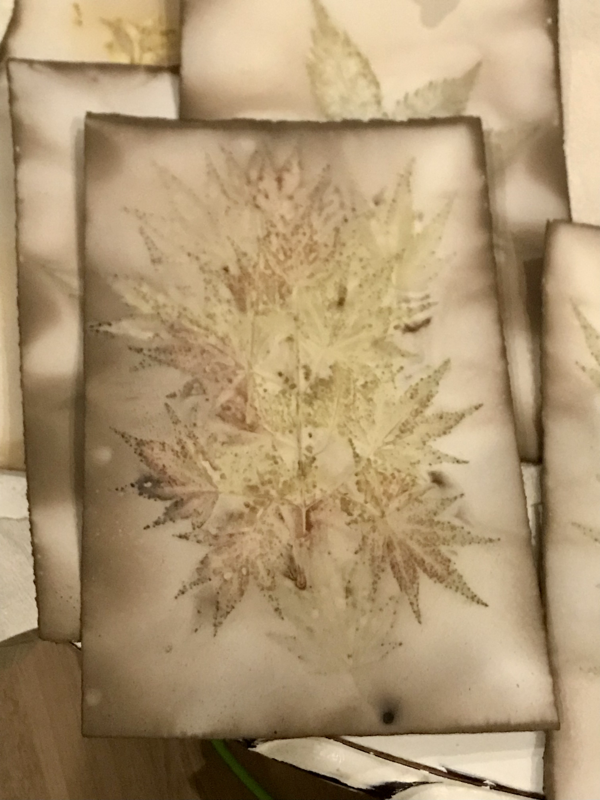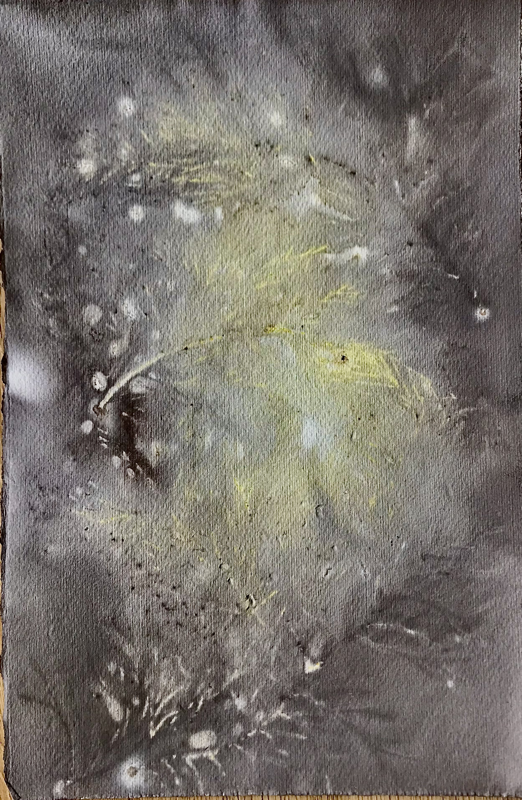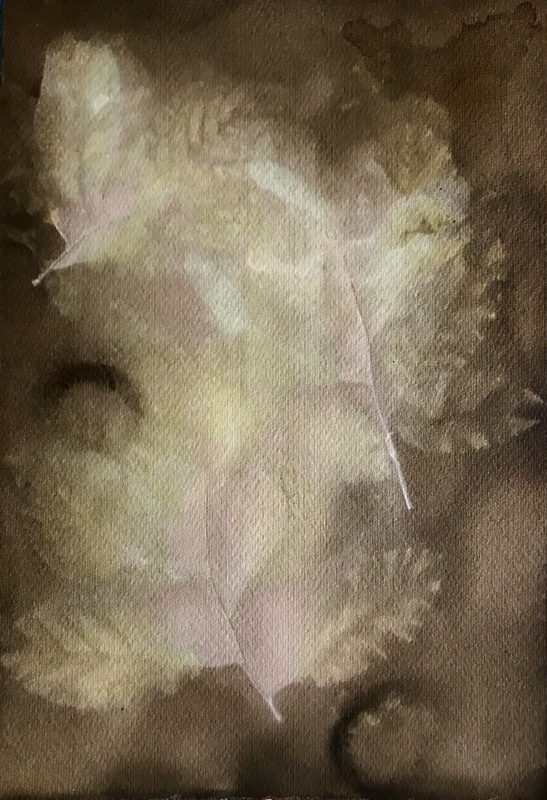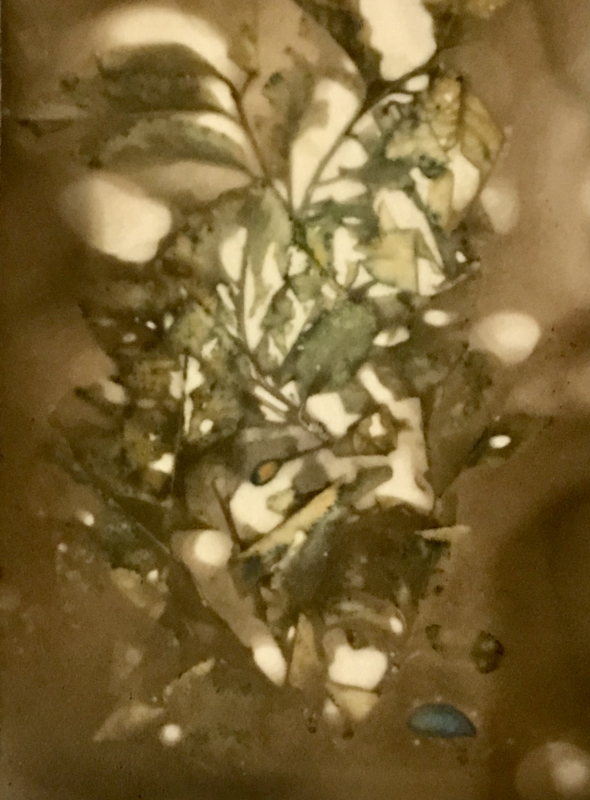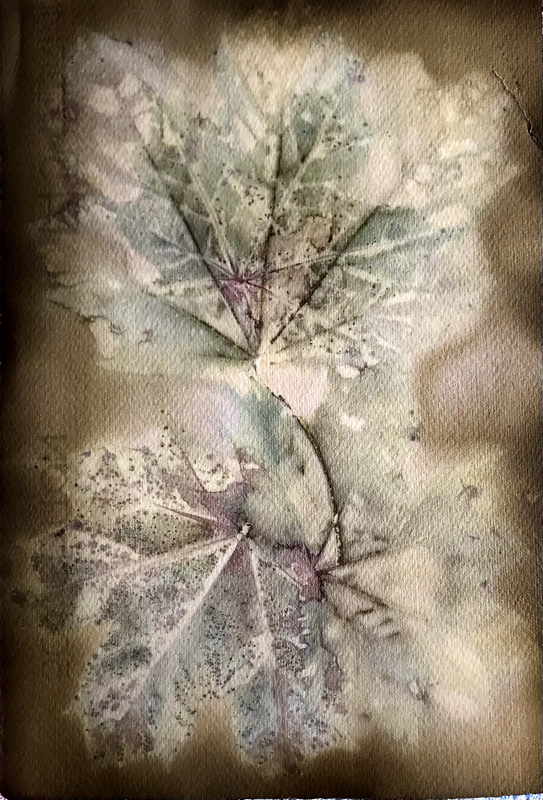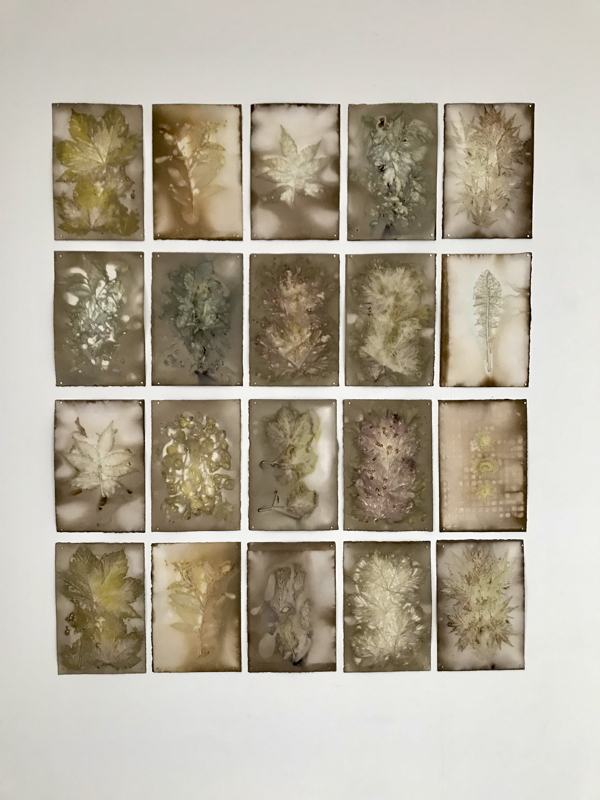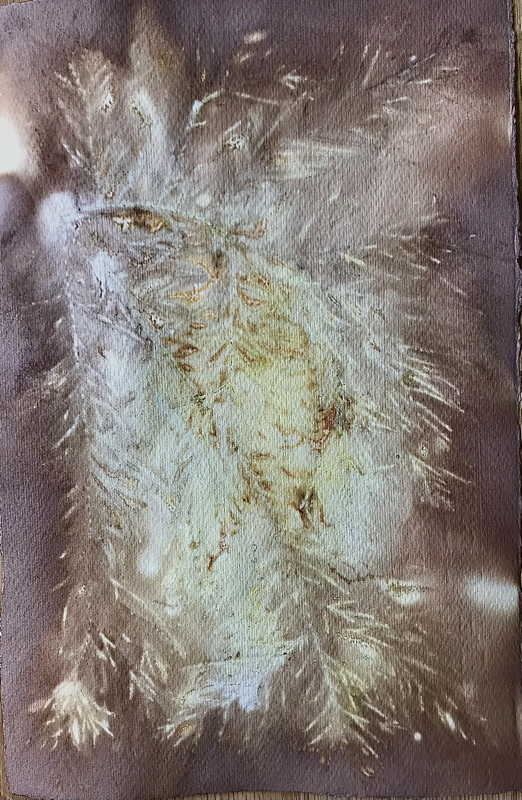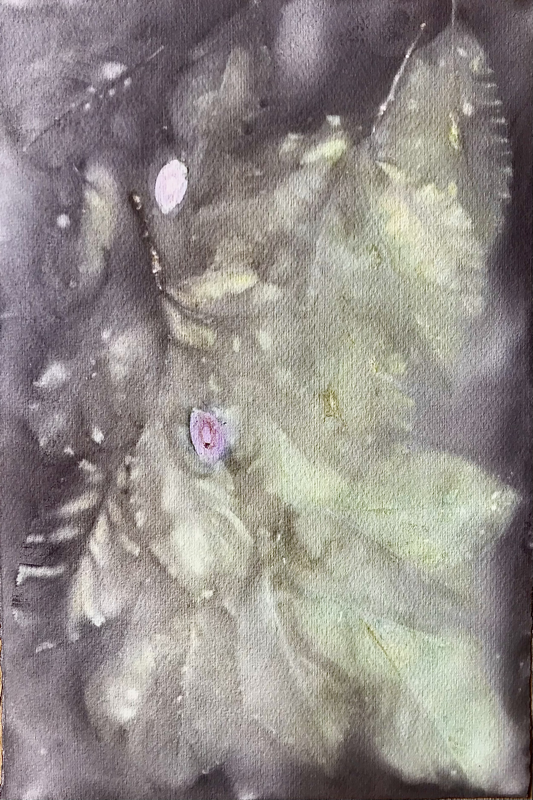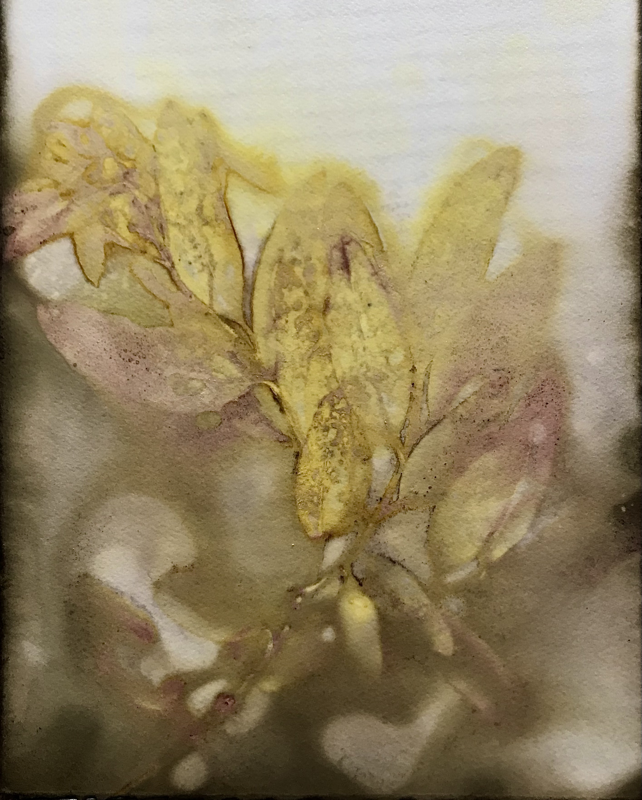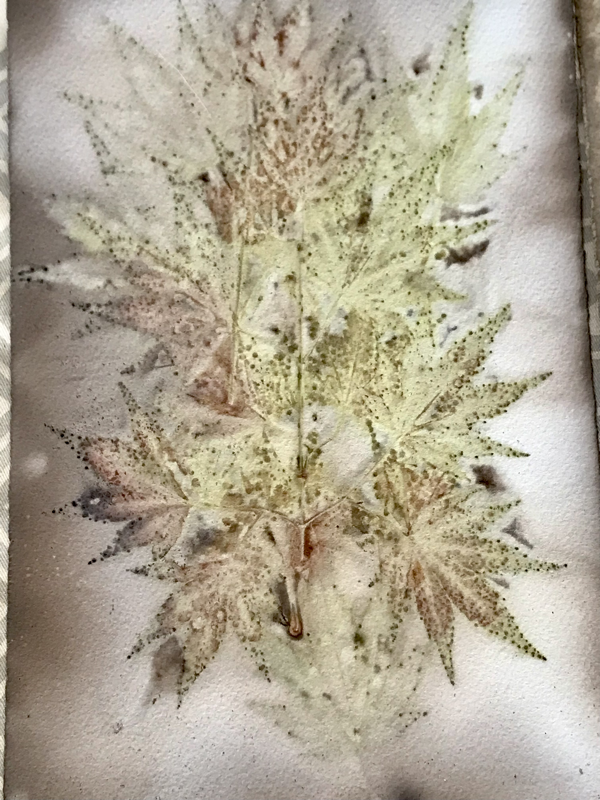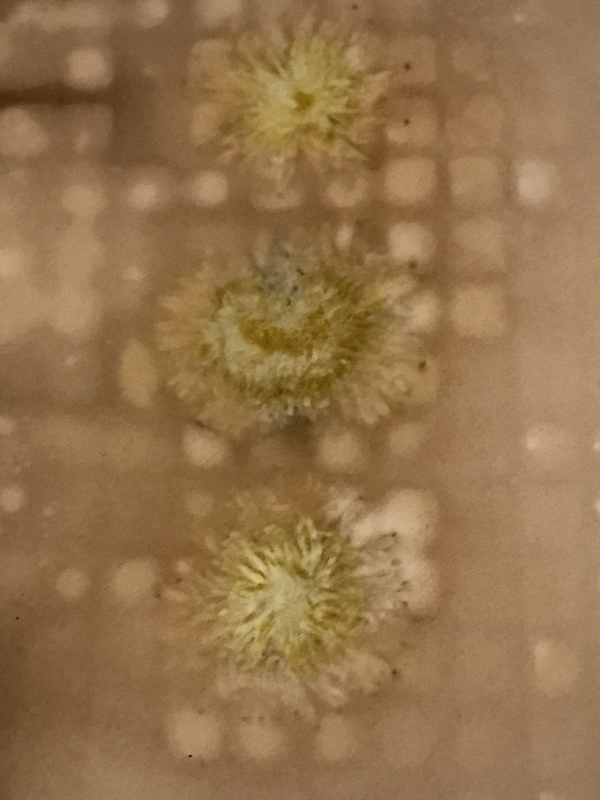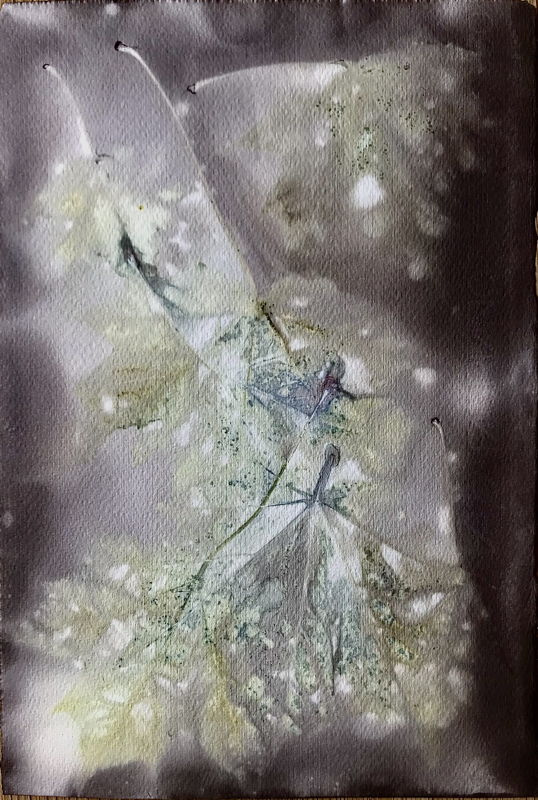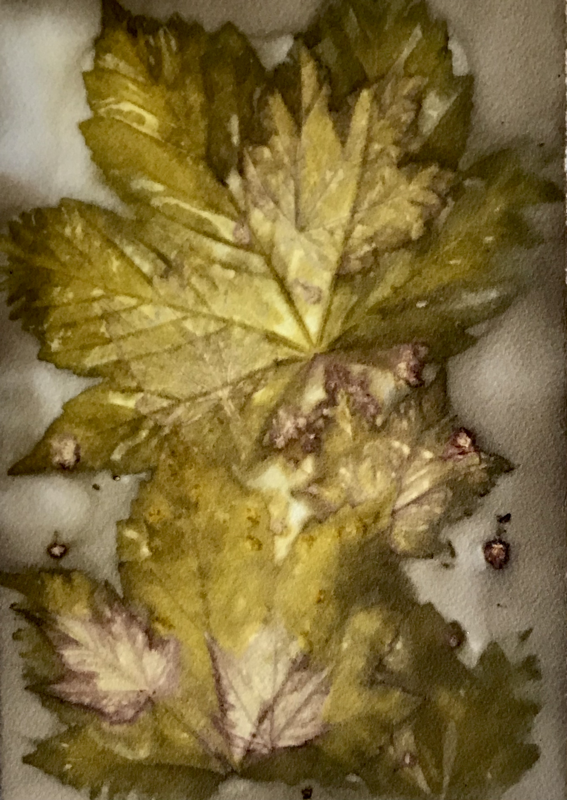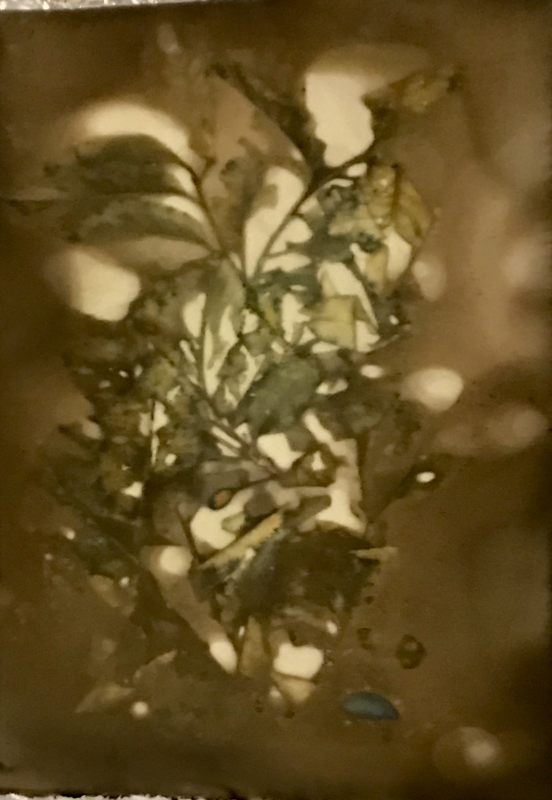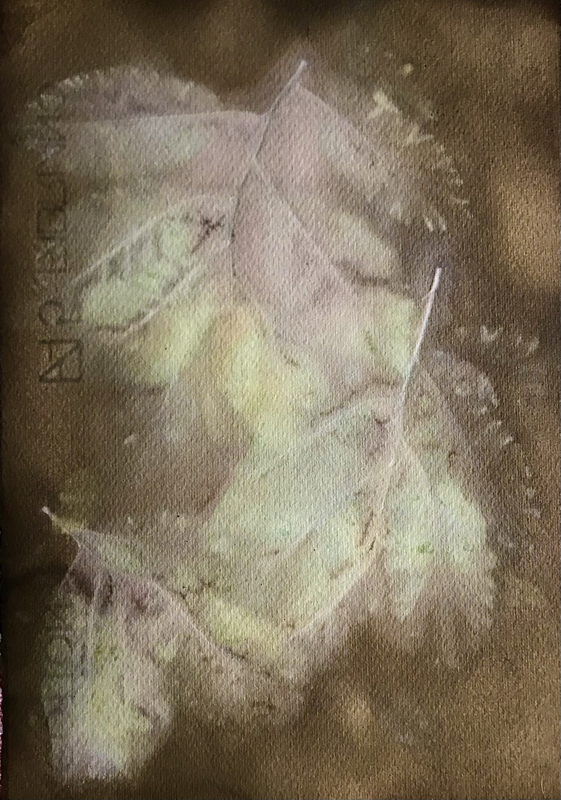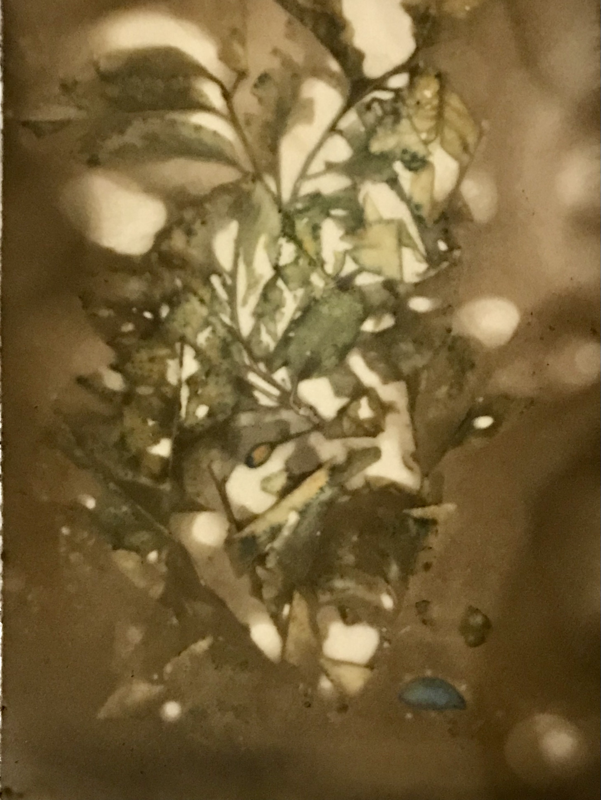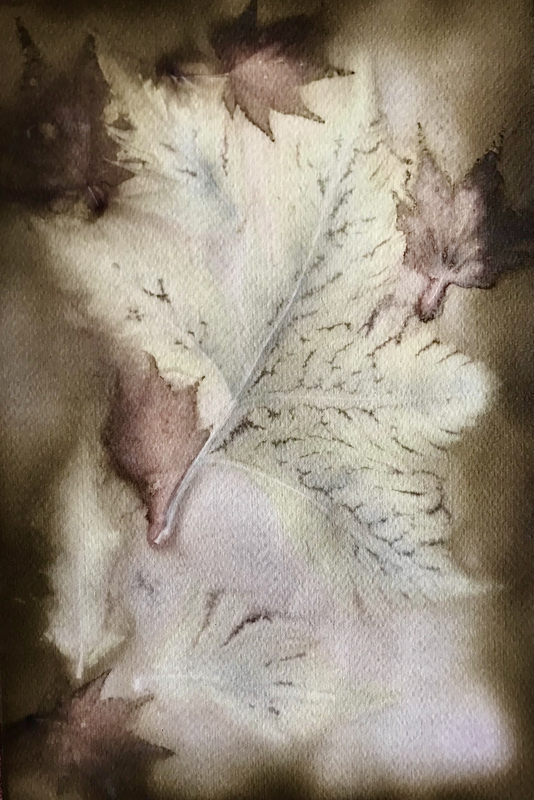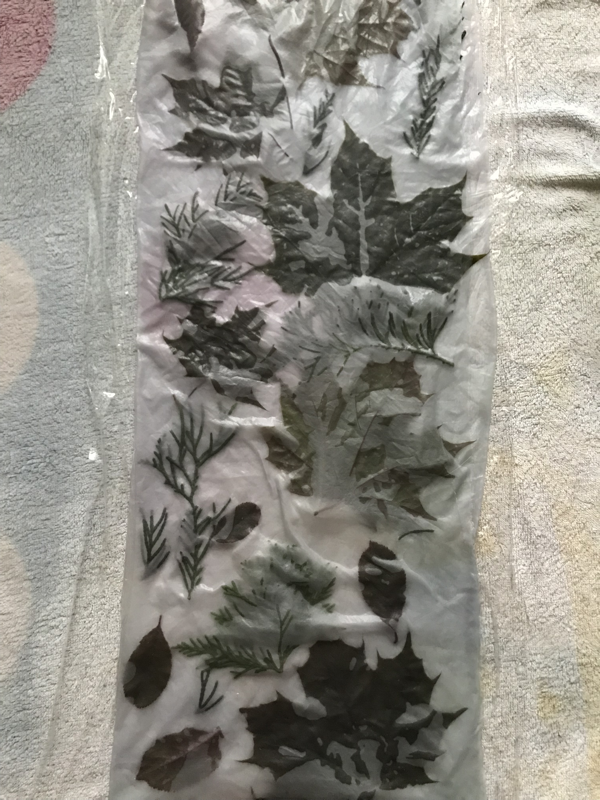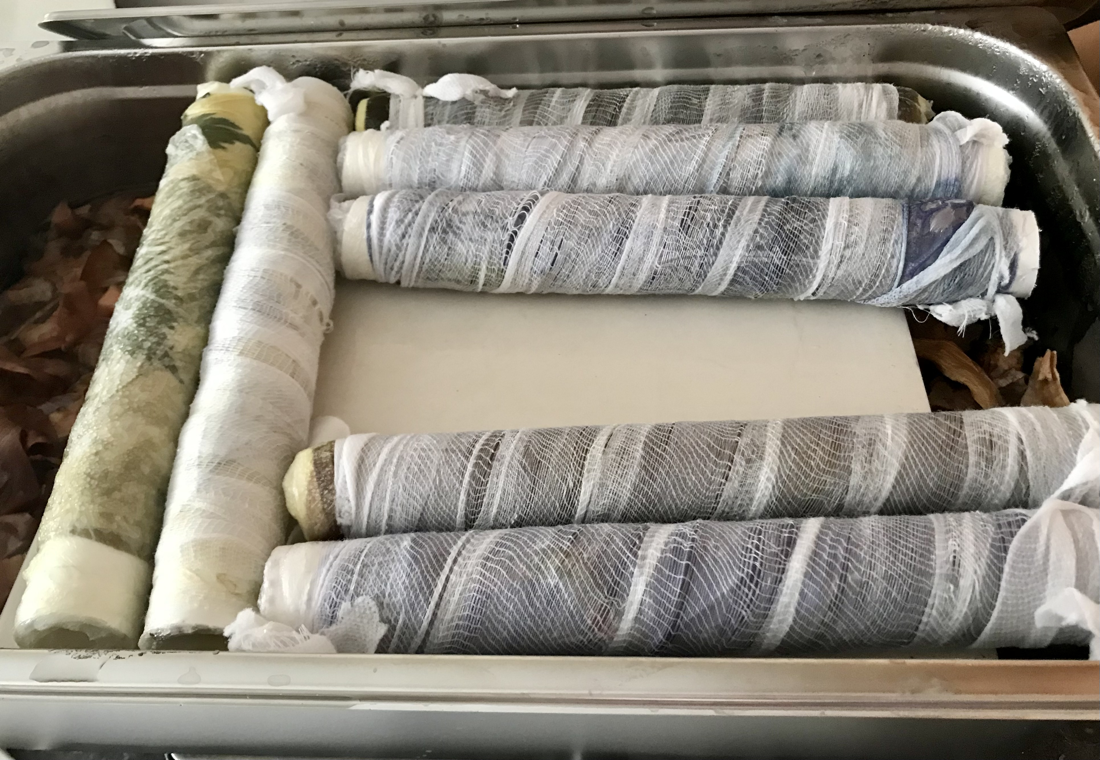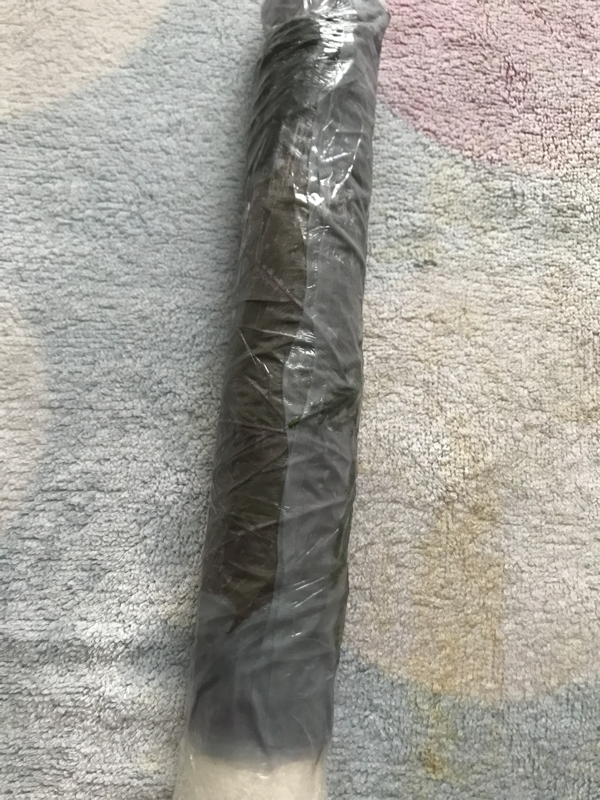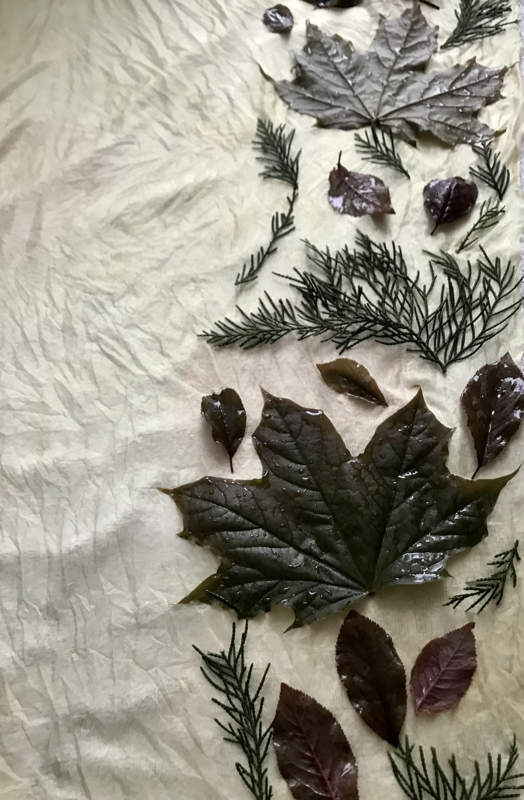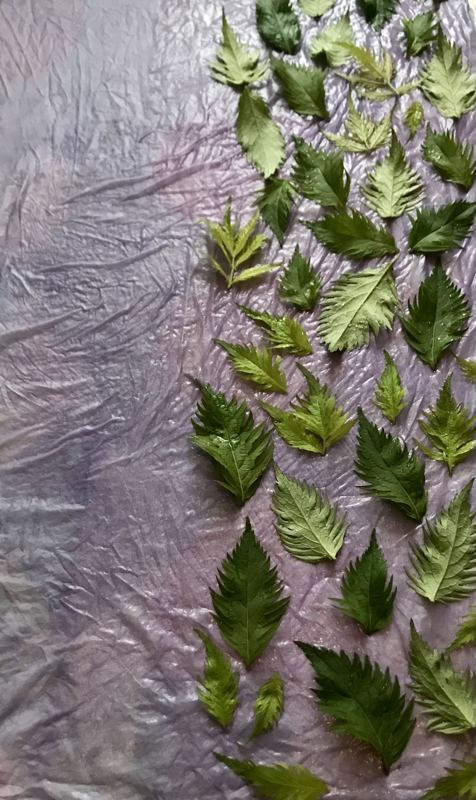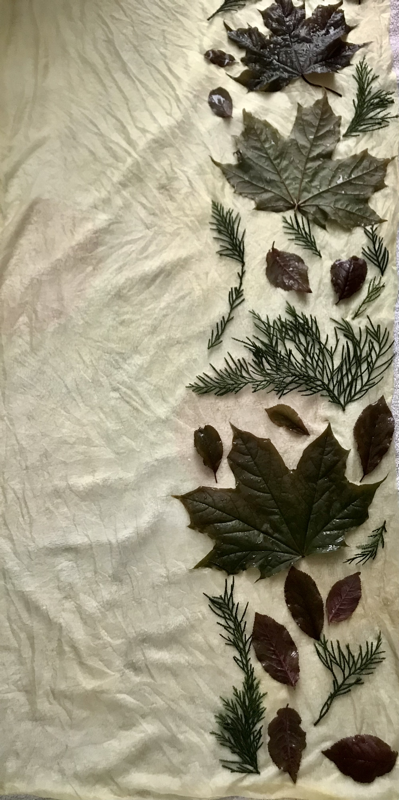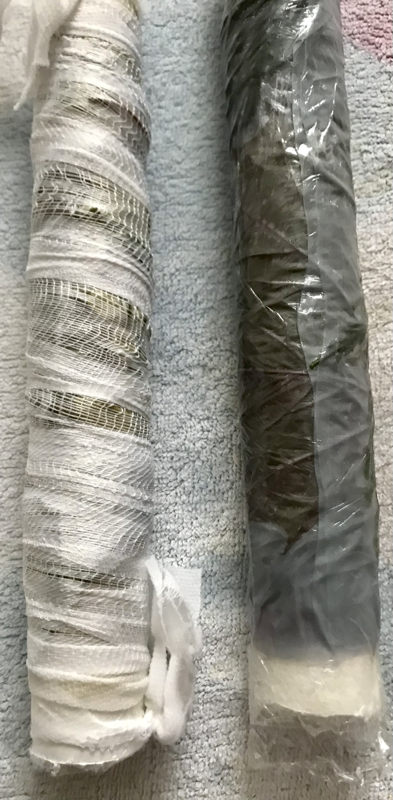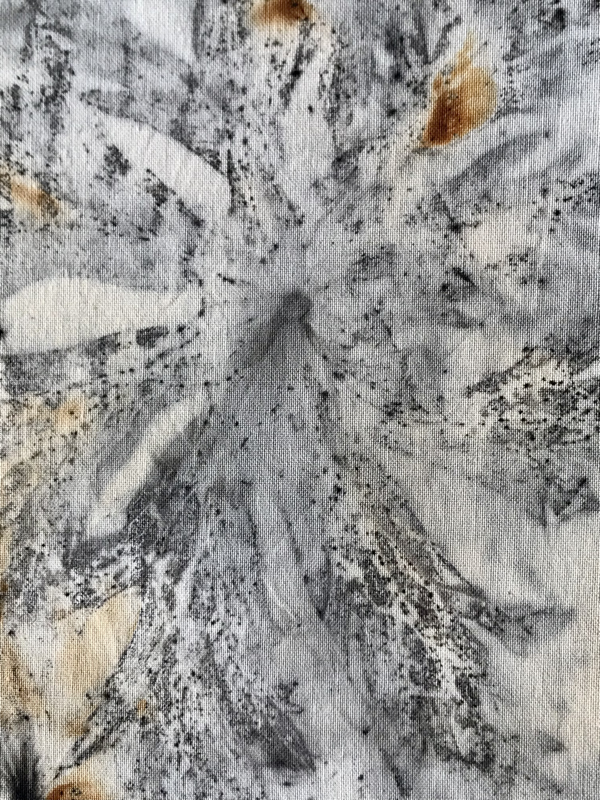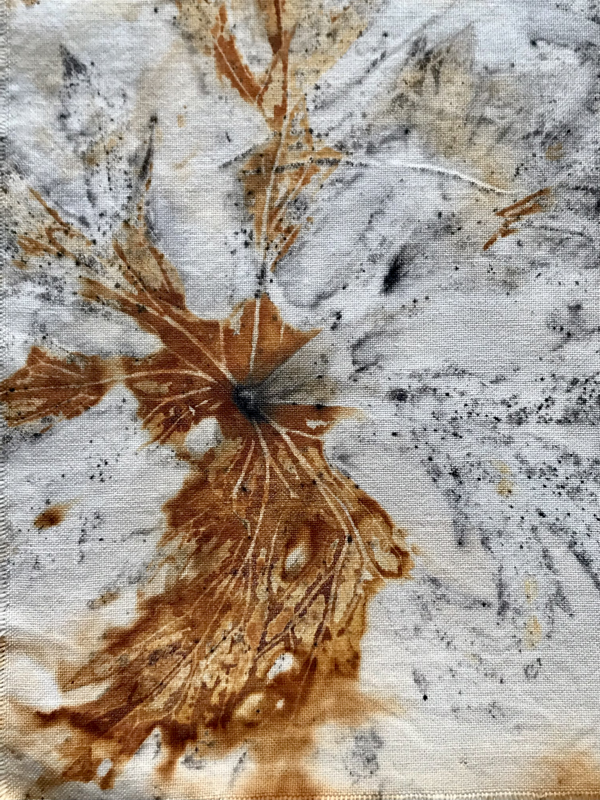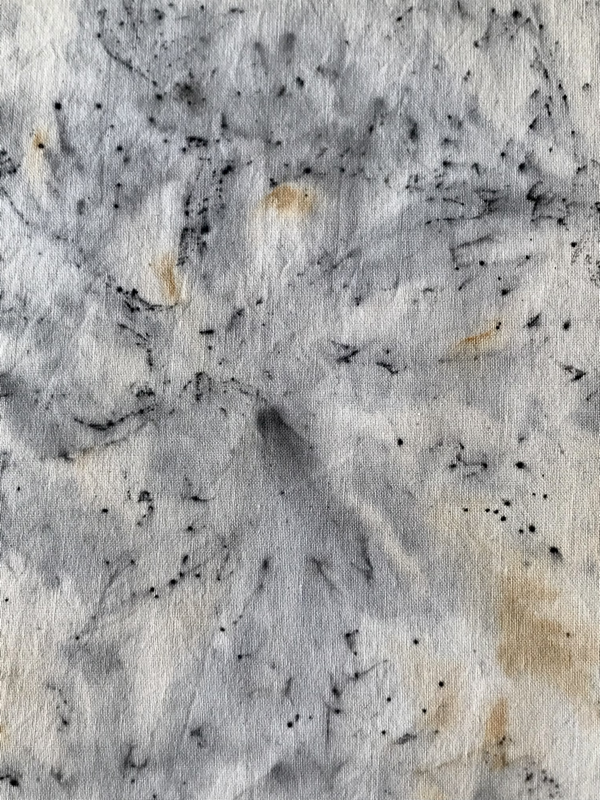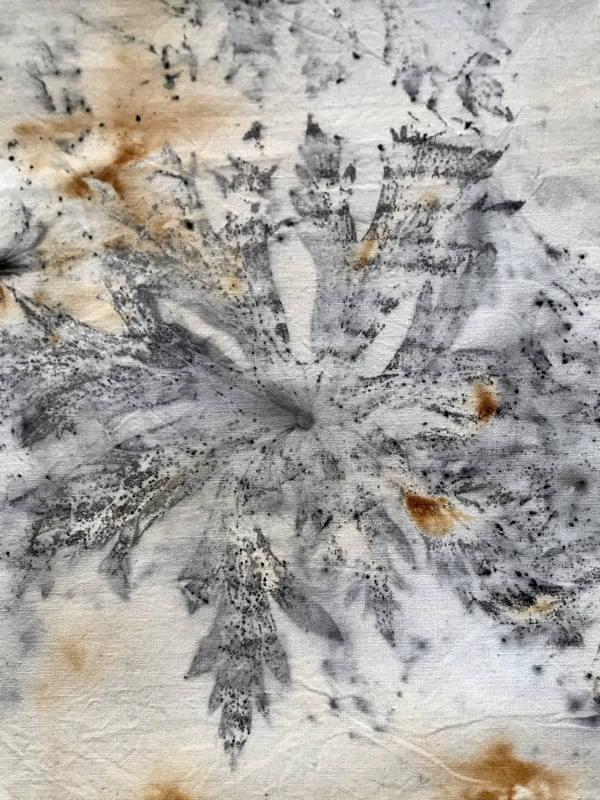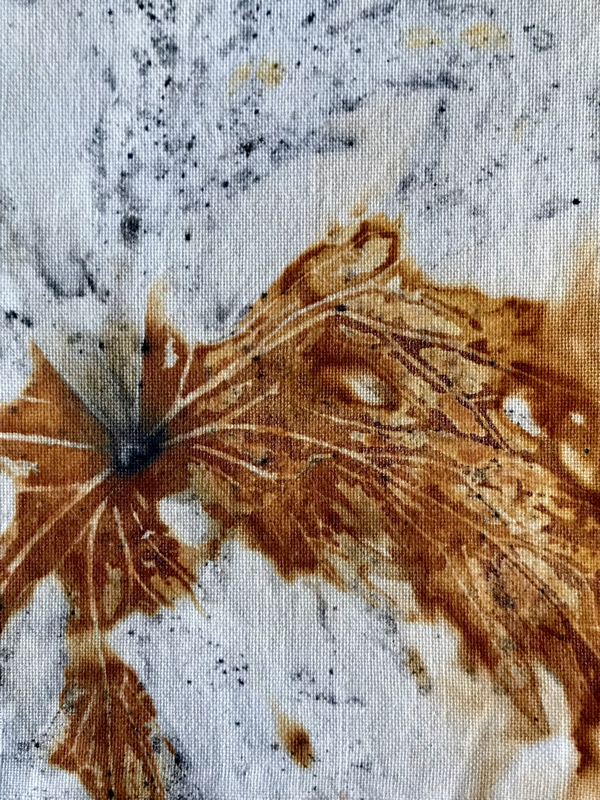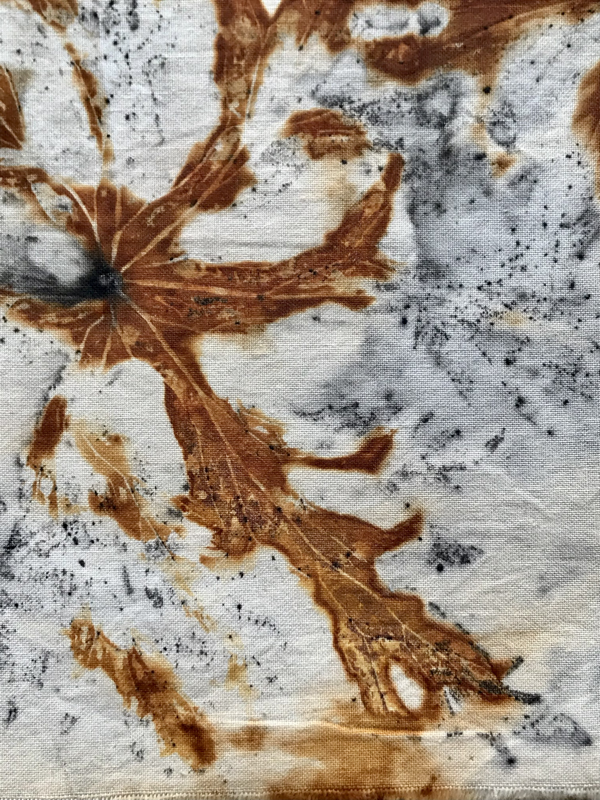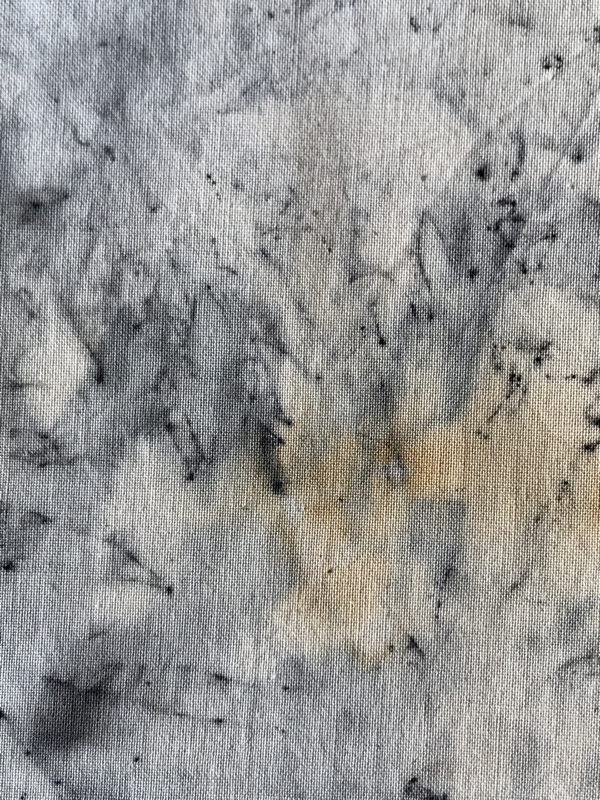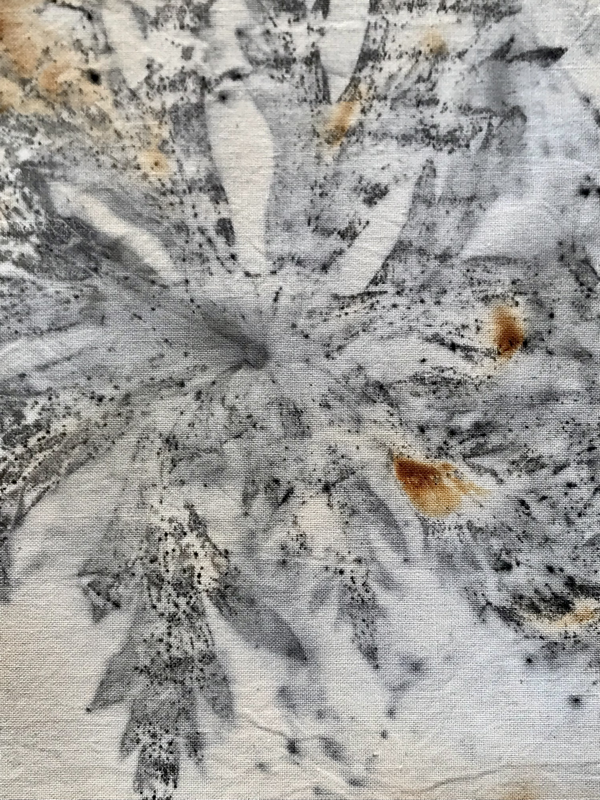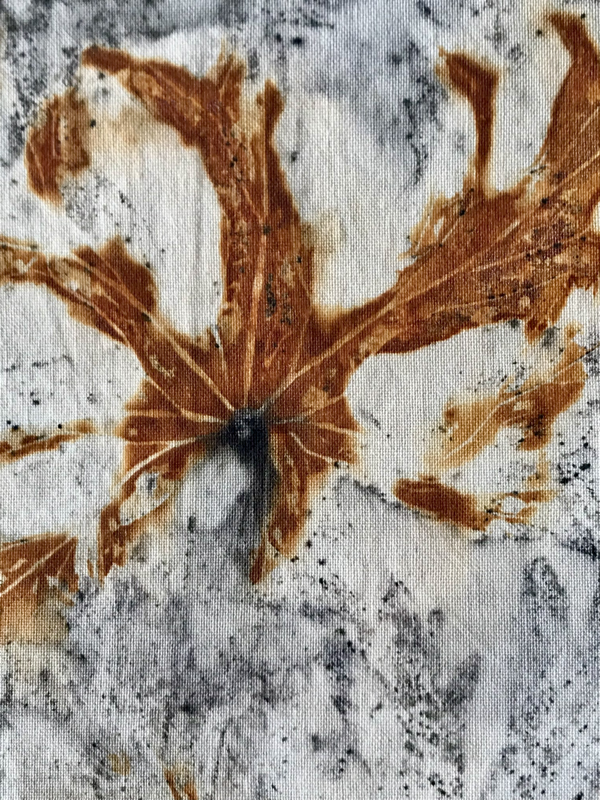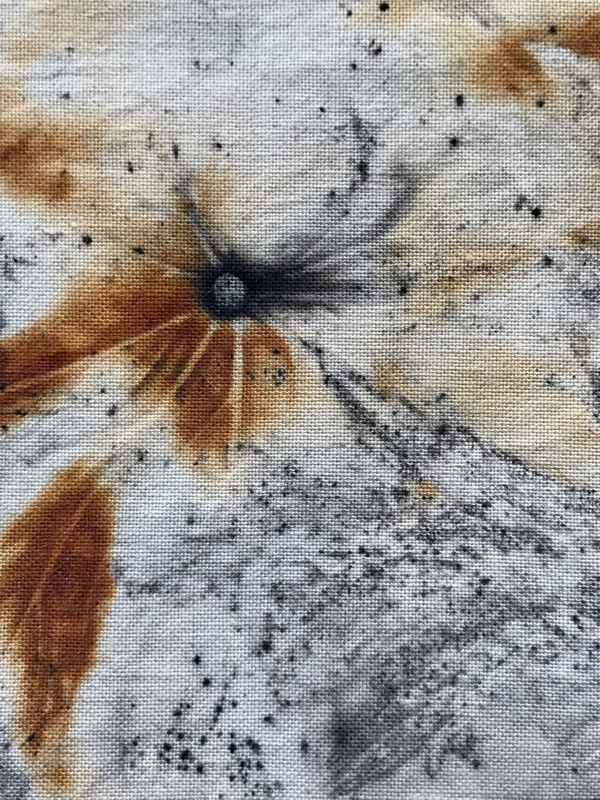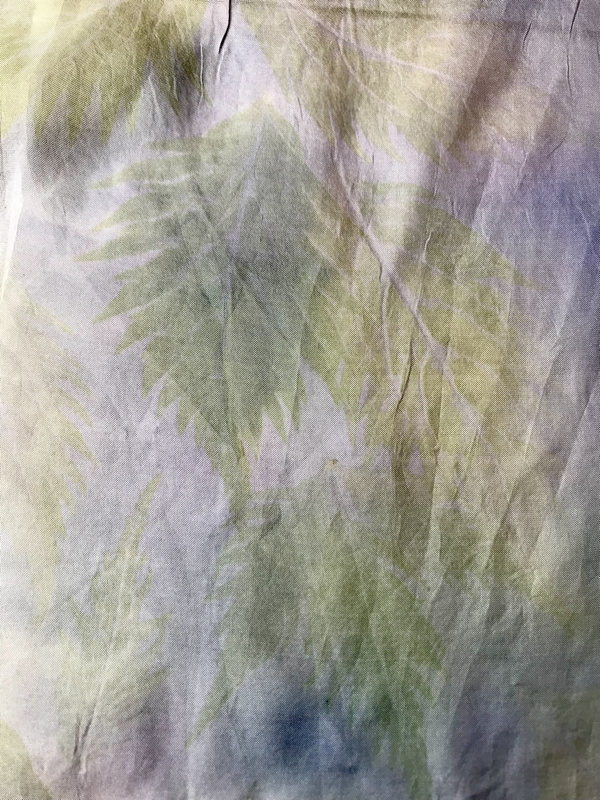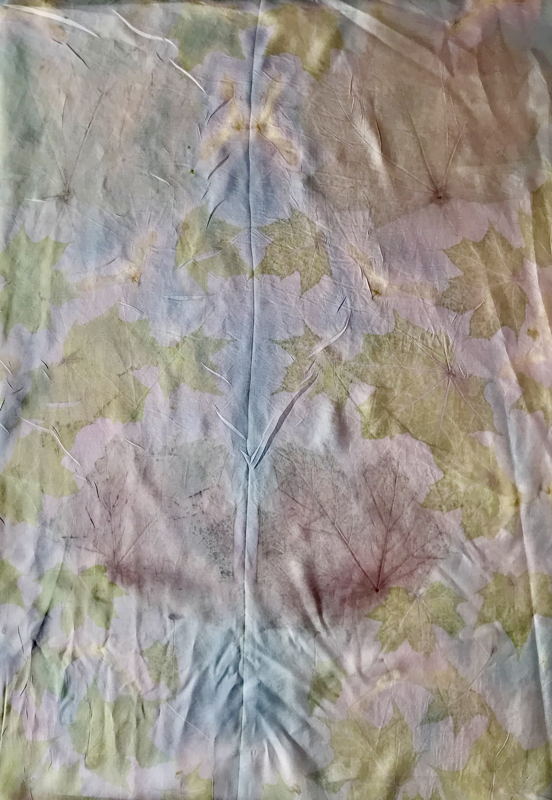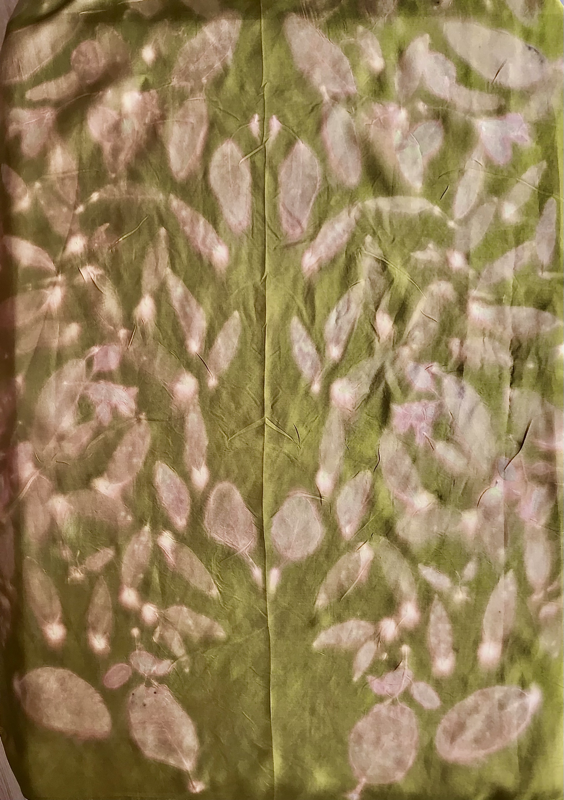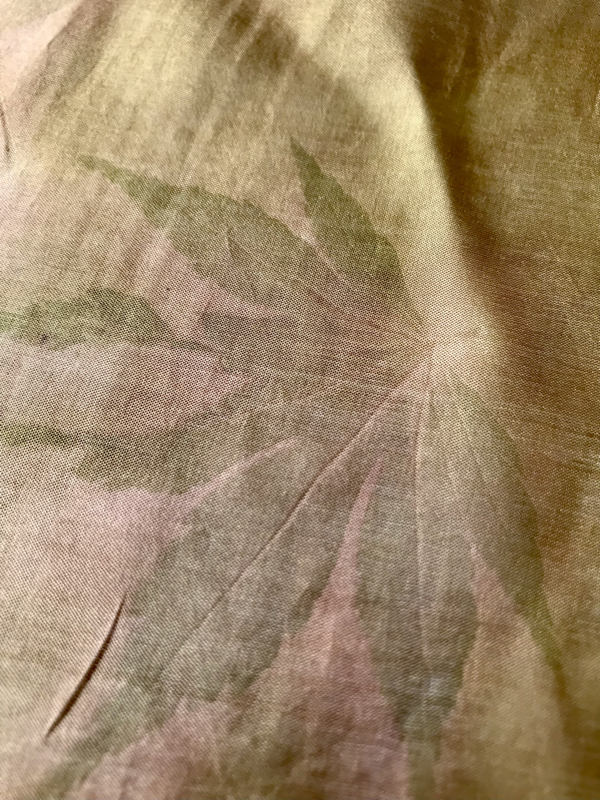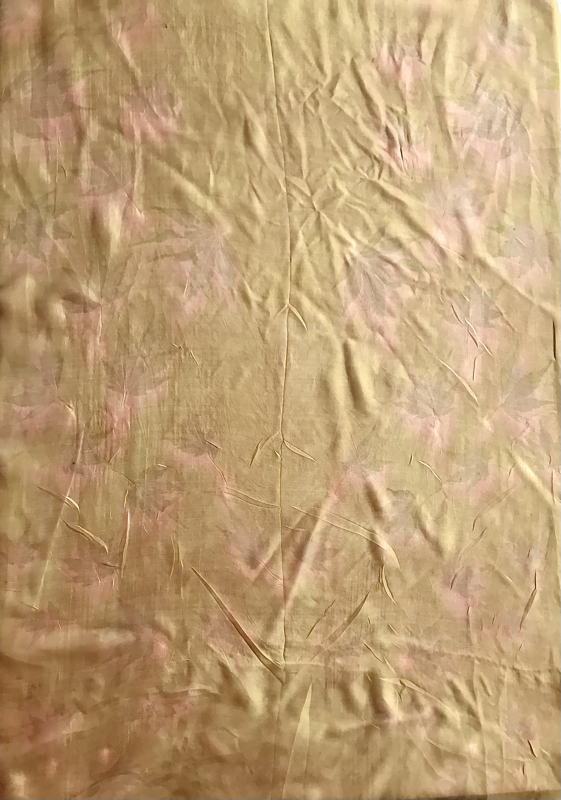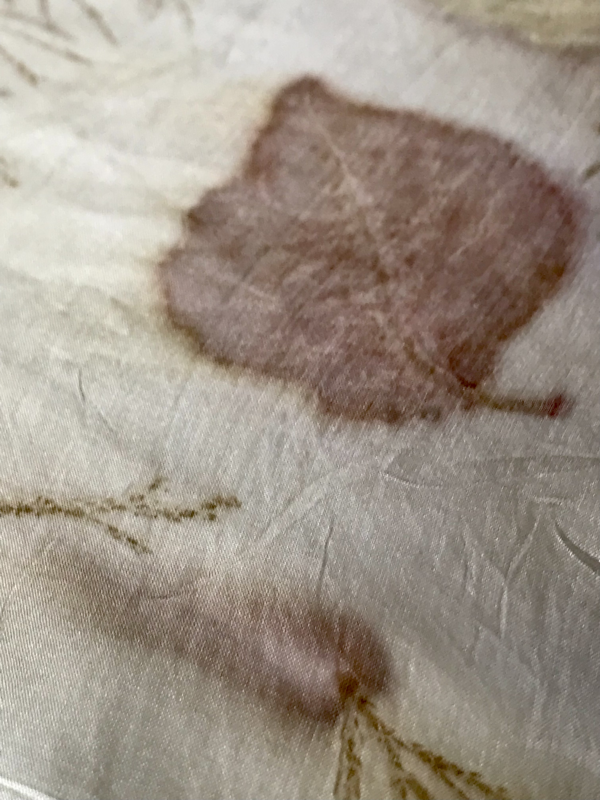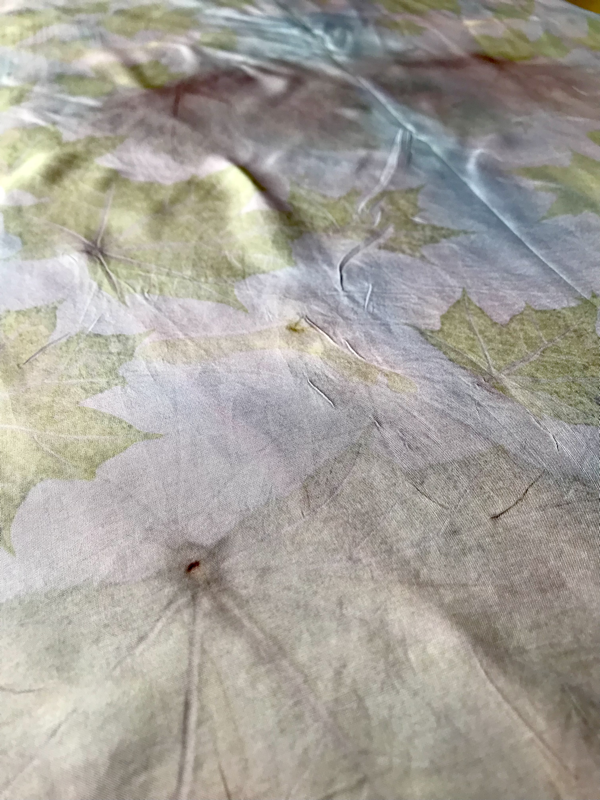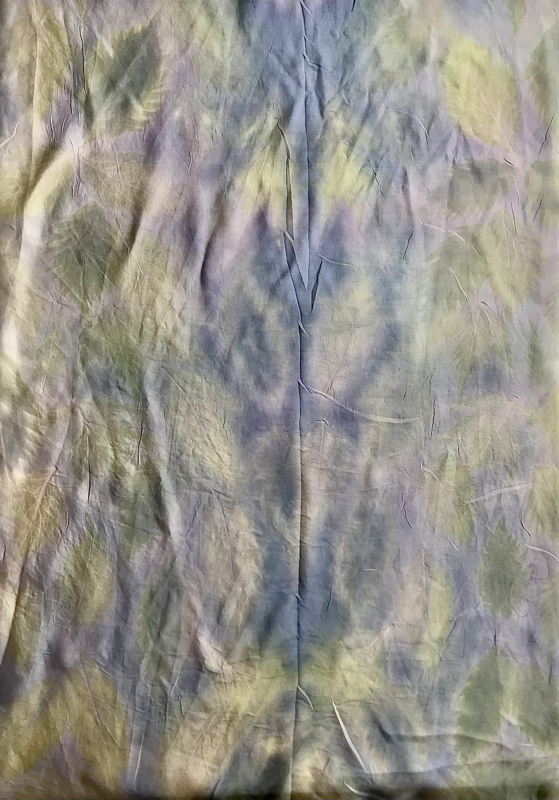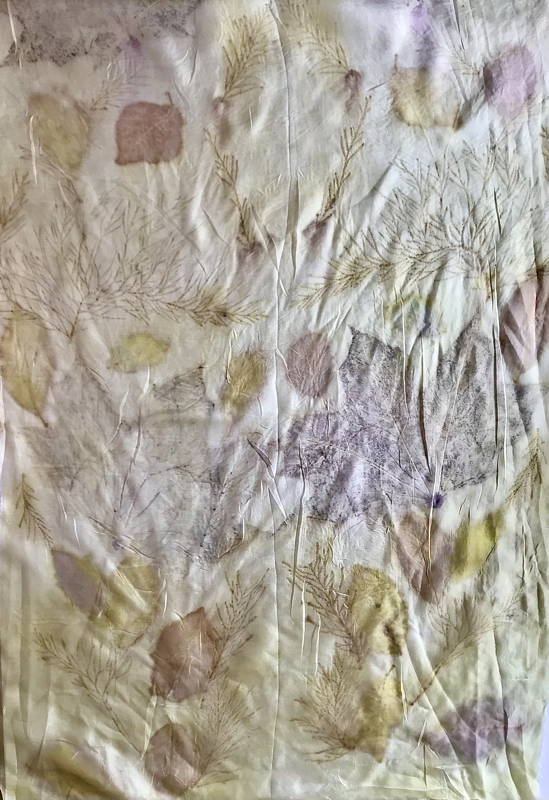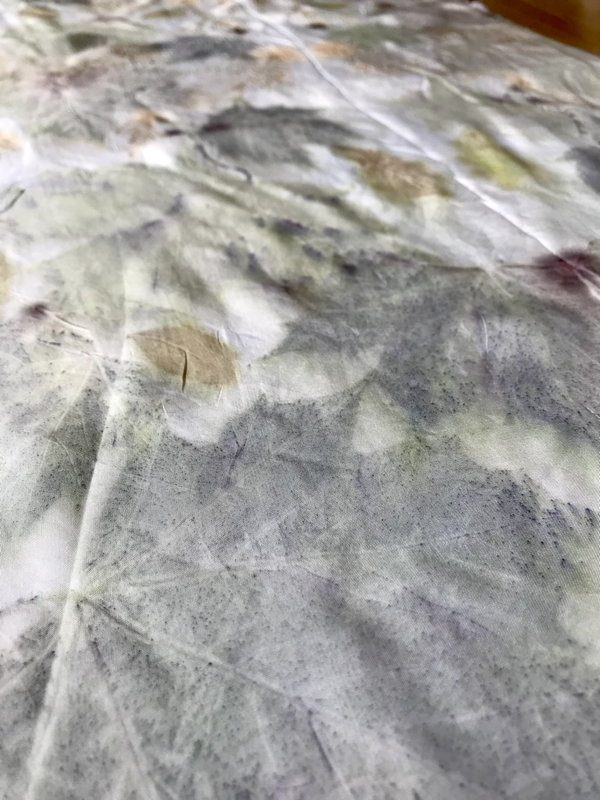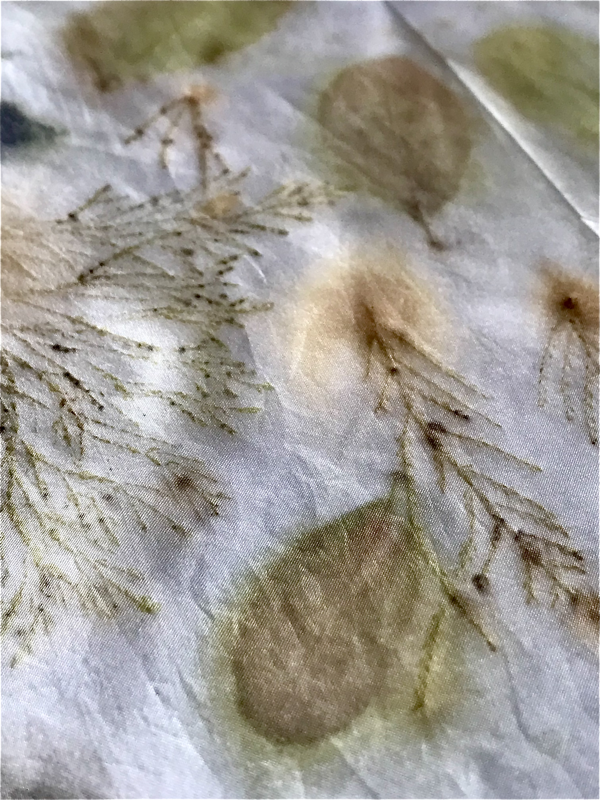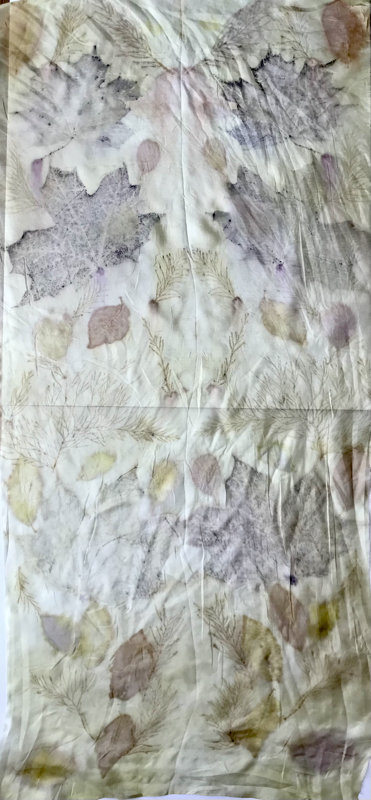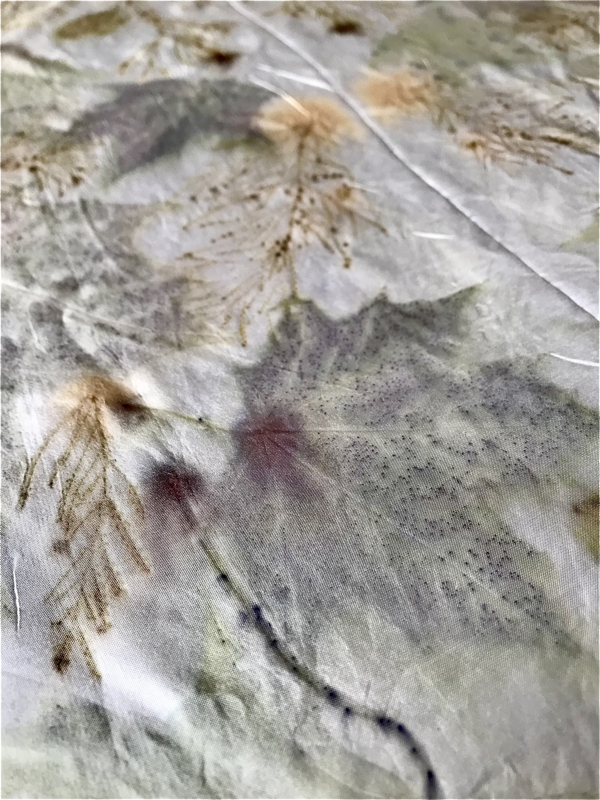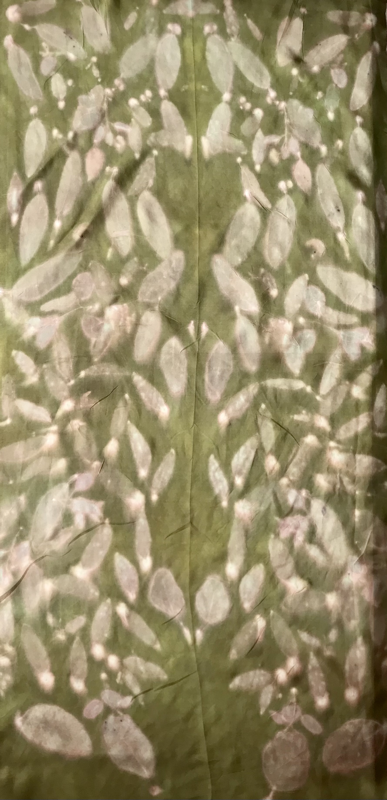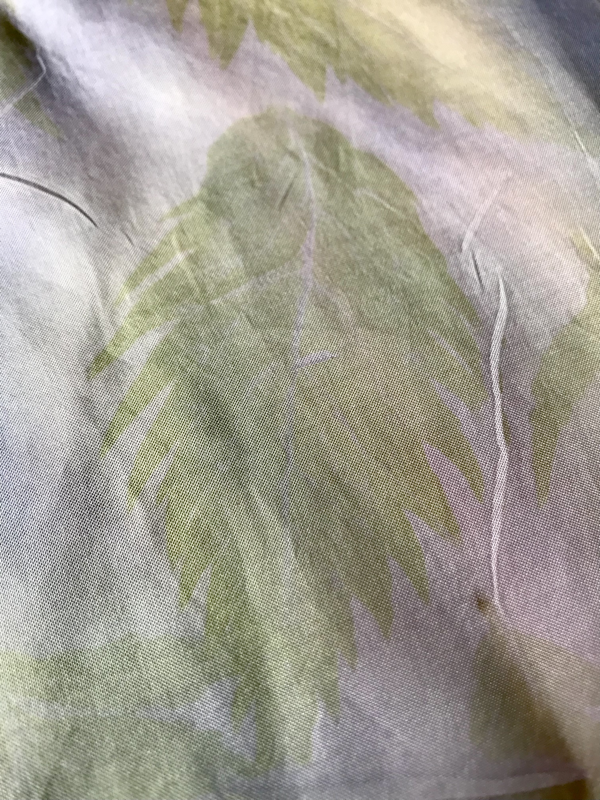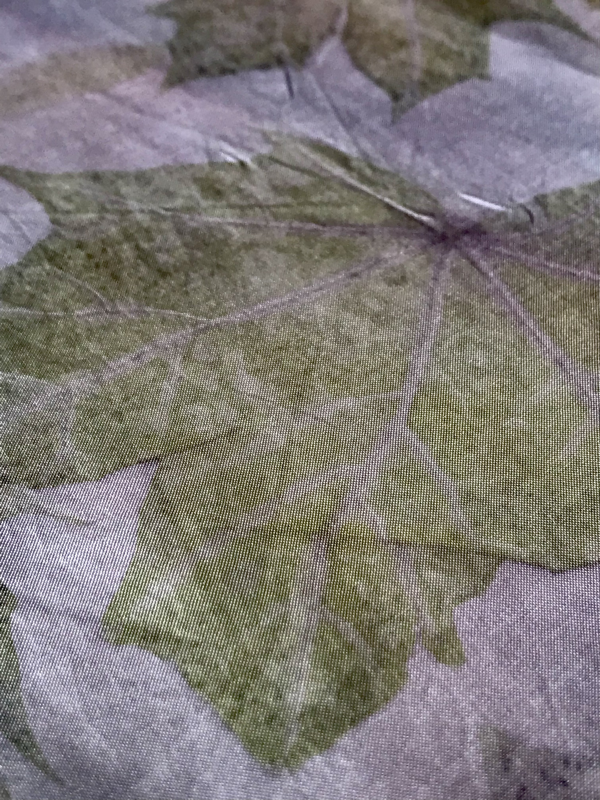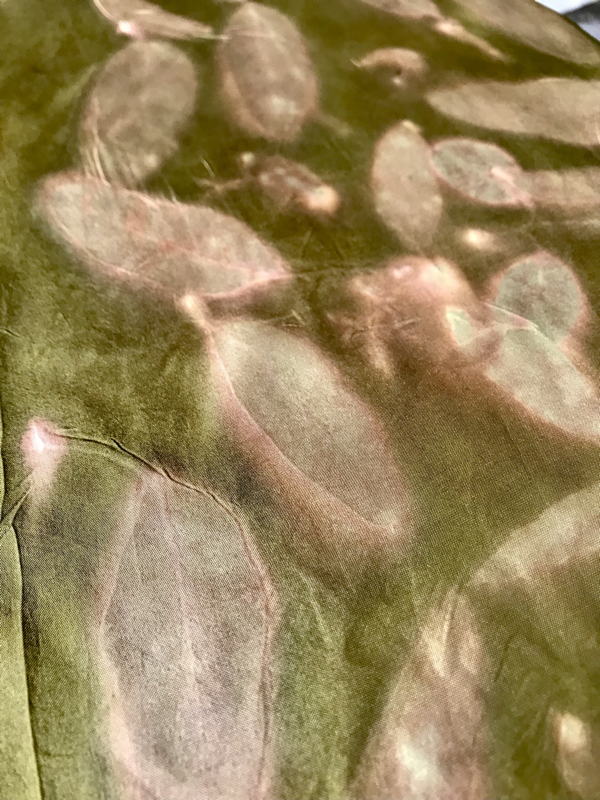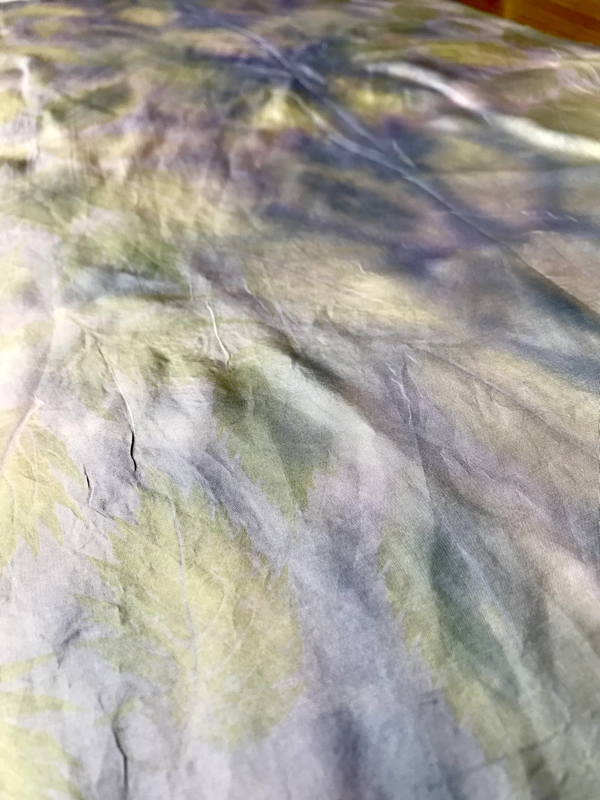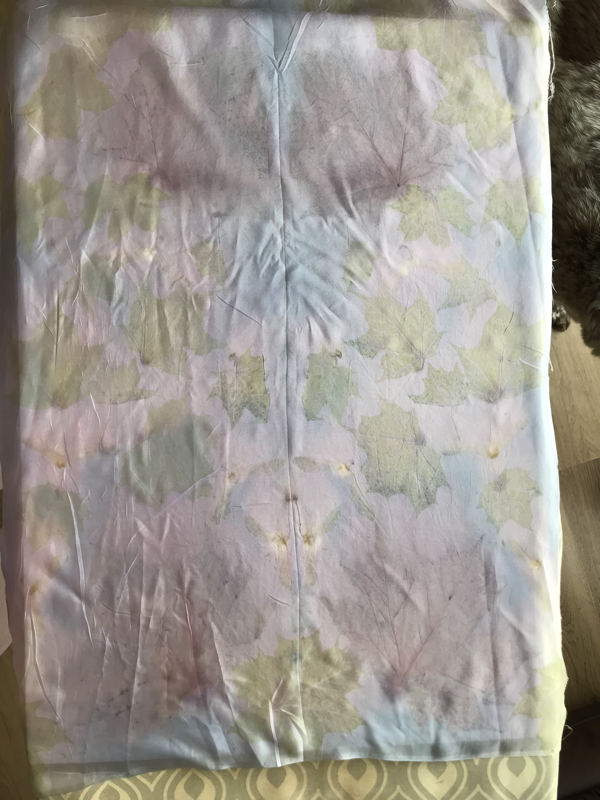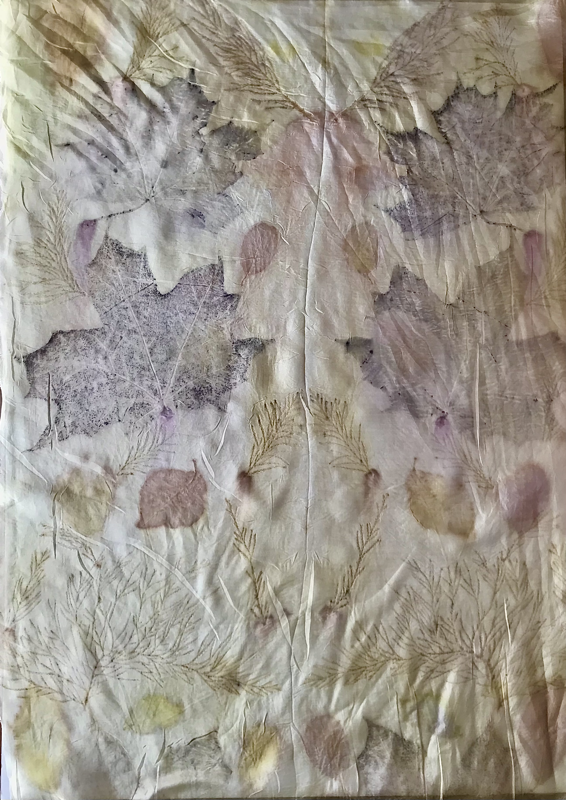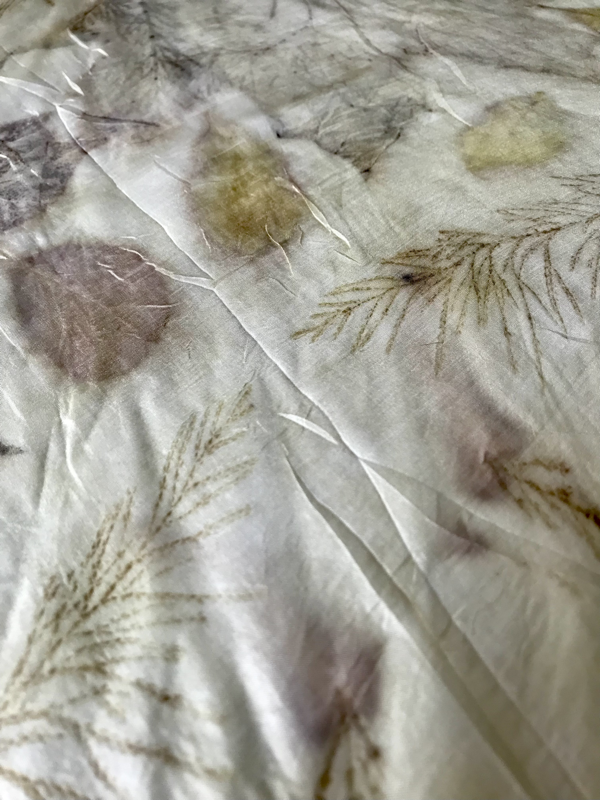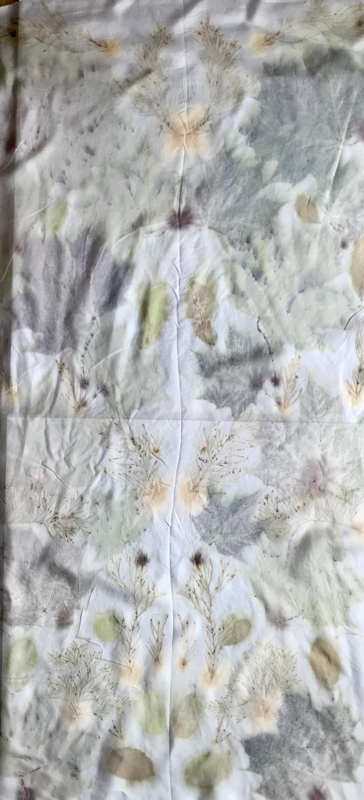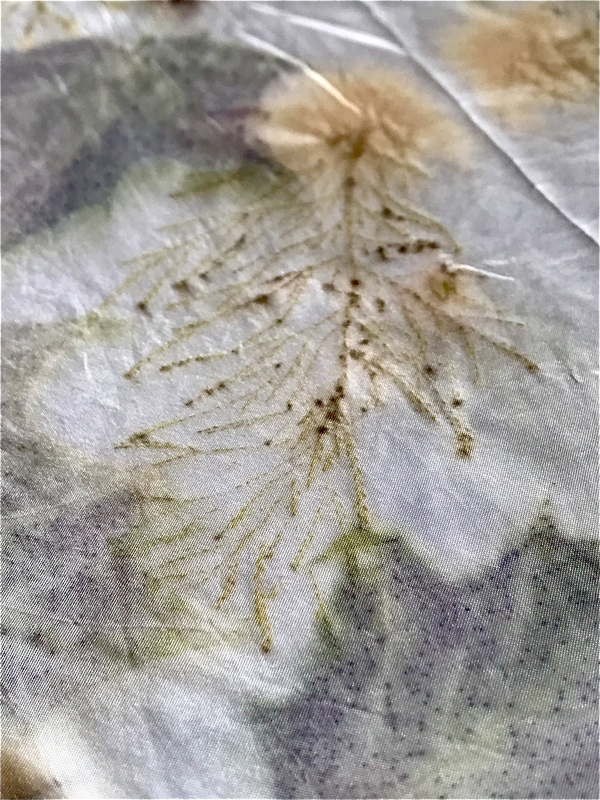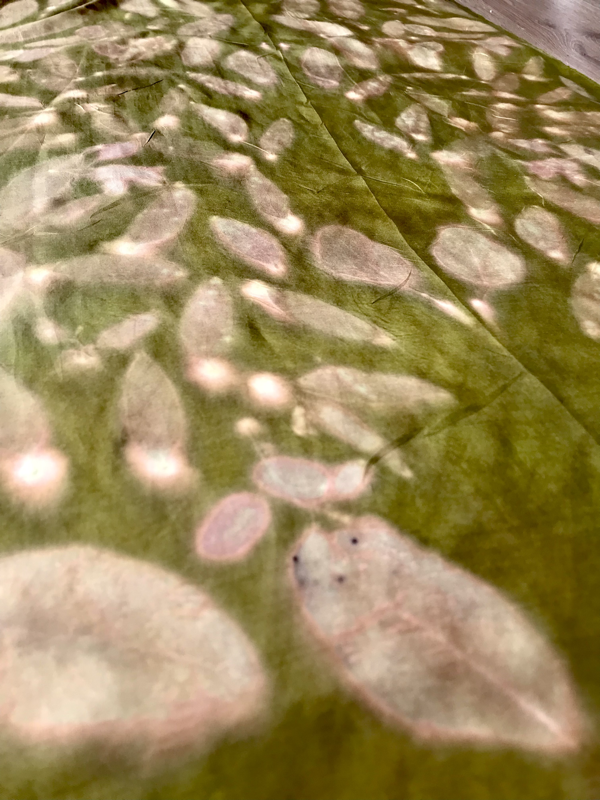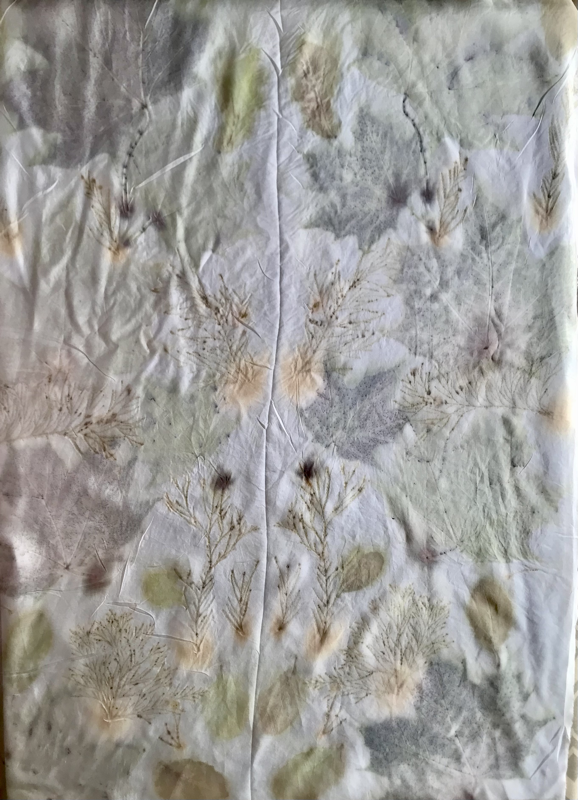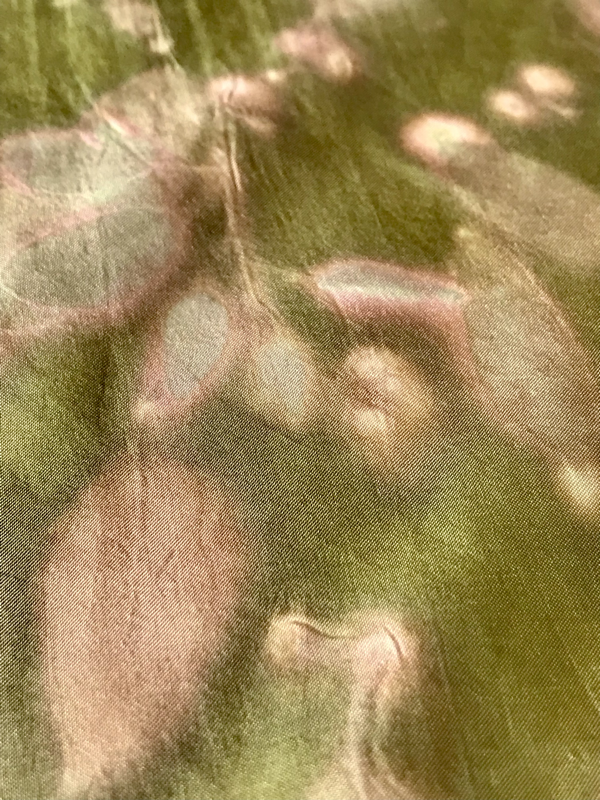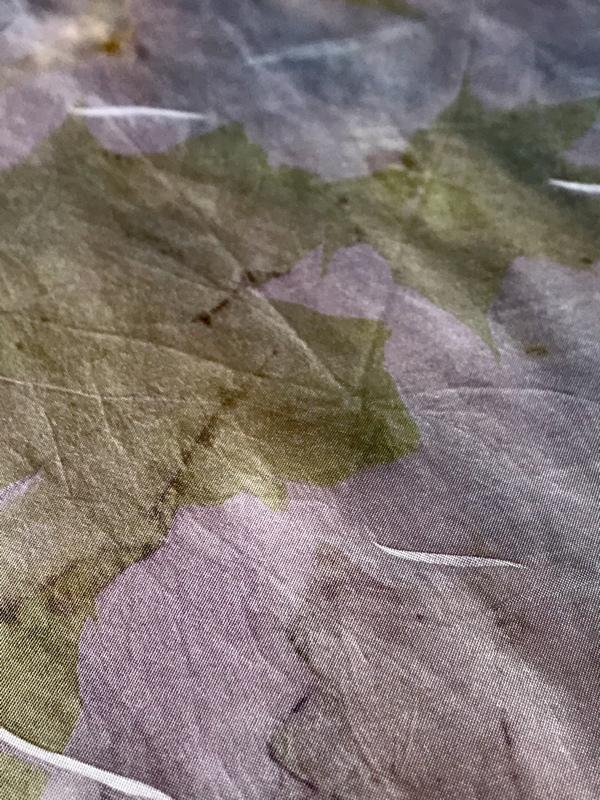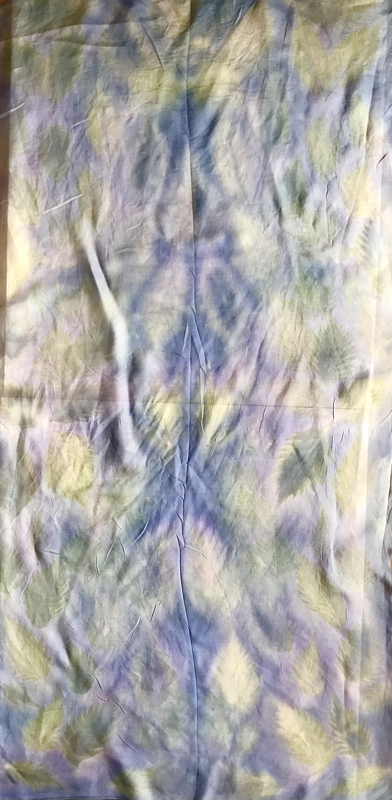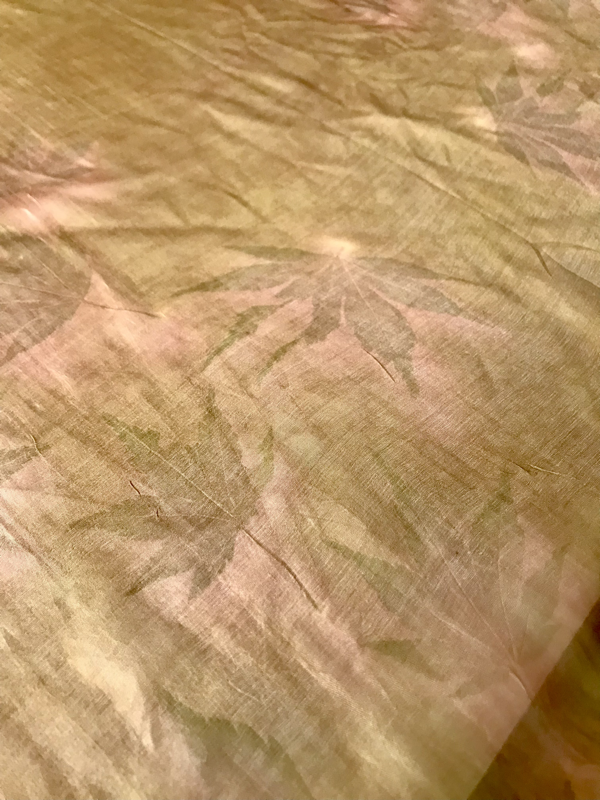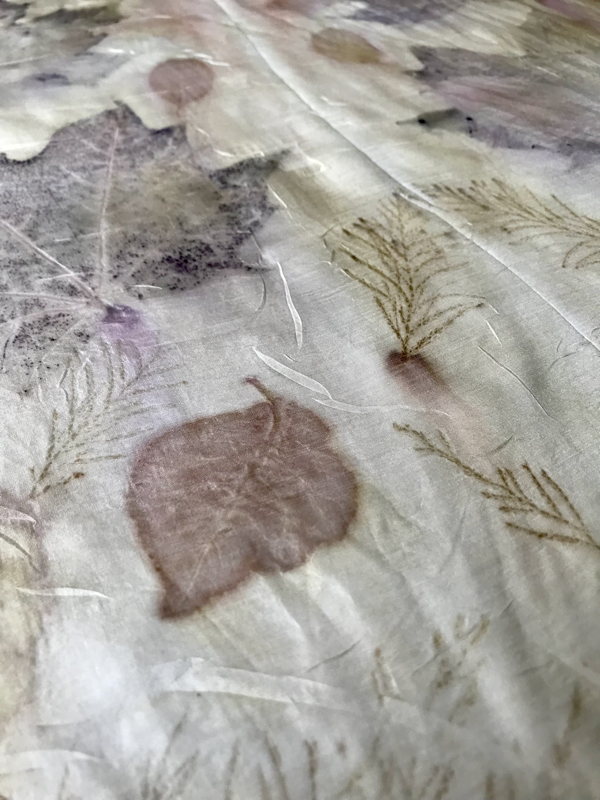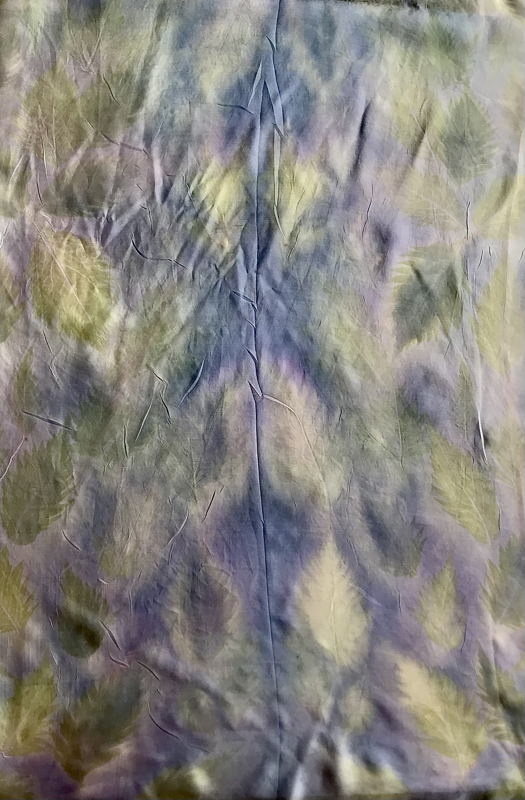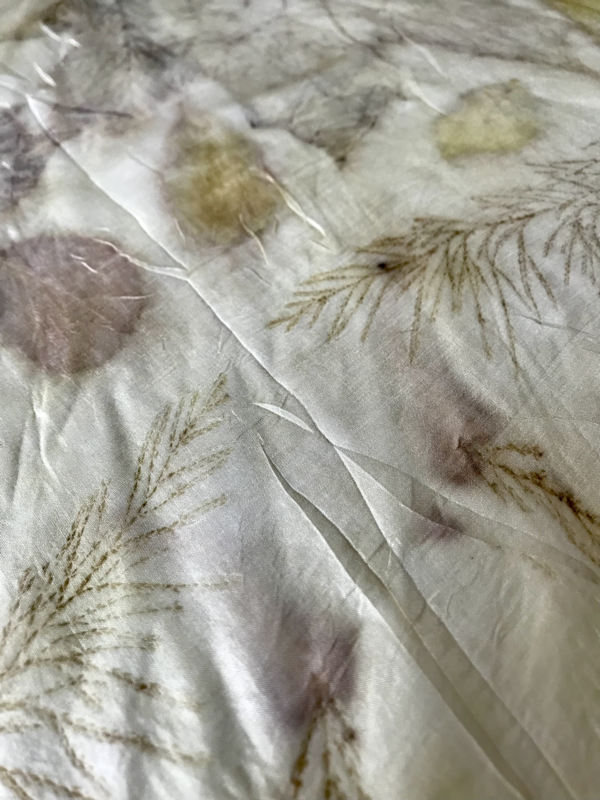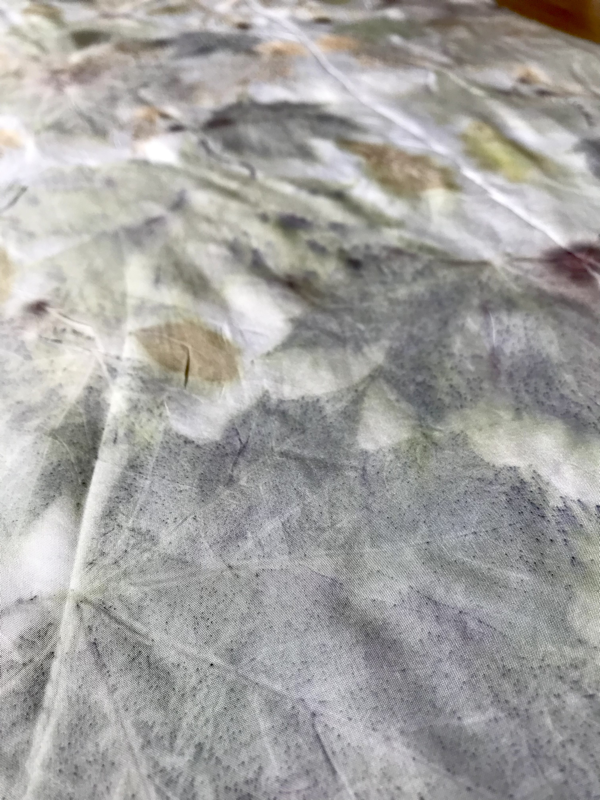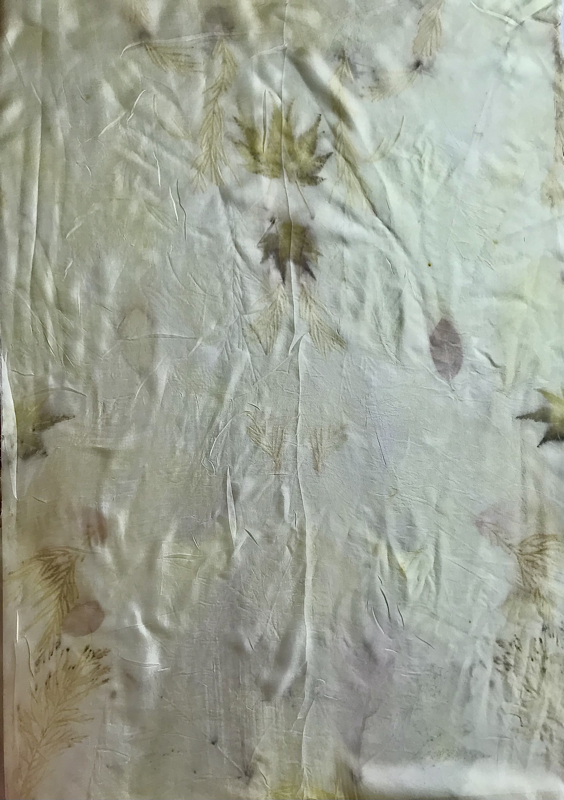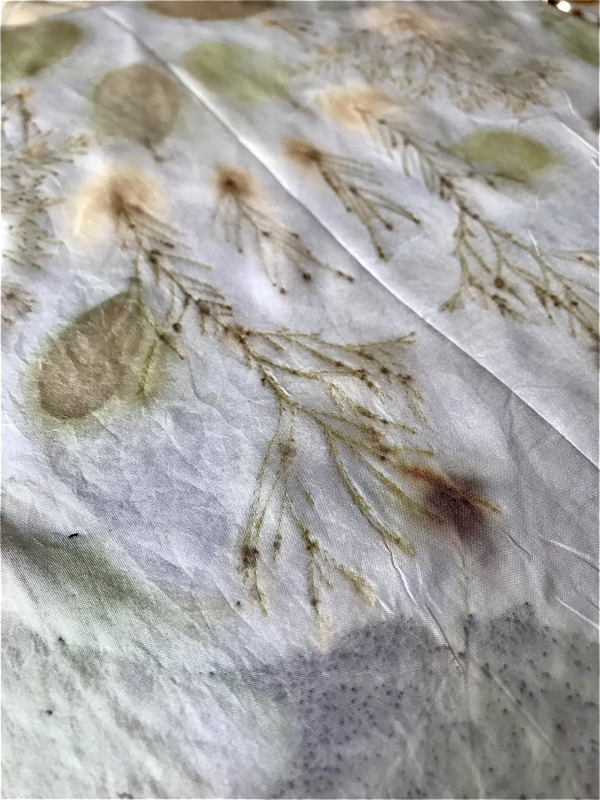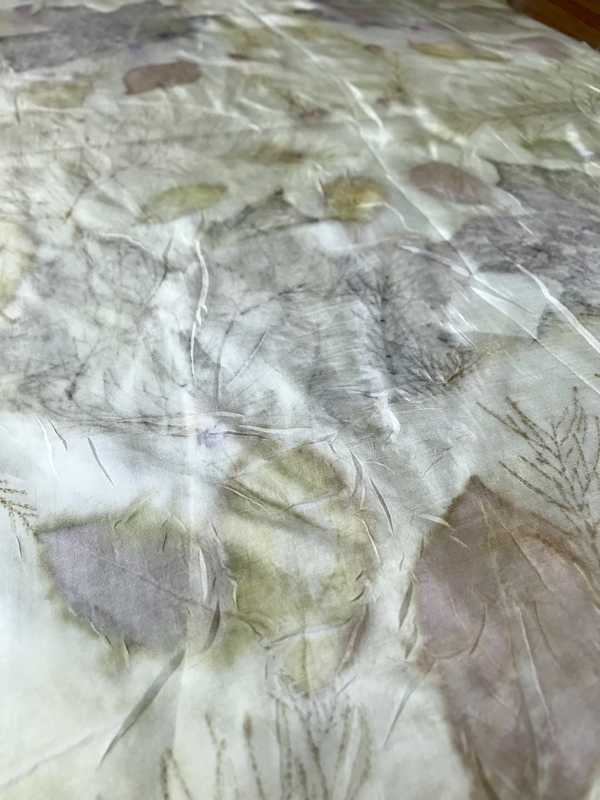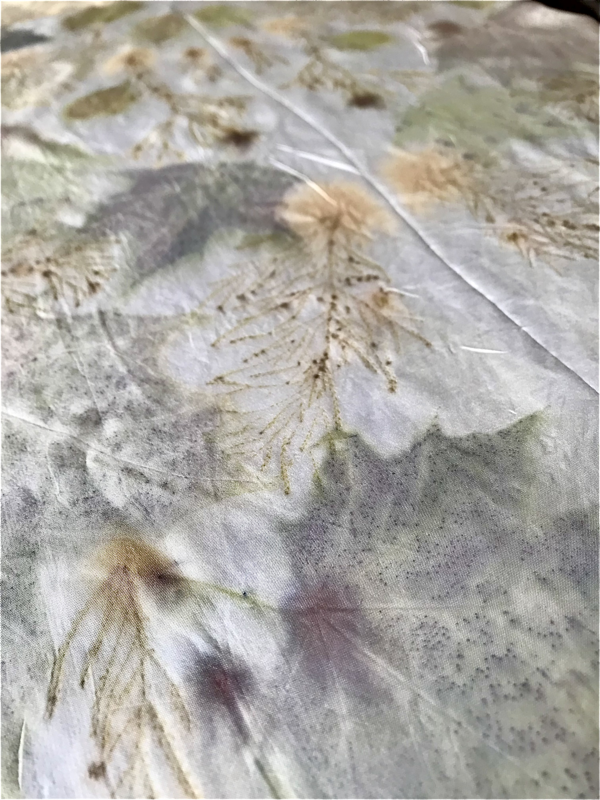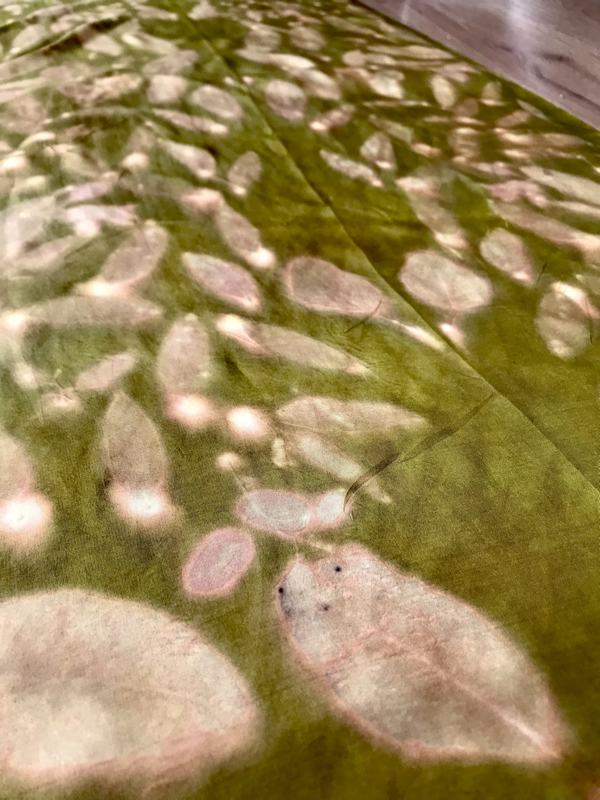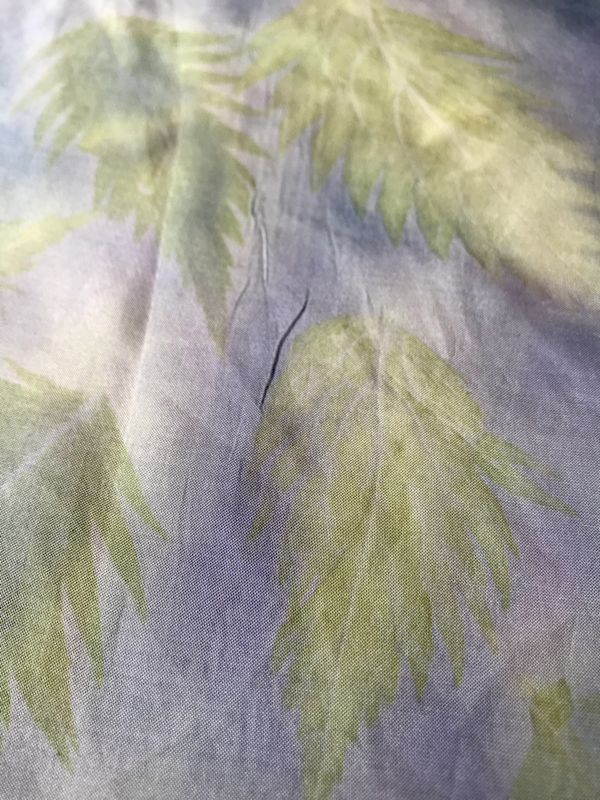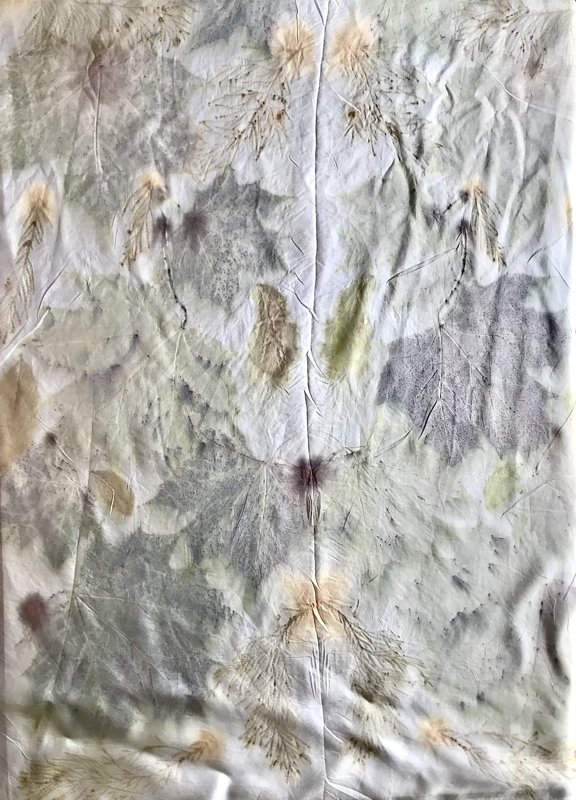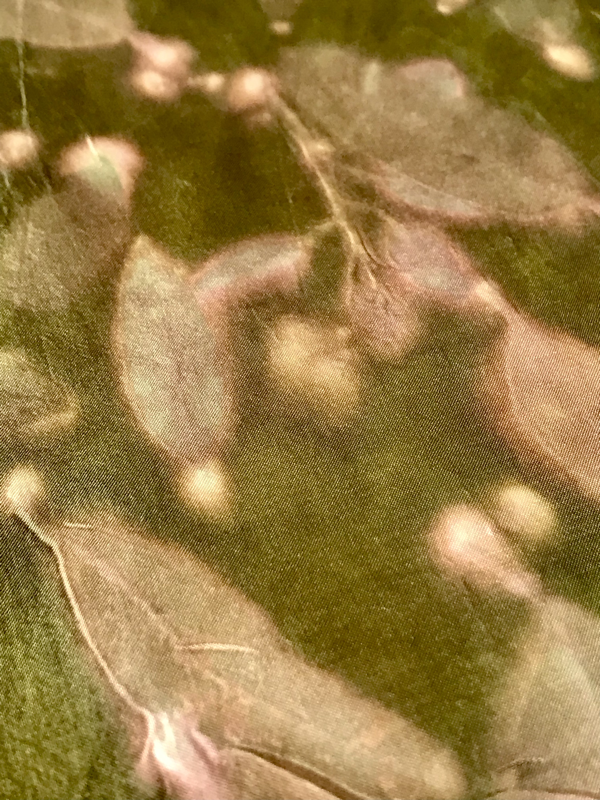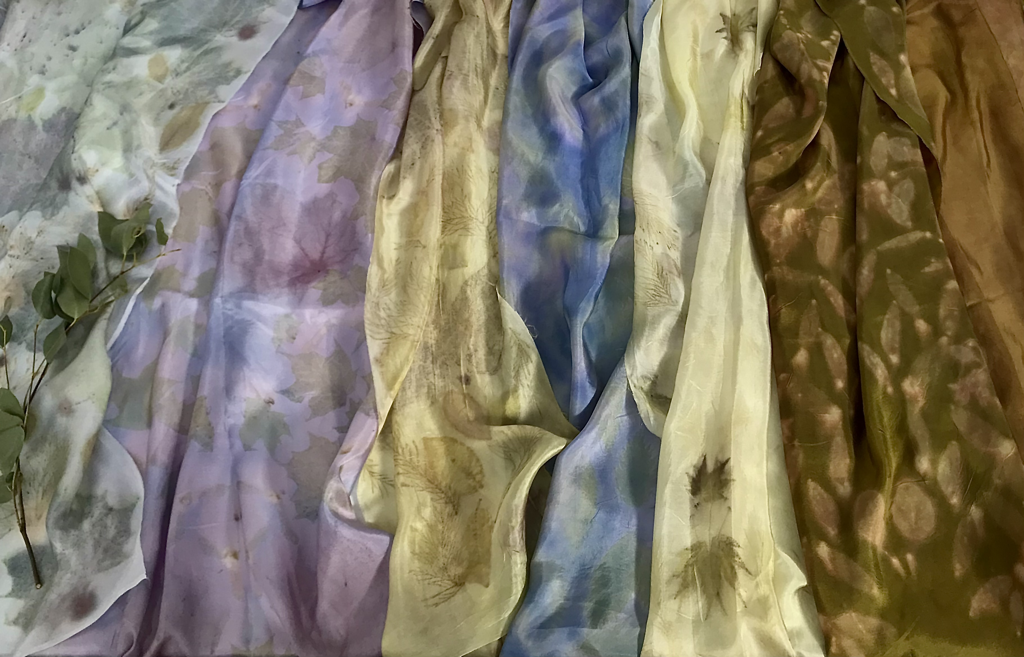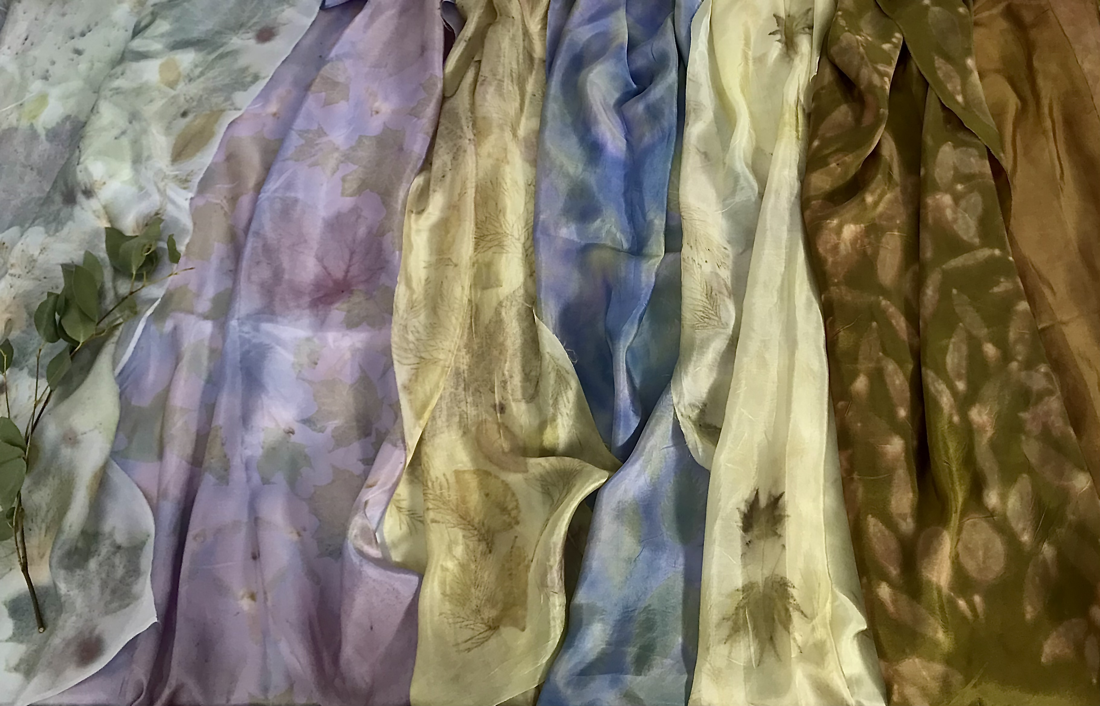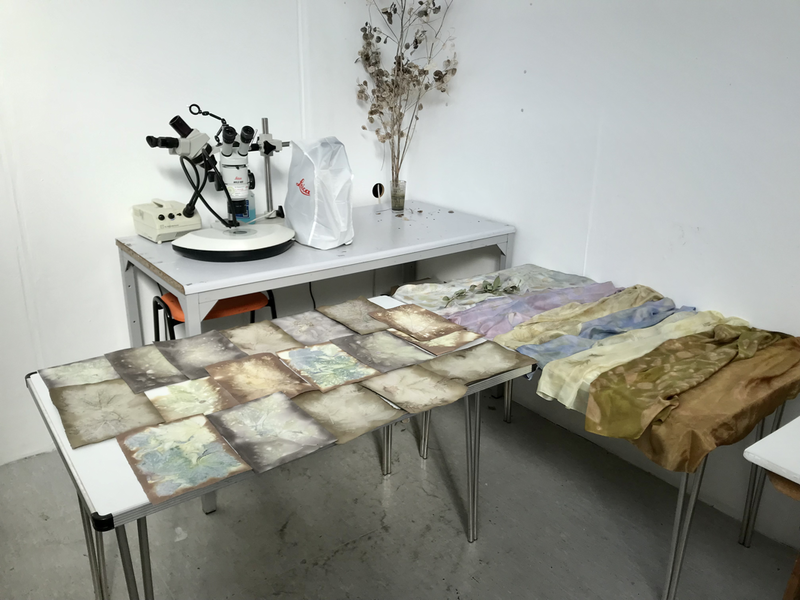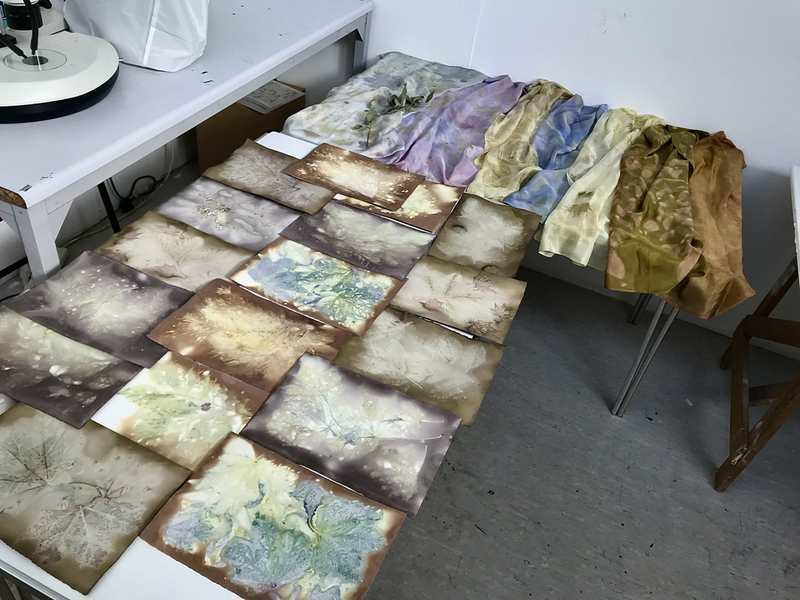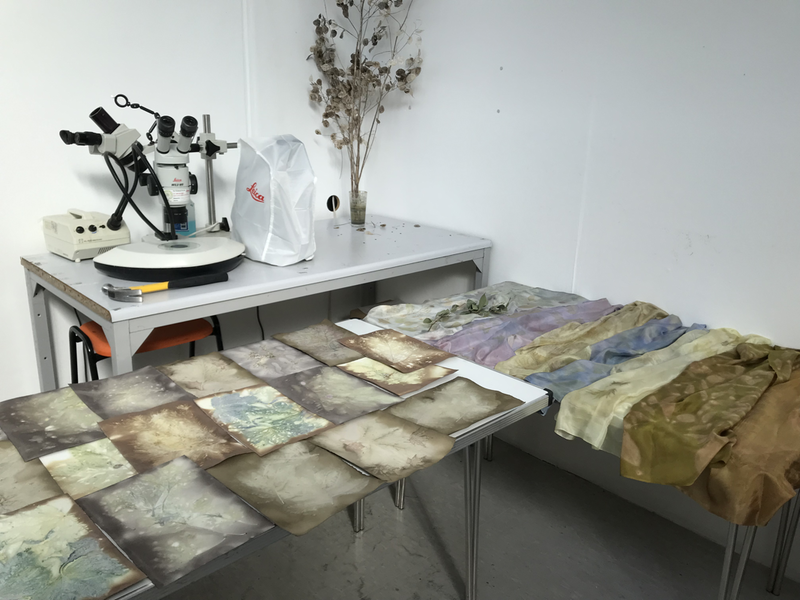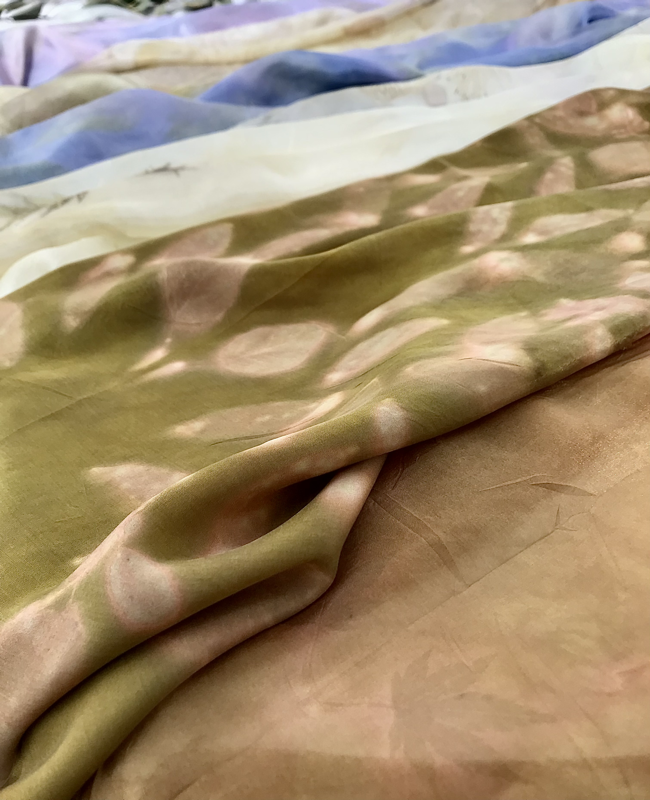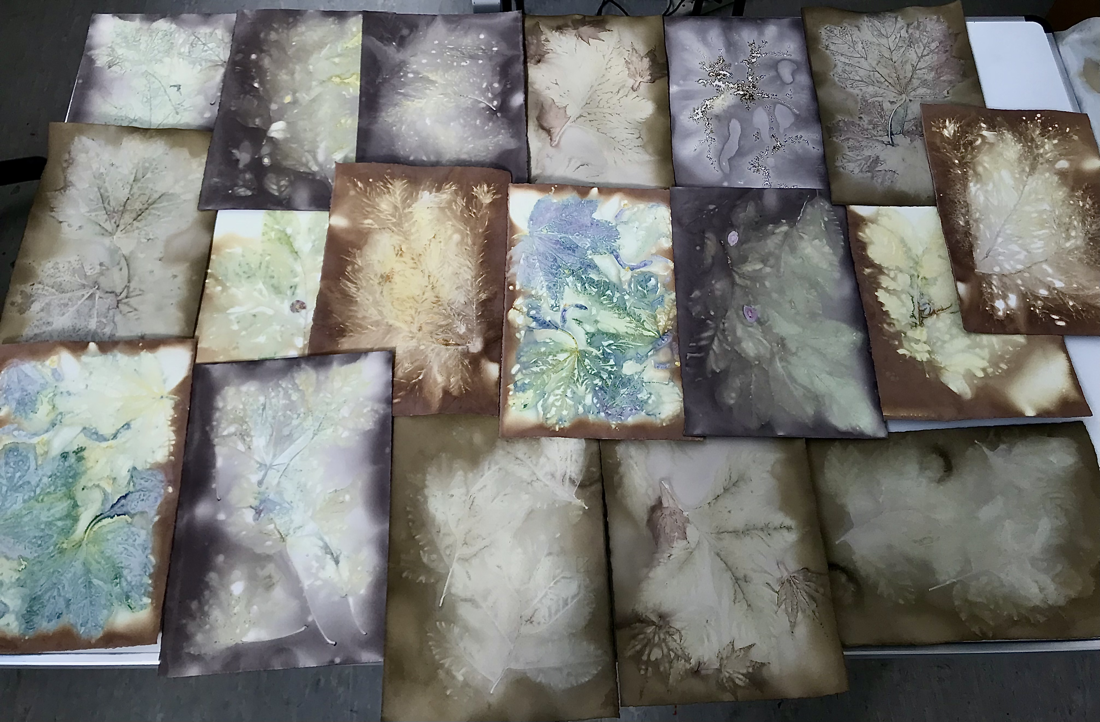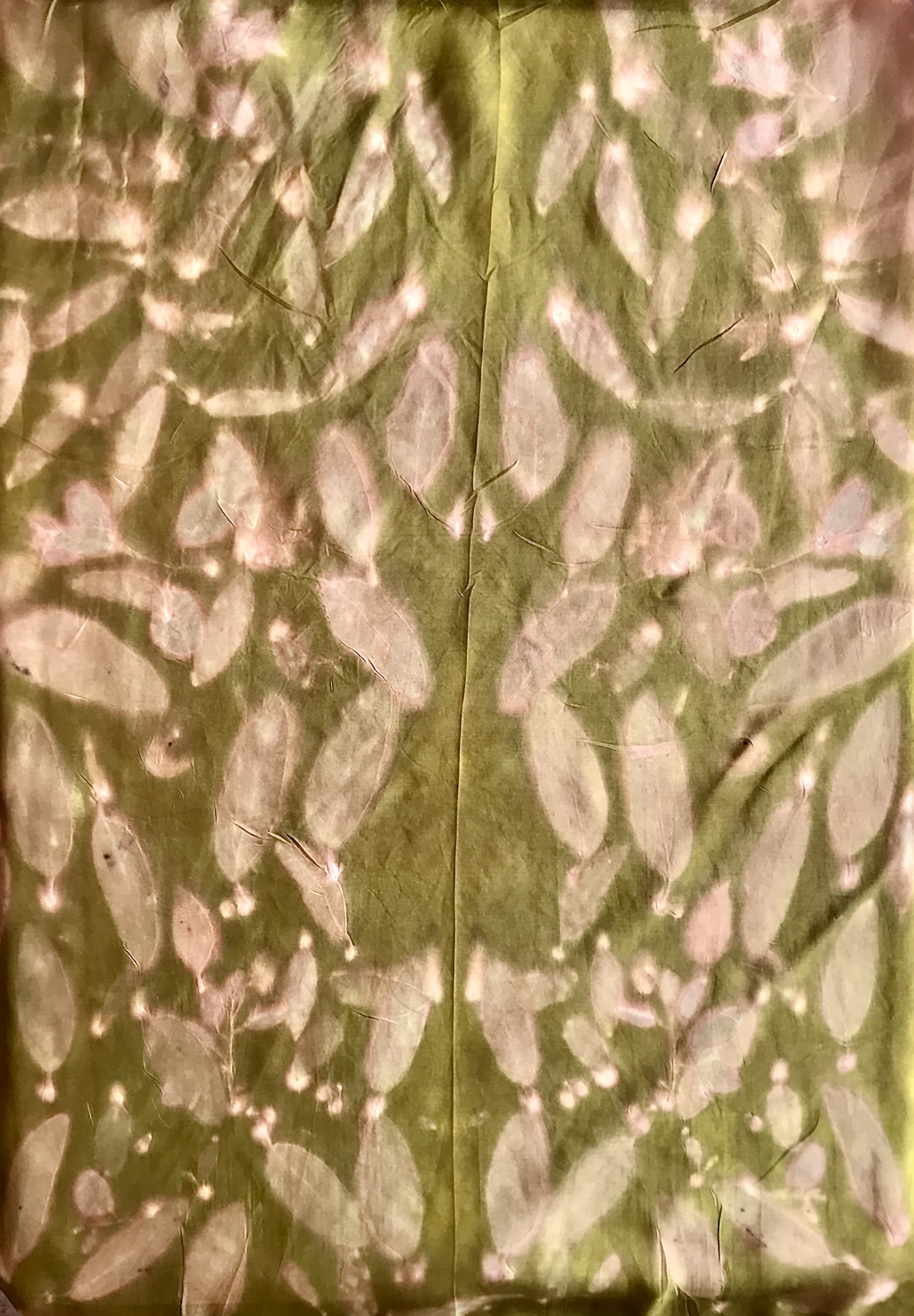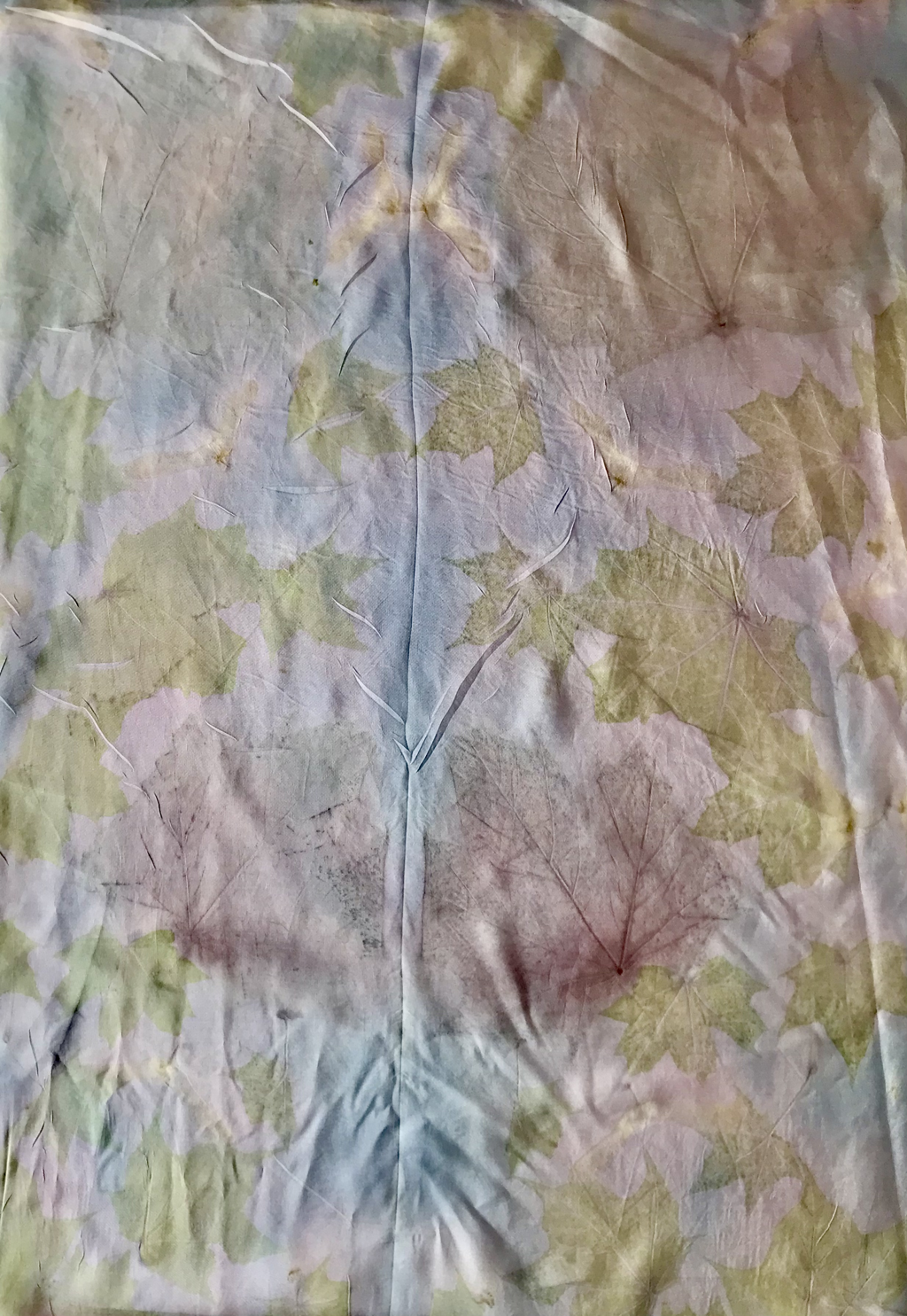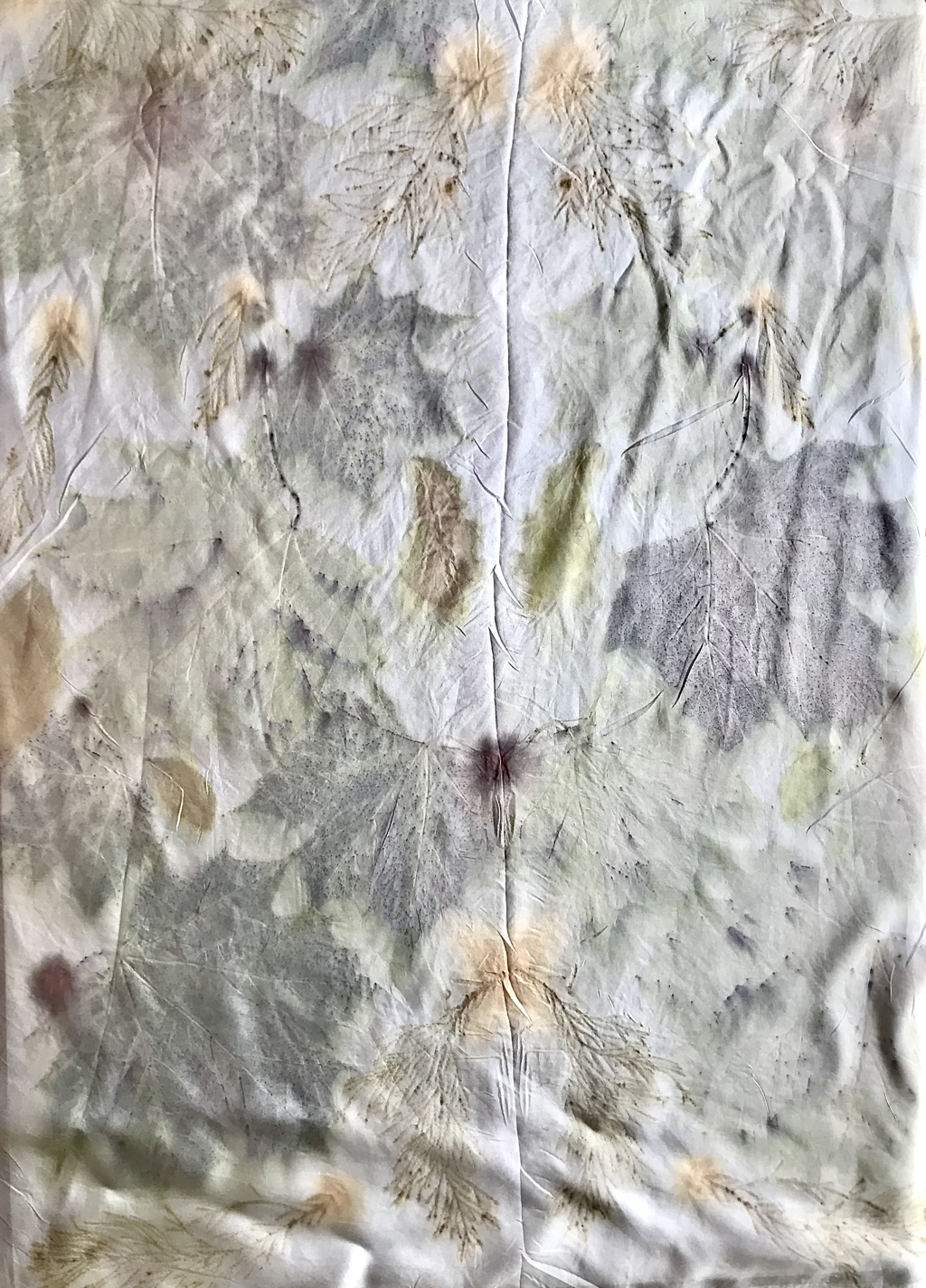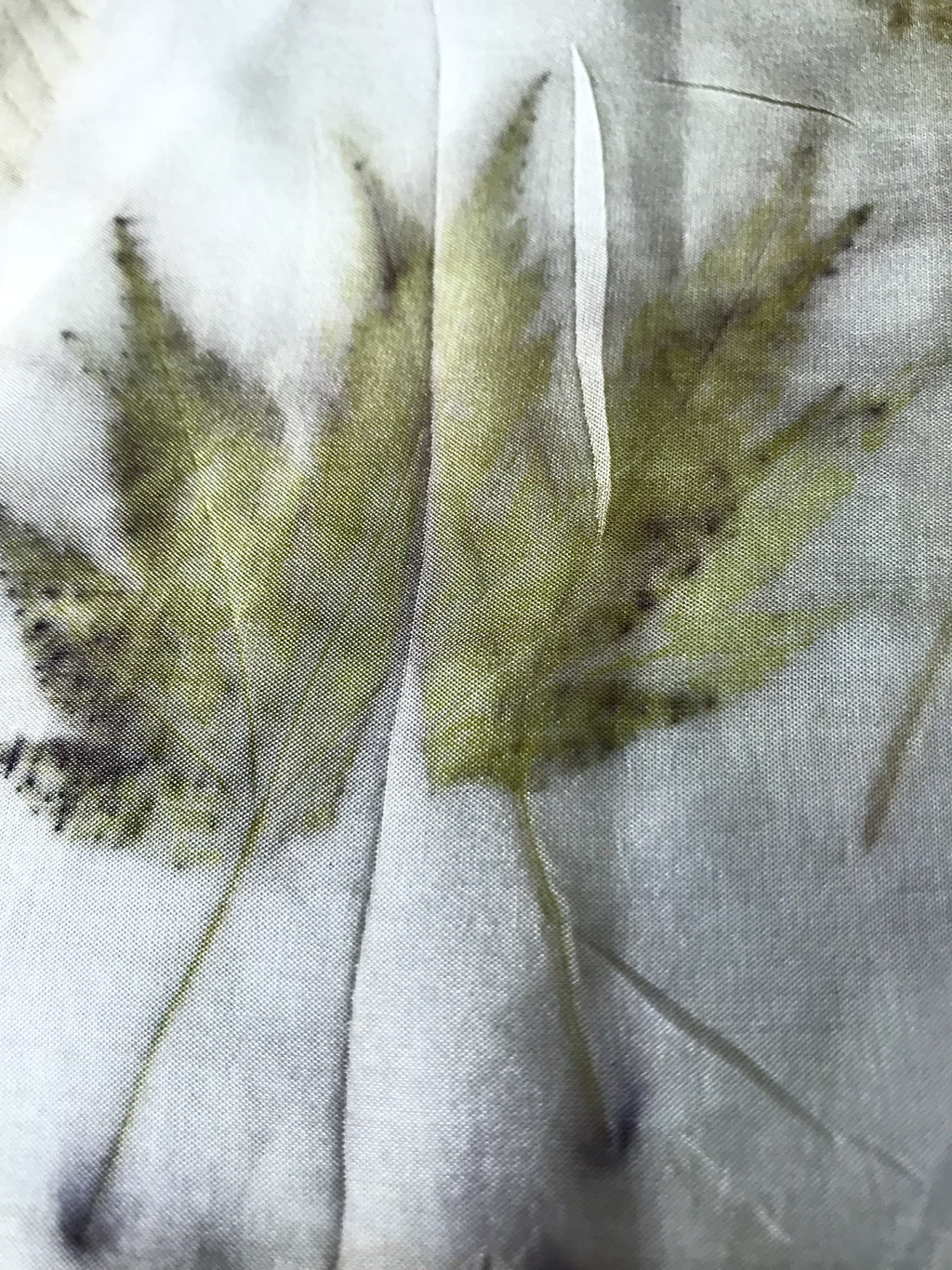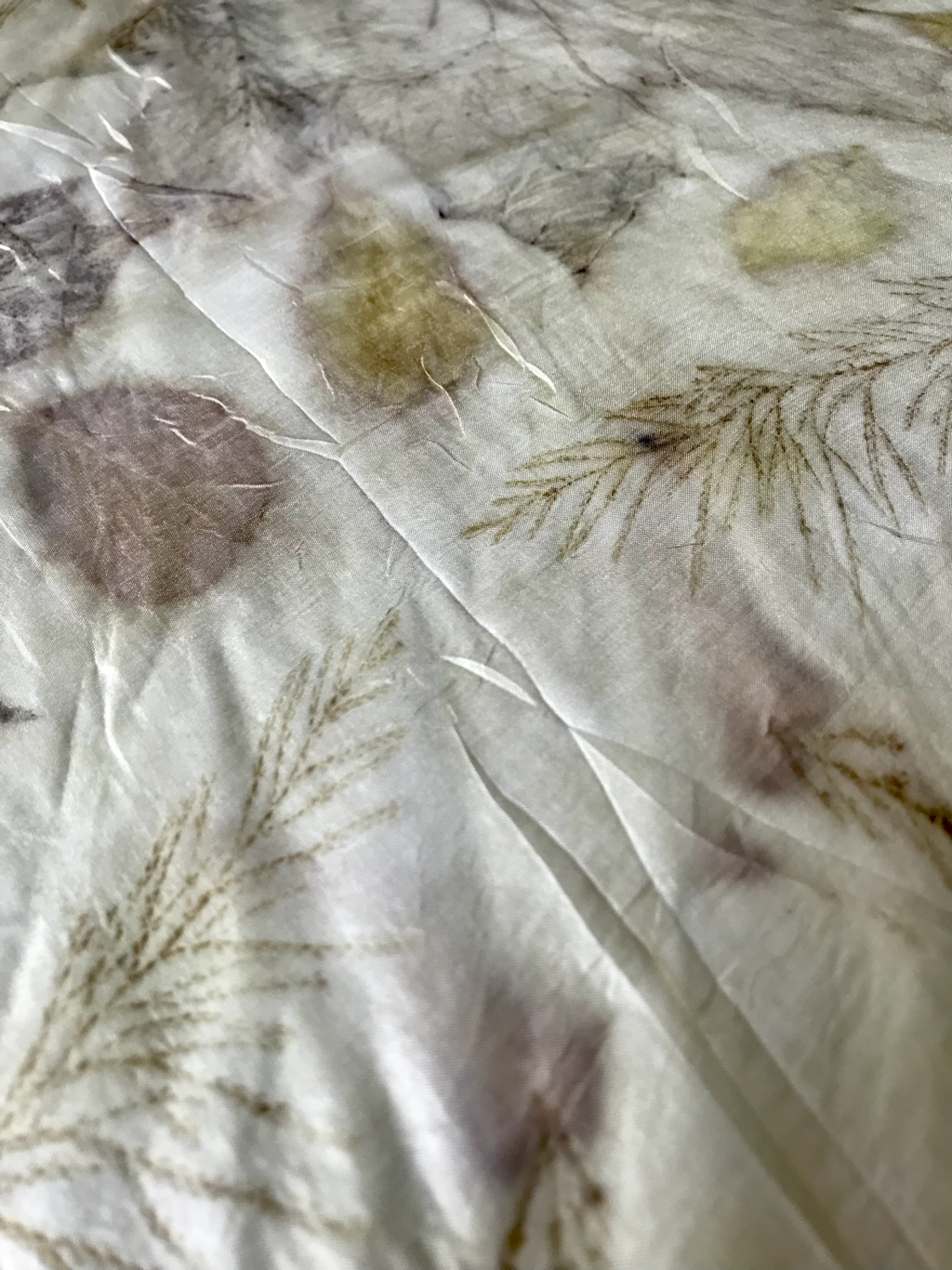Dying Natural Fibres & Contact Printing
.
Extracting Natural Dyes From Plants
100% animal fibre, treated with extracted dyes from organic matter.
1856 is the time of a revolution in the dyeing industry. The production of natural dyes has been discontinued in favour of synthetic ones.
After many years synthetic processes of dying turn causes degradation of the natural environment. The increase in respiratory diseases and severe allergic reactions.
Dyes derived from natural sources have emerged as an important alternative to synthetic dyes.
Nowadays natural dyeing is practiced only as a handcraft. However with the worldwide concern over the use of eco friendly and biodegradable materials, the use of natural dyes has once again gained interest.
Natural dyes derived from flora and fauna are believed to be safe because of its nontoxic, non carcinogenic and biodegradable in nature.
Natural sources that I use for colour extraction, I usually collect them close to.
From artistic point of view, my assumption is to use these plants that grow in my natural environment.
Many plants and some animals have been identified as a potentially rich in natural dye content, and some of them have been use for natural dyeing.
Natural dyes are extracted from: roots, steams, leaves, flowers, fruits of various plants, dried bodies of certain insects and minerals.
The shade of the colour plant produces will vary according to time of the year the plant is picked, how it was grown, soil conditions, etc.
The majority of natural dyes need a mordanting chemical, mostly metal salt, to create affinity between the fibre and dye or the pigment molecules of natural colorant. These metallic salts as mordant form metal complexes with the fibres and the dyes. After mordanting, the metal salts anchoring to the fibres, attracts the dye/organic pigment molecules to be anchored to the fibres and finally creates the bridging link between the dye molecules and the fibre, chemically combine with certain mordantable functional groups present in the natural dyes and bound by coordinated/covalent bonds or hydrogen bonds and other intersectional forces.
Extracting colour from flowers and onion skins.
Process extraction takes place during slow heat treatment for 48 hours in 98C temperature.
Such as slow process allows for the maximum extraction of the necessary dye, which is then intended to colour the fibres.
Process extraction takes place during slow heat treatment for 48 hours in 98C temperature.
Such as slow process allows for the maximum extraction of the necessary dye, which is then intended to colour the fibres.
Experiments with modifiers
Final results
Weaving
Crocheting
Statement of practice:
In the first semester of MFA Art Science and Visual Thinking course, I was focused on experimented with colour obtained from natural sources.
I mainly focused on identifying the specificity of natural dyeing depending on the level of pH, different metal salts, also extracting colour substances from plants, gathering and processing animal fibres which I use as a medium in natural dyeing processes.
Discovering the relationship between different methods of colour extraction and dyeing of animal fibres pushes me to deepen research processes at the molecular level, which will then allow me to deepen my knowledge and apply it in more complex processes that may bring new discoveries in the field of natural dyeing.
Contact Printing
I was fascinated many years ago by the work of my tutor Oonagh Devoy, whose love for photography was so influential that there was no other option but to succumb to the charm of photography…
Practicing art is a development which allowed me to discover my love for nature. The constant search for something new, an eternal run in the company of new fascinations to acquire new skills, all this with inspirations flowing from everywhere, resulted in the discovery of love for working with color, nature, chemical manipulation of natural dyes, and extraordinary fidelity to plant copies while maintaining unique shapes and textures. And all this thanks to photography. Another inspiration for my work is the work of artist photographer Sally Mann.
The admiration for her works, as well as the old techniques of taking pictures, definitely pushed me in the further search for self-expression. Thanks to these and other artists, I started studies on eco print.
What is in nature, what it gives us is fleeting, it is passing away. No two leaves, flowers or stems are the same.
Imprint of Nature – Nature’s Miracle.
The nature around us is extraordinary in every way. As an artist who always creates in harmony with nature, it is impossible to pass indifferently to all the wonders that the earth gives us each year. In this extraordinary plant, I saw a kind of miracle that I want to preserve, pass on and show. A miracle that delights, amazes, inspires with its extraordinary possibilities. each plant is able to give us an extraordinary gift, it can leave an imprint in an unpredictable way, and give us wonderful colors. It is these extraordinary possibilities of plants that prompted me to deepen my knowledge, to study the use of what they offer us. For me, for an artist, the most important aspect of creativity is always color. It is he who creates the magic of the work. Extraction of the dye from botanical substances as well as the modification of colors with the help of natural components of our soil became the subject of my research, study and, as a result, my passion. The places from which the vegetation used by me for my work comes from is also sentimental. because there is nothing more beautiful than admiring a finished artistic project
As an artist who always creates in harmony with nature, it is impossible to pass indifferently to all the wonders that the earth offers each year. In botanical mater it is a miracle that I want to preserve, pass on and show to others. A miracle that delights, amazes, inspires with its extraordinary possibilities. Each plant is able to give us an unforgettable gift, it can leave an imprint, and colour in an unpredictable way. The remarkable applicability of plants is what pushes me to deepen my knowledge and study their use to understand what they can offer us. For me, an artist, the most important aspect of creativity is always color, which creates the magic of the work. Extraction dye from botanical substances as well as the modification of colors with the help of natural components of soil, became the subject of my research, study and as a result my passion. In a sentimental aspect, all botanical matter and the places where I gather them are always special to me.
Capturing the circumstances of the season, as well as the places that offer material for my work, all these aspects I try to encapsulate in my art. A medium which rules its own rights, over which a man is unable to control, a medium which is capricious, gracious, unpredictable, consistent with nature of which we are part of.
Contact Print, Natural Dying
Botanical Eco Experiments
Extracting Colour
Natural dyes can be extracted from any part of the plant like roots, leaves, fruits, seeds, petals. The way to extract colour, is a slow process of boiling particular plant in 98C temperature for usually 48h. Fabric or any other material as eg. paper need to be treated by a mordant. Depends from the fibre, mordant could be Aluminium Potassium for animal fibre or Aluminium Acetate if material is a cellulose fibre.
To modify colours can be use variety of salt metal, depends from the desired shade.
Every each step need to be assessed regards of health harm, some of the chemicals can be highly toxic.
To modify colours can be use variety of salt metal, depends from the desired shade.
Every each step need to be assessed regards of health harm, some of the chemicals can be highly toxic.
Mordants
Aluminium, based mordant, called sunny mordant. For proteins and cellulose fibres the best option is Aluminium tri-formate in 2% solution.
Ferrous Sulfate, called the saddening mordant. It bring out the greys and blacks when interacting with the natural tanning present in the natural dye or leaf pigment. WOF 1%.
Copper Sulfate, is a saddening mordant, it brings out the greener and blueish hues when reacting with the tannins leaves and natural dyes. WOF 4%.
Titanium Oxalate, is a relatively new mordant, it was introduced first in the leather industry as a more environmental friendly alternative to the extremely polluting chrome mordants. It brings out orange and yellow hues when reacting with tannins. On protein fibres can be use a 10% WOF and dye or print straight after that. For cellulose a reverse process is recommended: first dye and then use a 5% WOF after mordanting of Titanium Oxalate.
Tin is called the red mordant. In natural dying it is historically the critical ingredient to get flaming reds from cochineal. 2% WOF.
Mordanting process is long and crucial for successful dying or printing. It usually take several hours of stirring and leaving material submerge in the solution.
Also the way to achieve a different results has endless possibility to mix particular mordants and expect spectacular but also unpredictable results.
Dyeing
One of the most exciting and surprisingly unpredictable experiments is applying extracted colour onto fibre.
To achieve successful results, all processes required time, particular temperature of dying bath, as well as important is cooling process.
The molecules of natural dye are held on the fabric surface in a film of polymeric binder that adheres to the fibres.
Wool as an animal fibre is most sensitive material for any dying process. Dying bath for wool yarn takes several hours, where I use variety of different temperature in a particular period of time.
Results of extracted dyes application
Contact Print
Botanical contact print (also known as an eco-print) is a print of a botanic matter made on fabric or paper. By bundling them together, then by boiling or steaming them, they leave colours, shapes and marks on paper or fabric.
Contact Print on Paper
Contact Print on Silk
Contact Print on Cotton
Contact Print on Silk
Assessment
